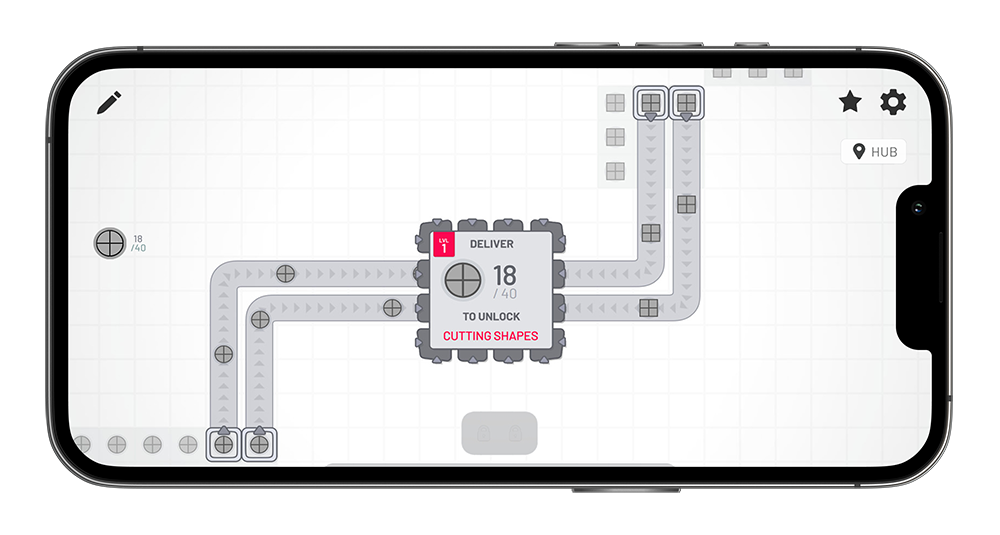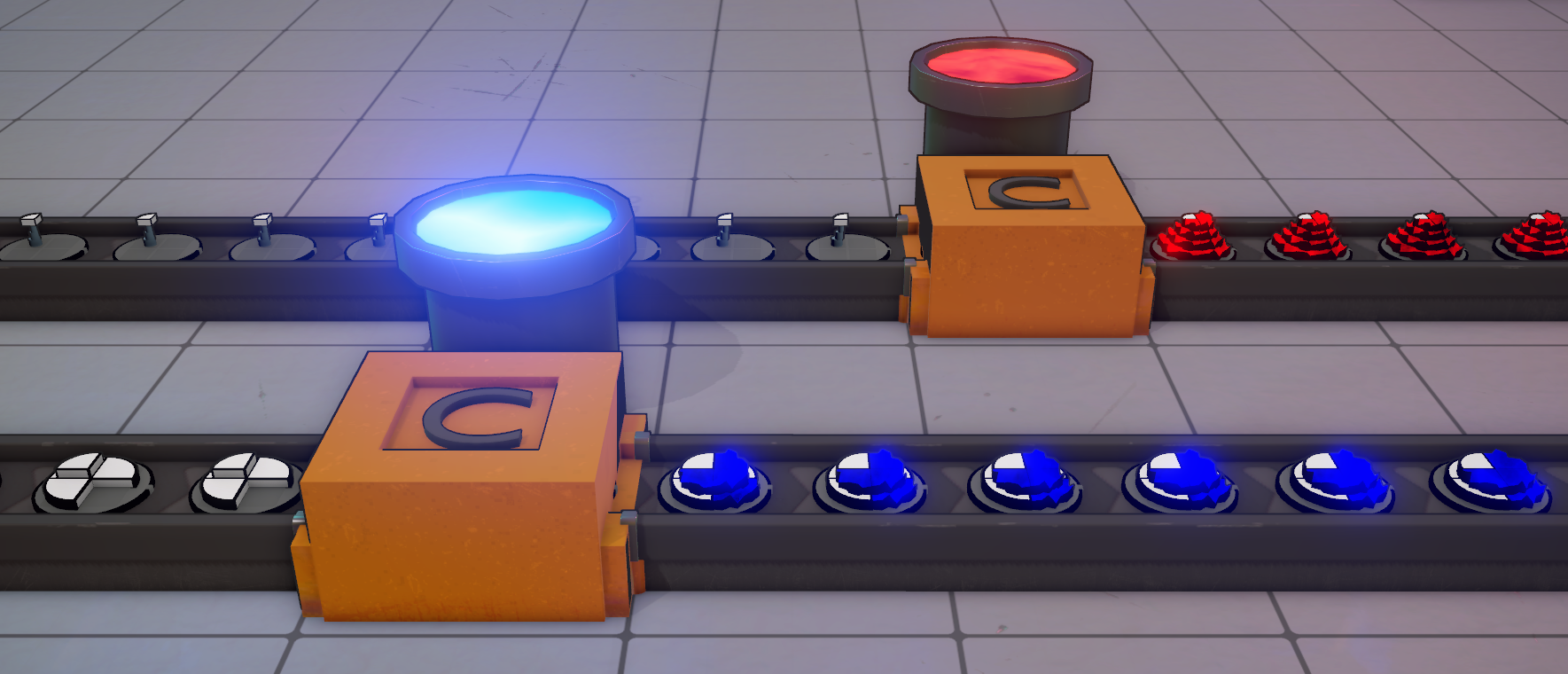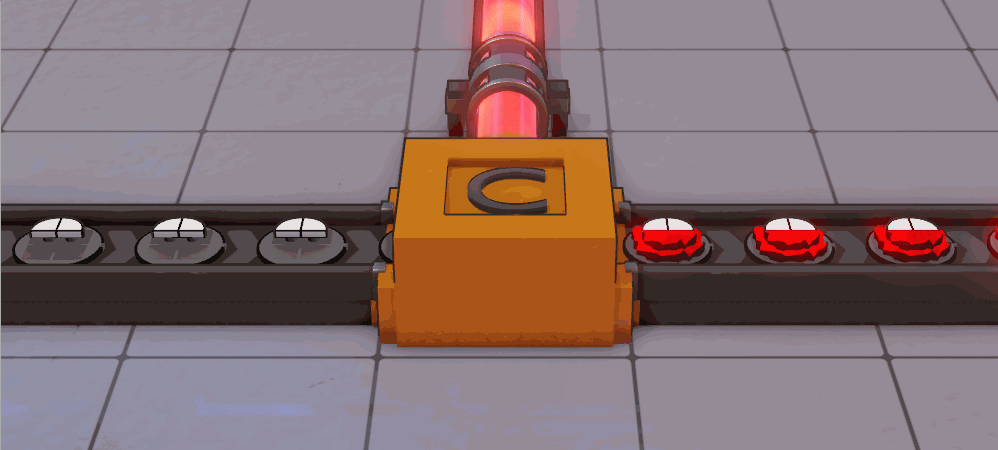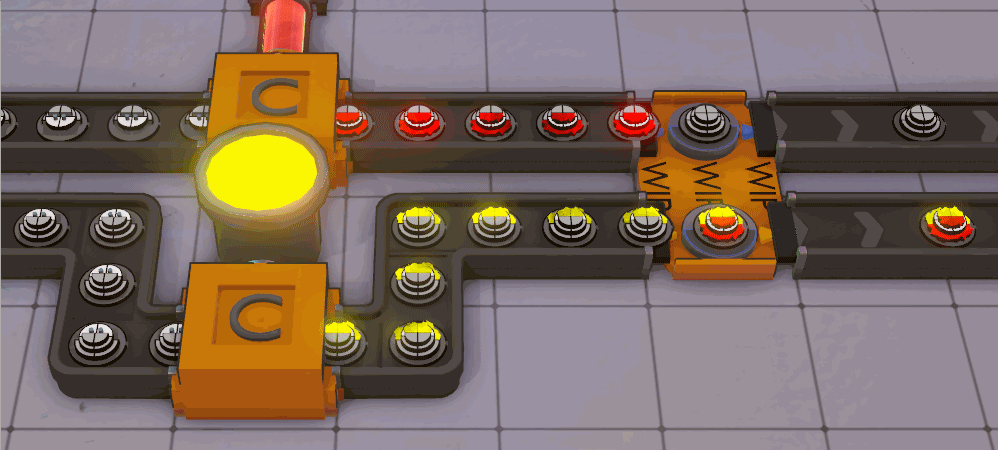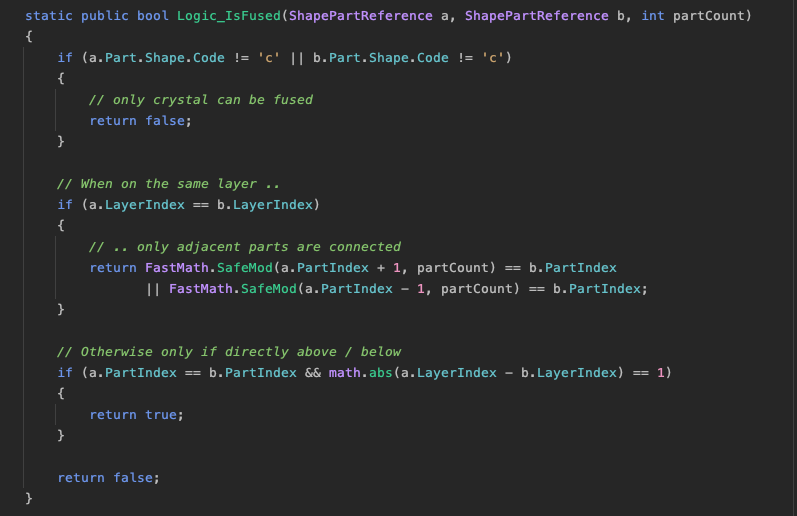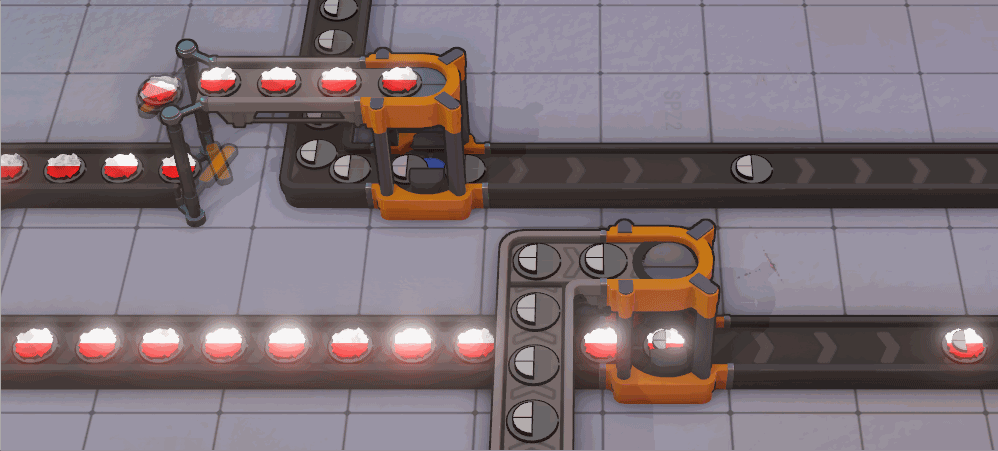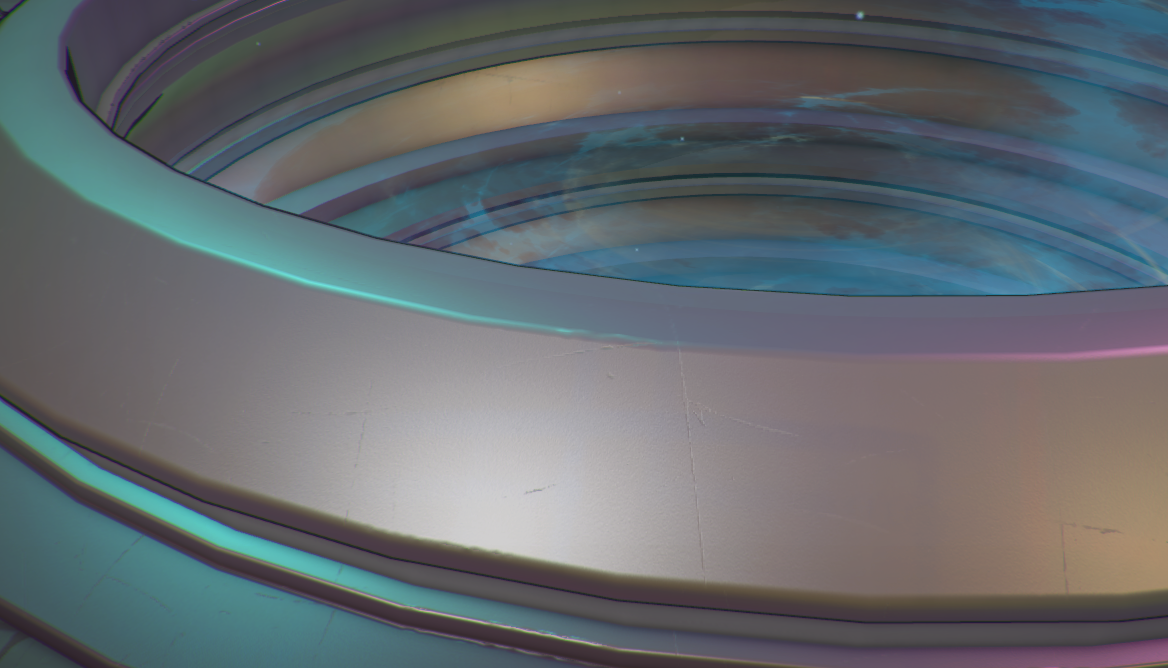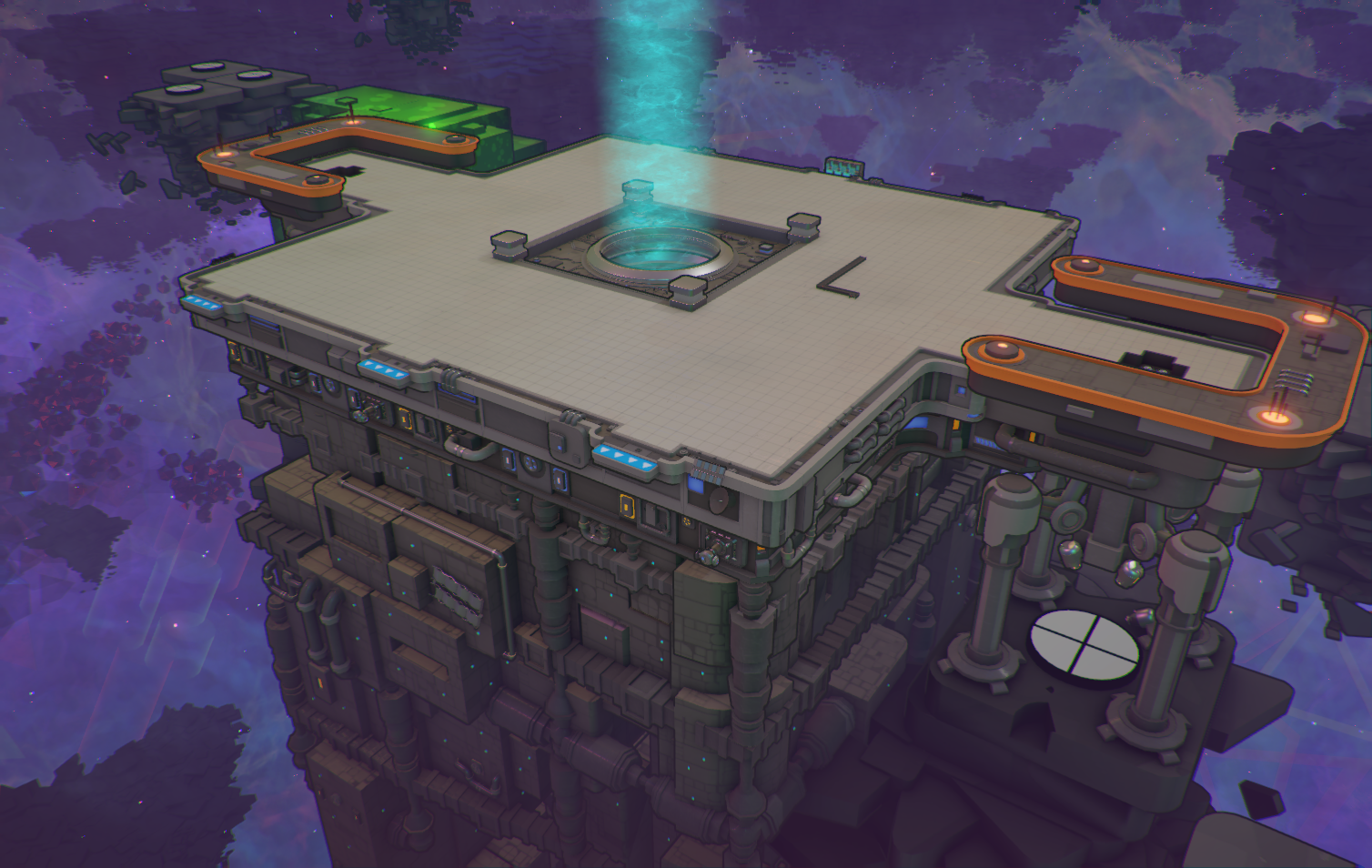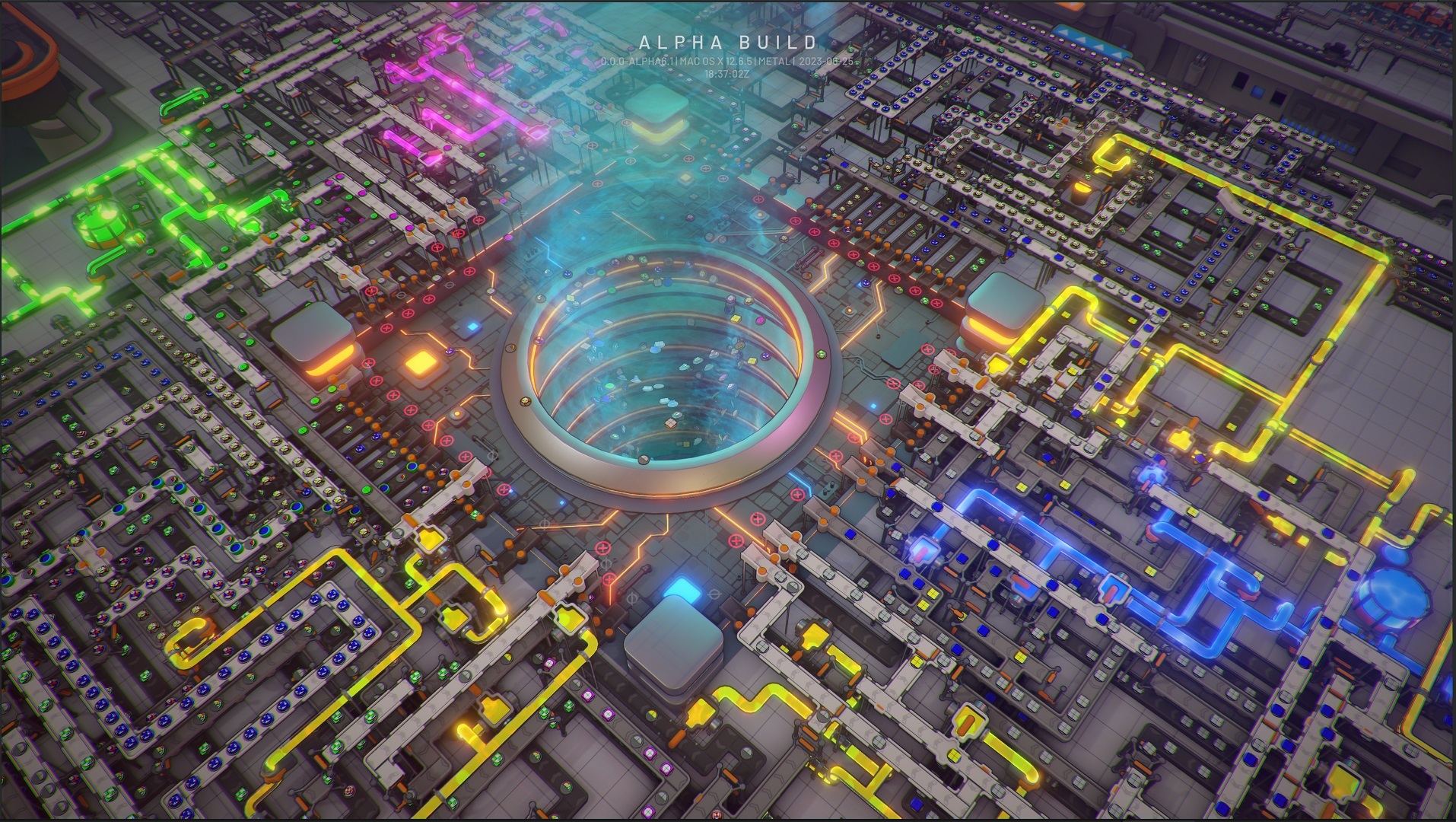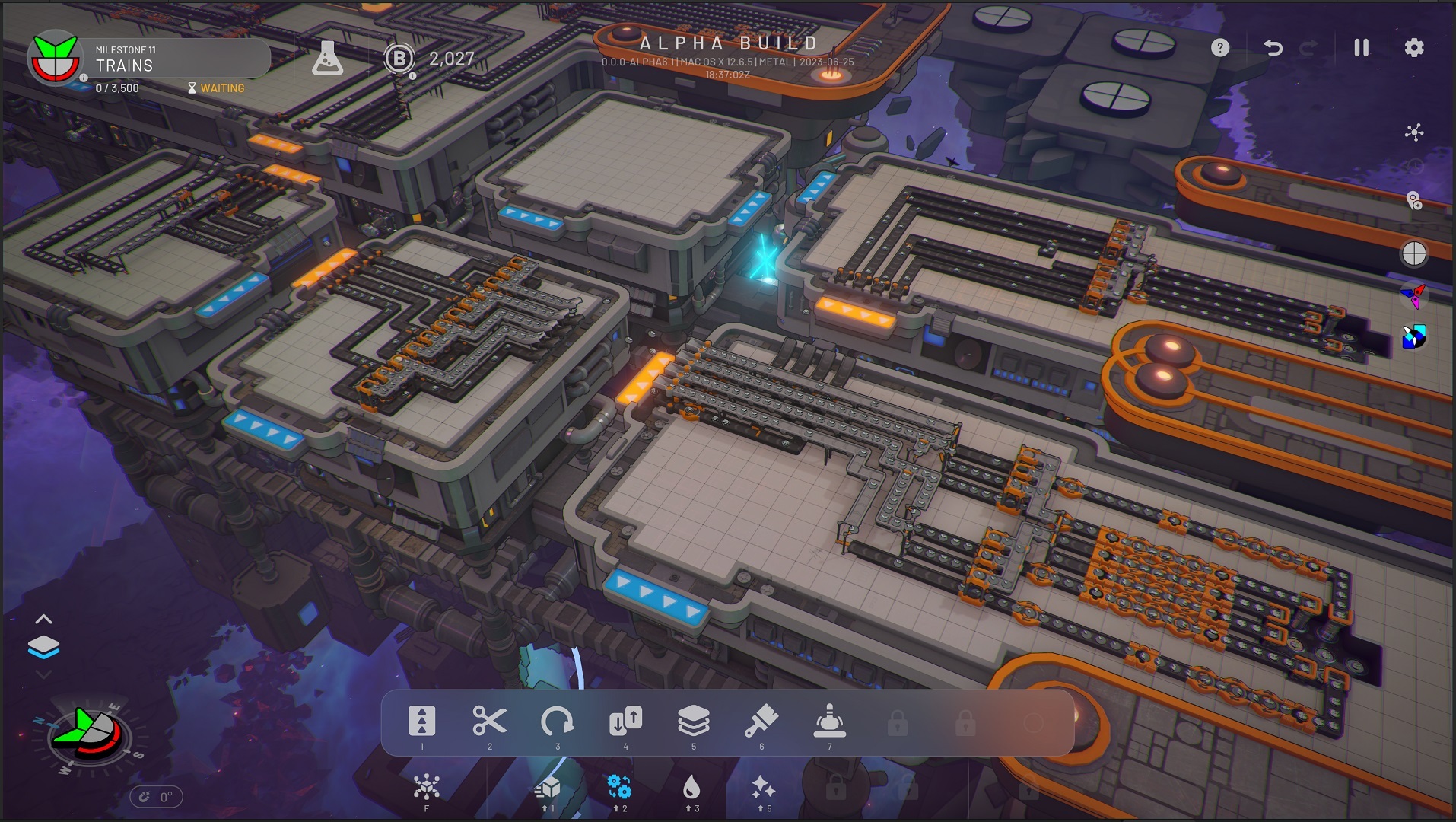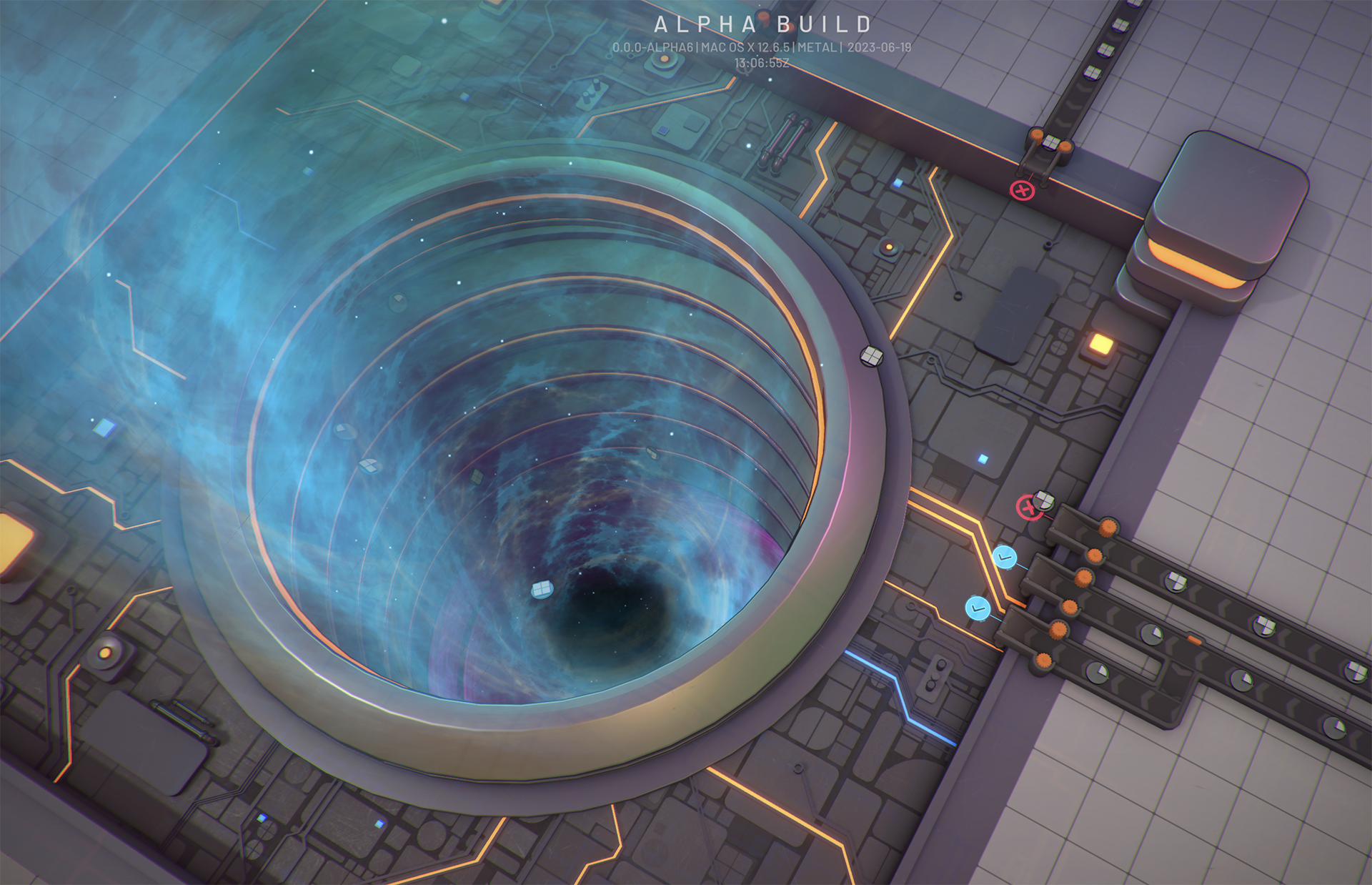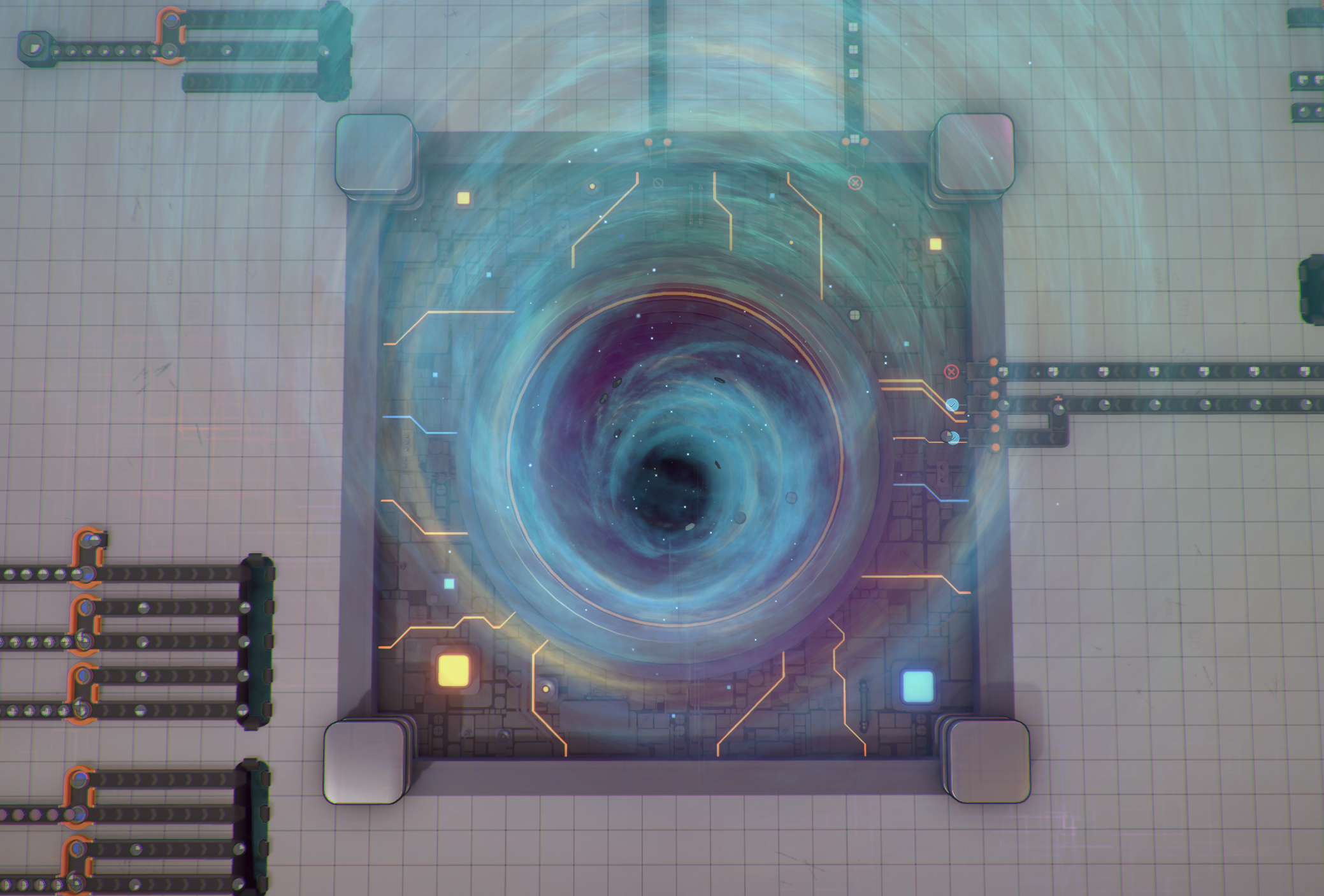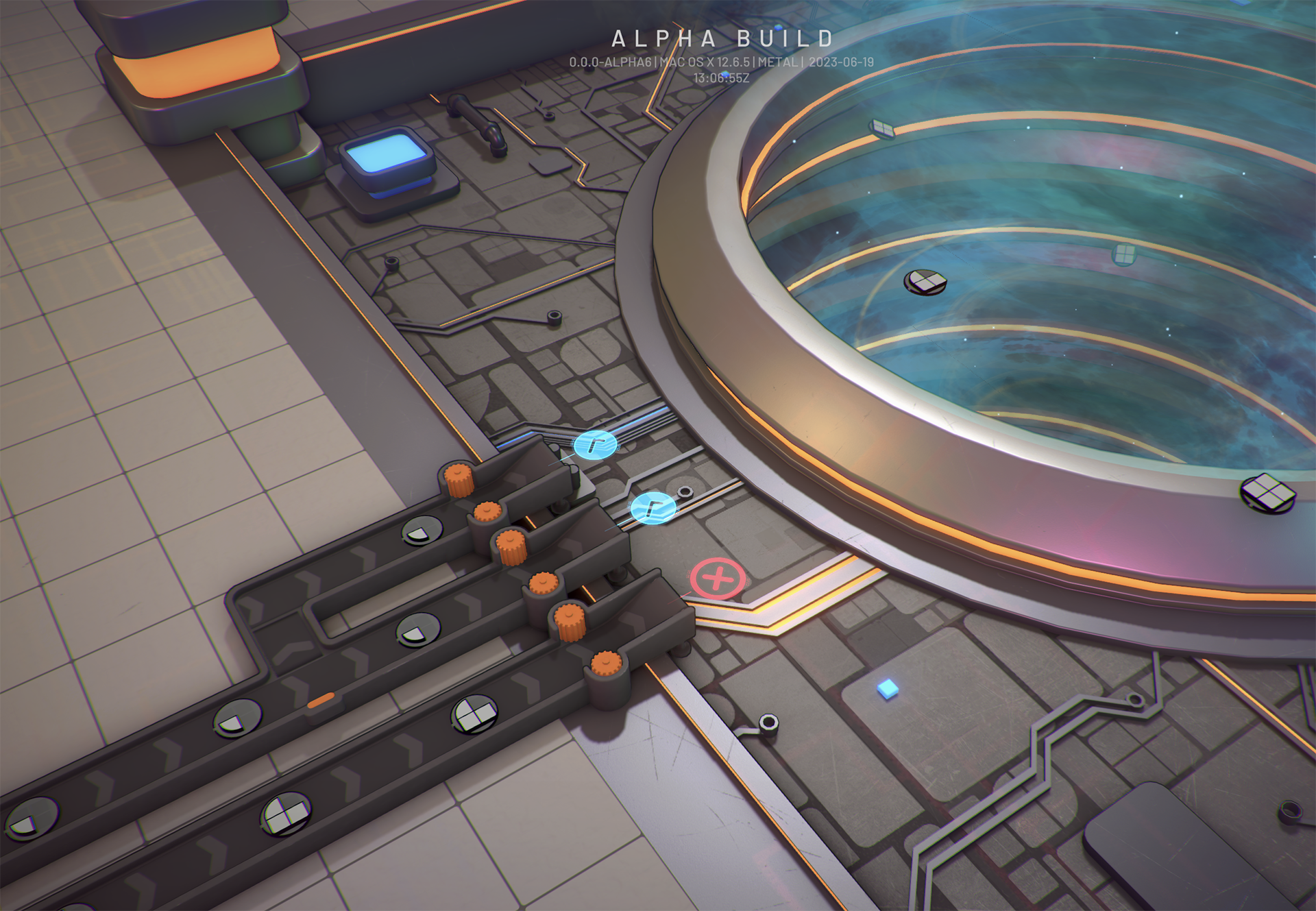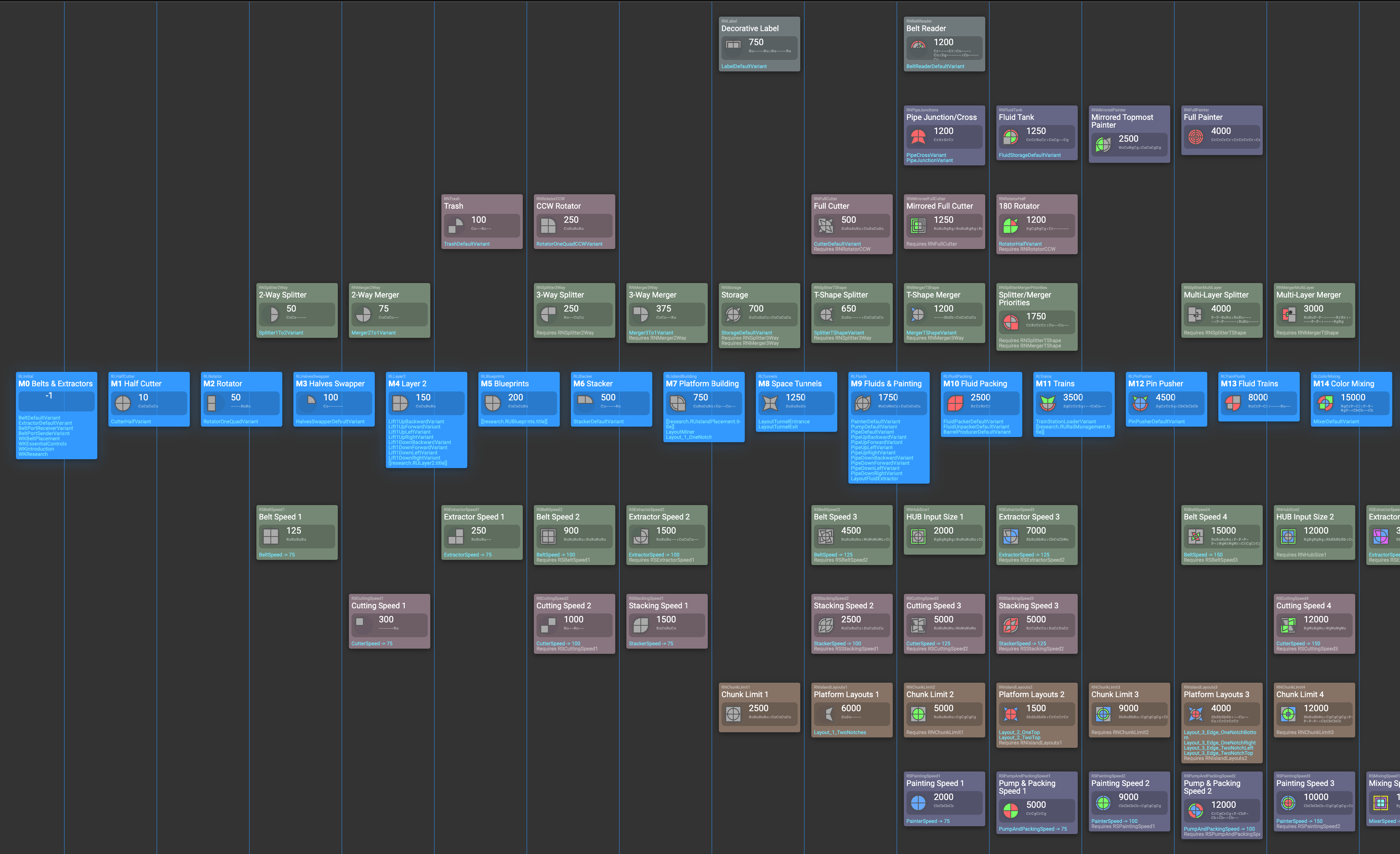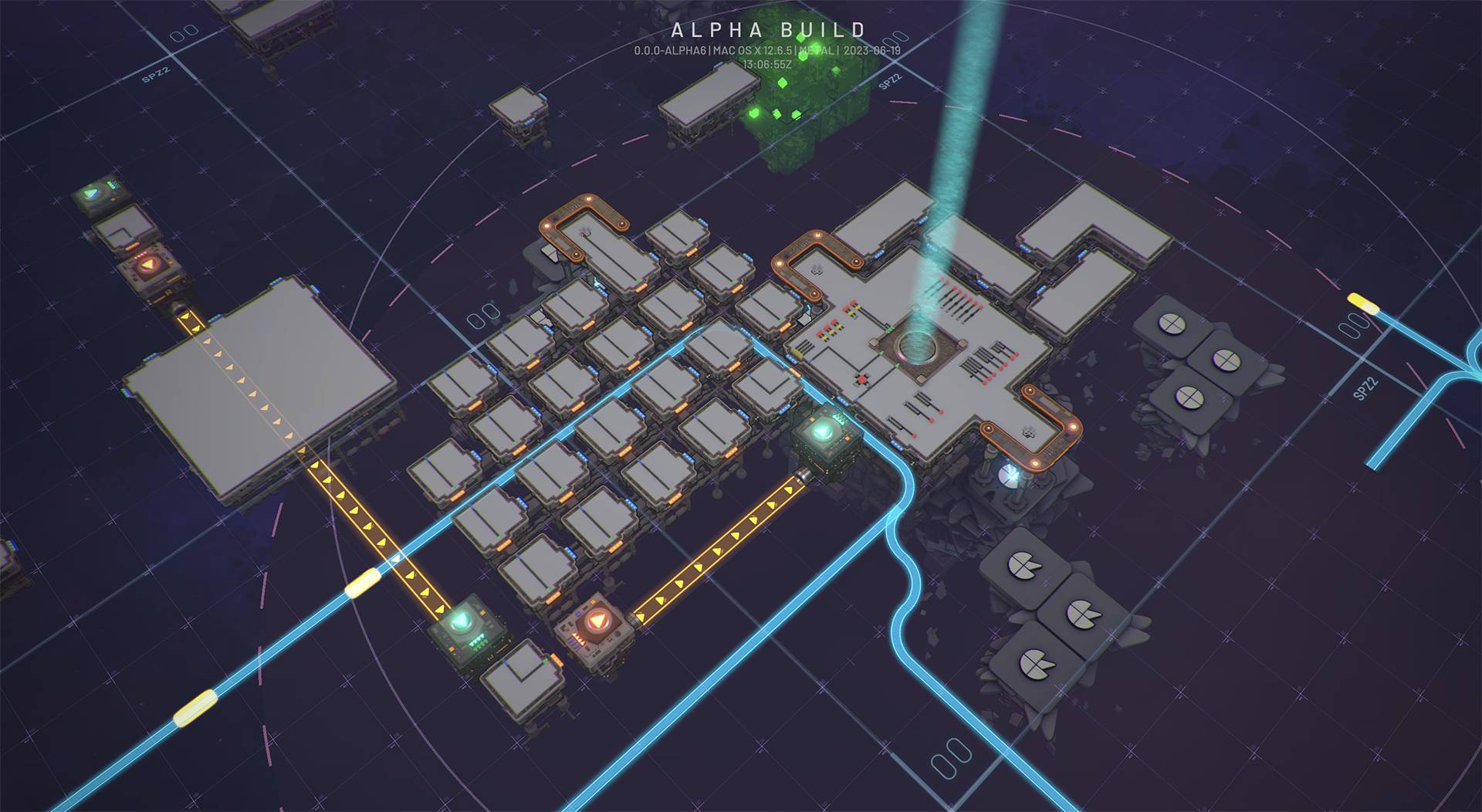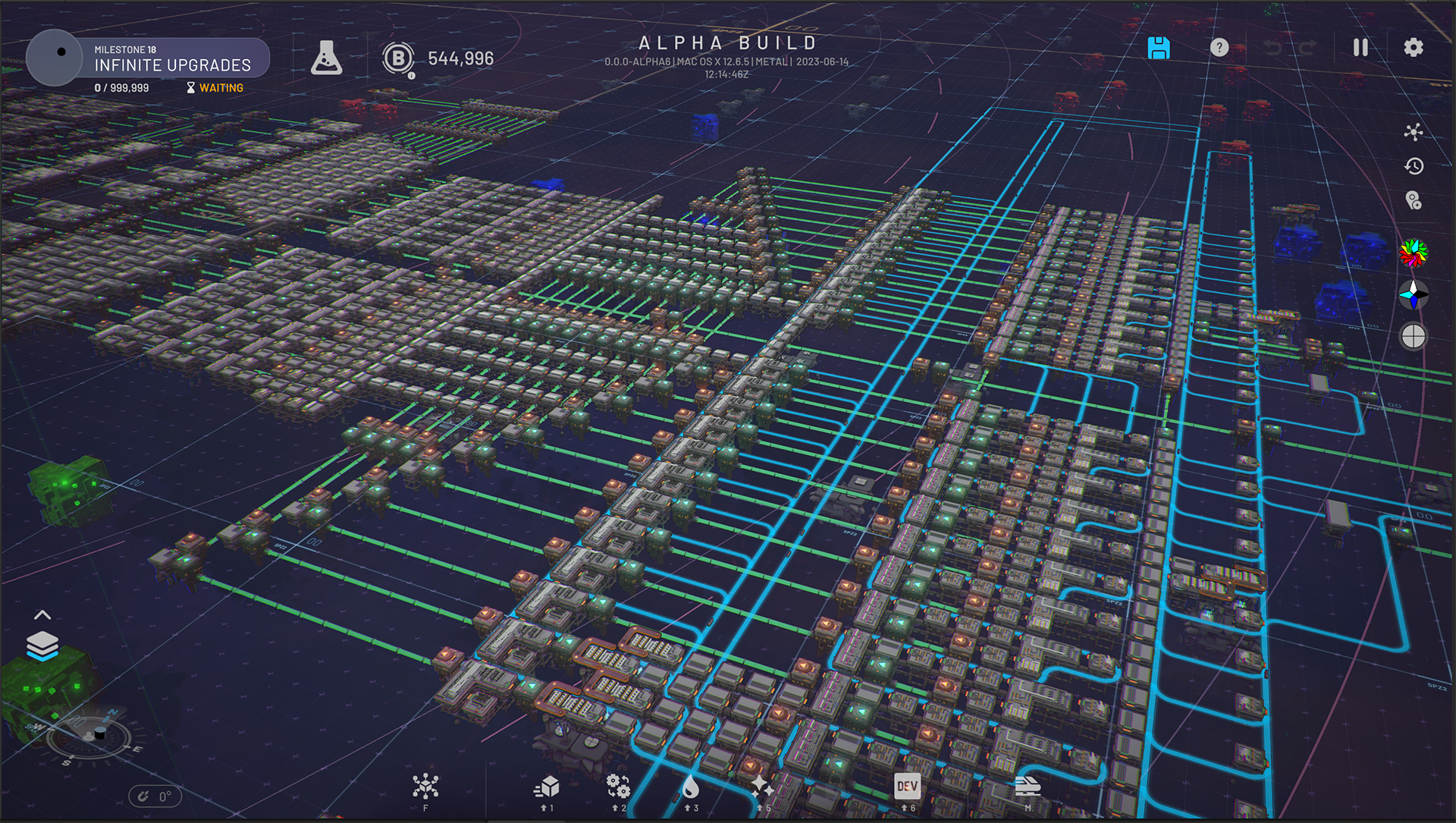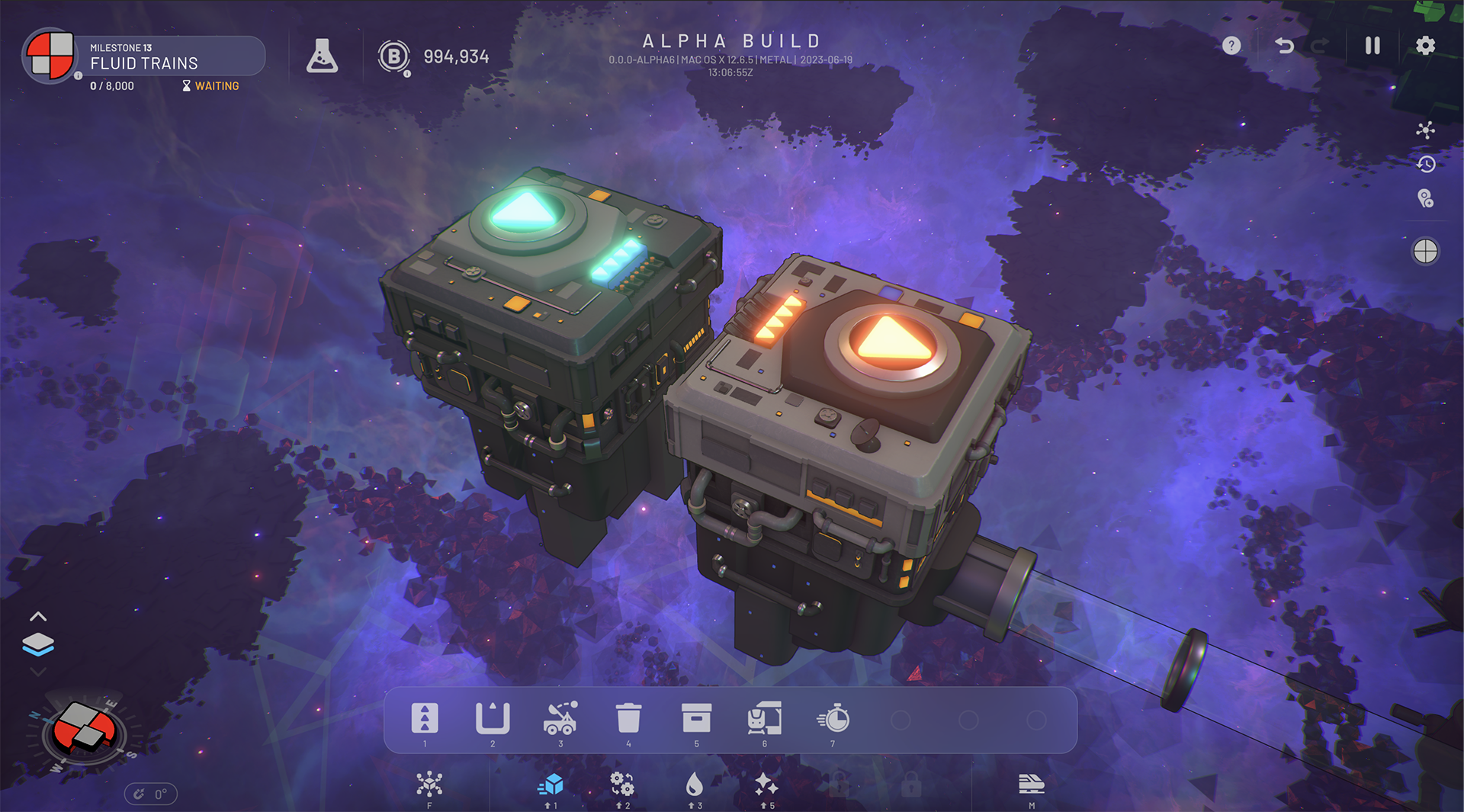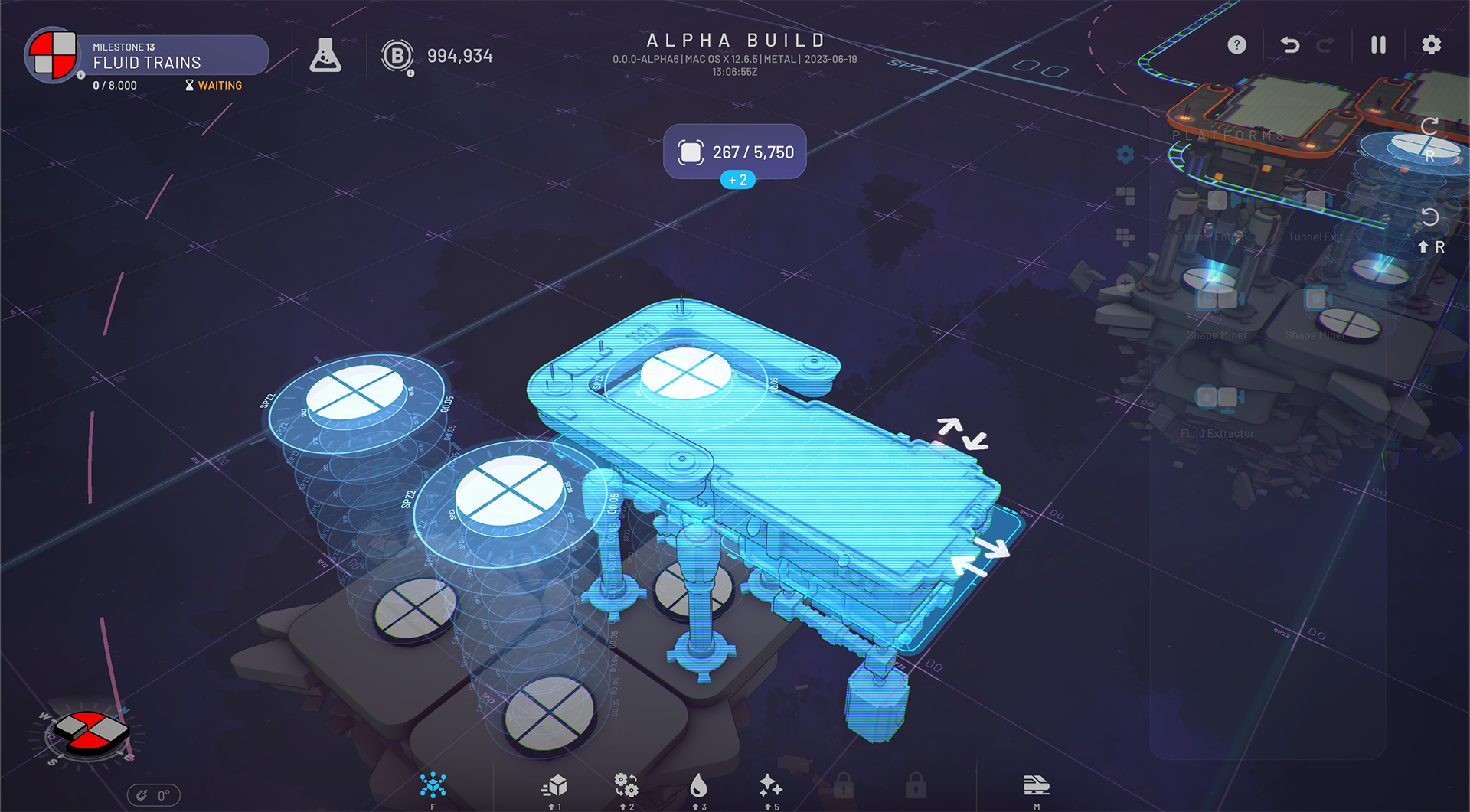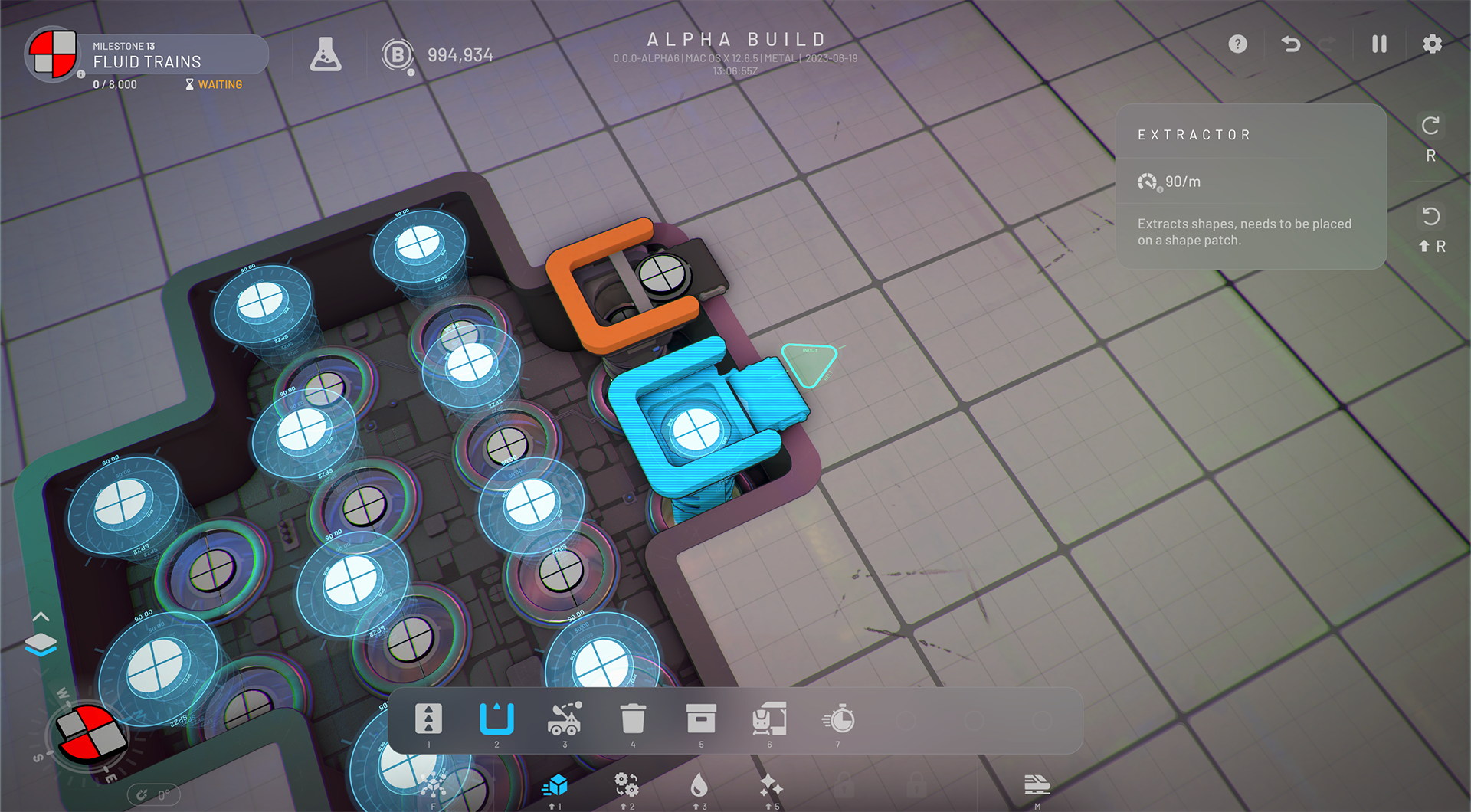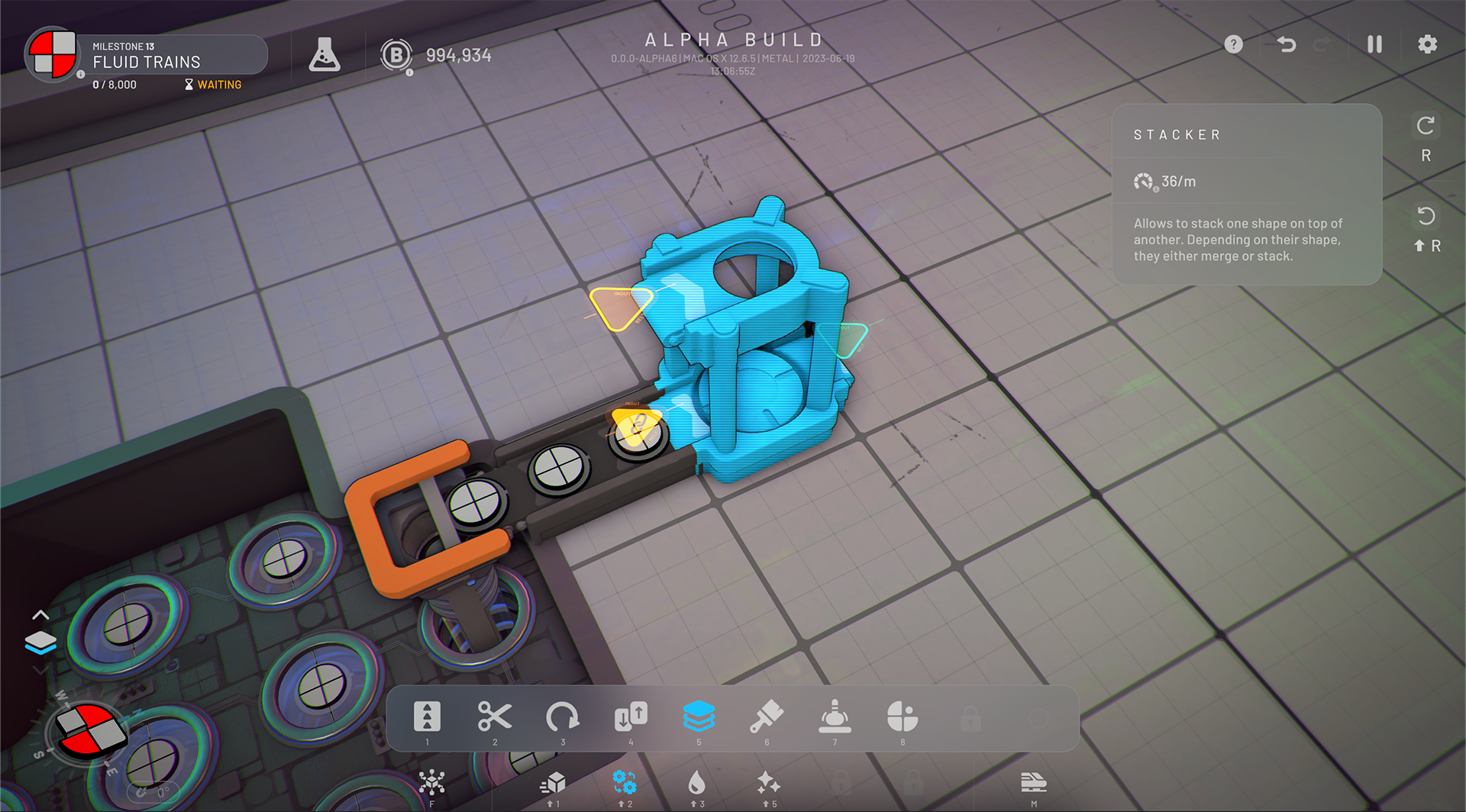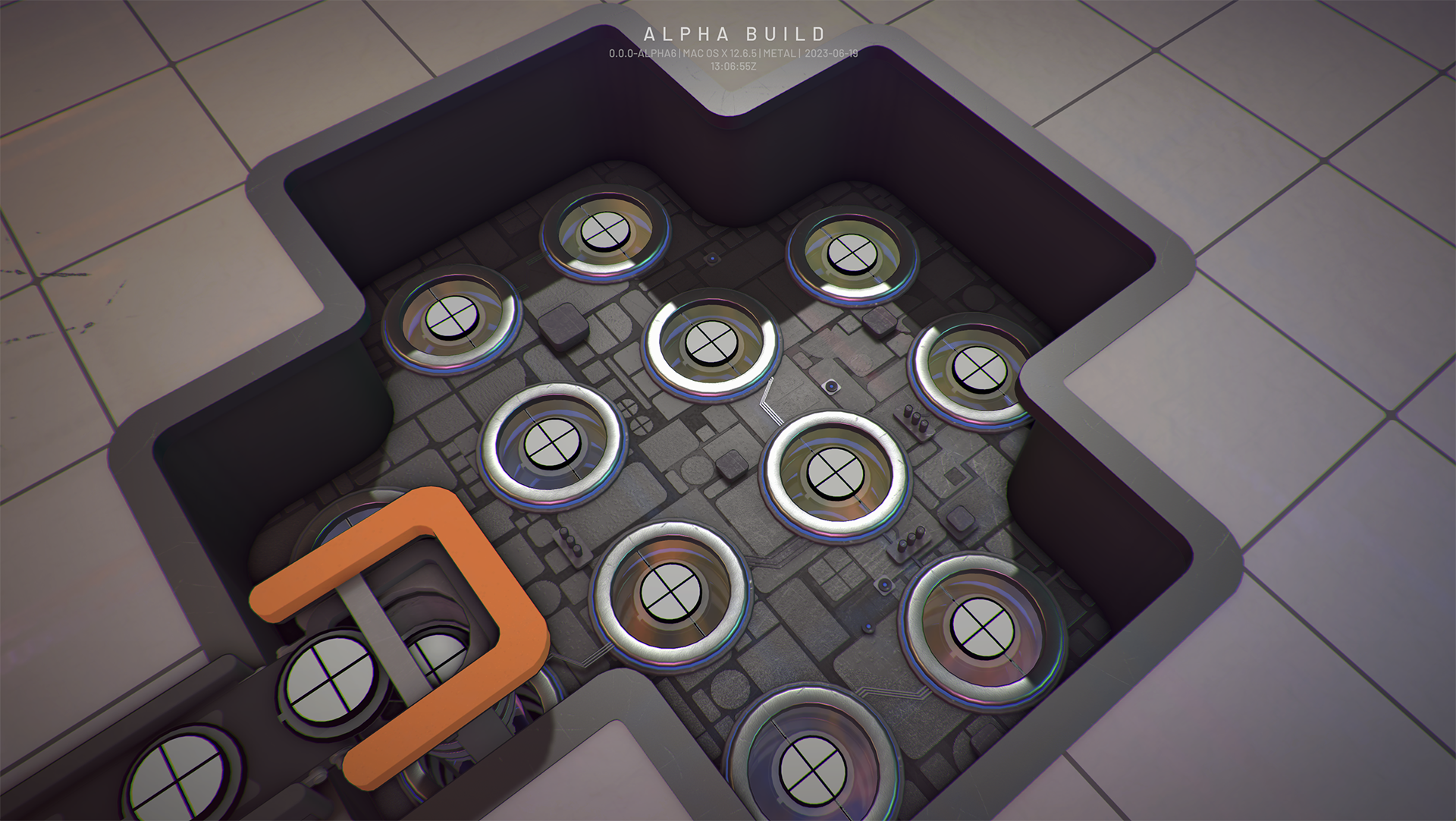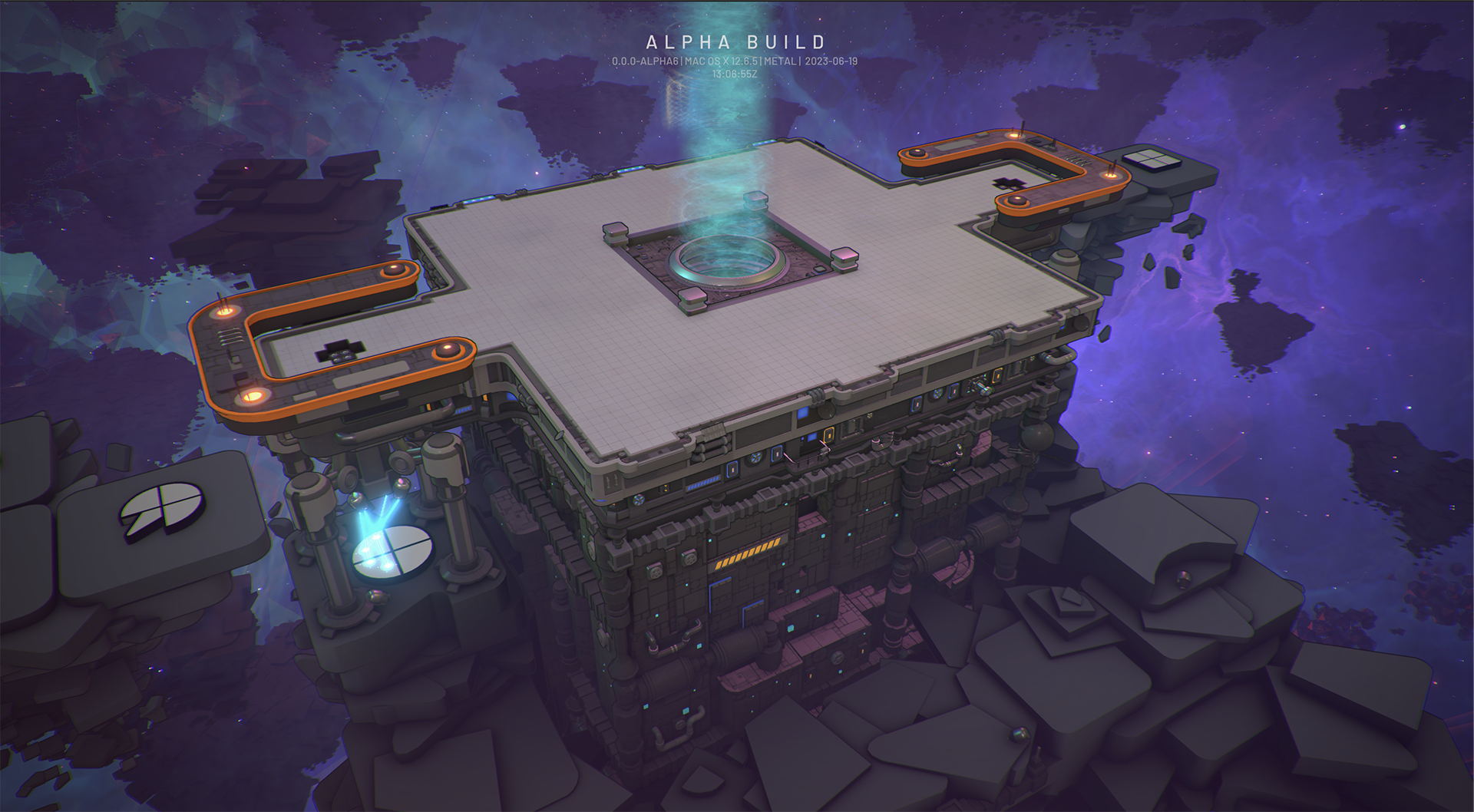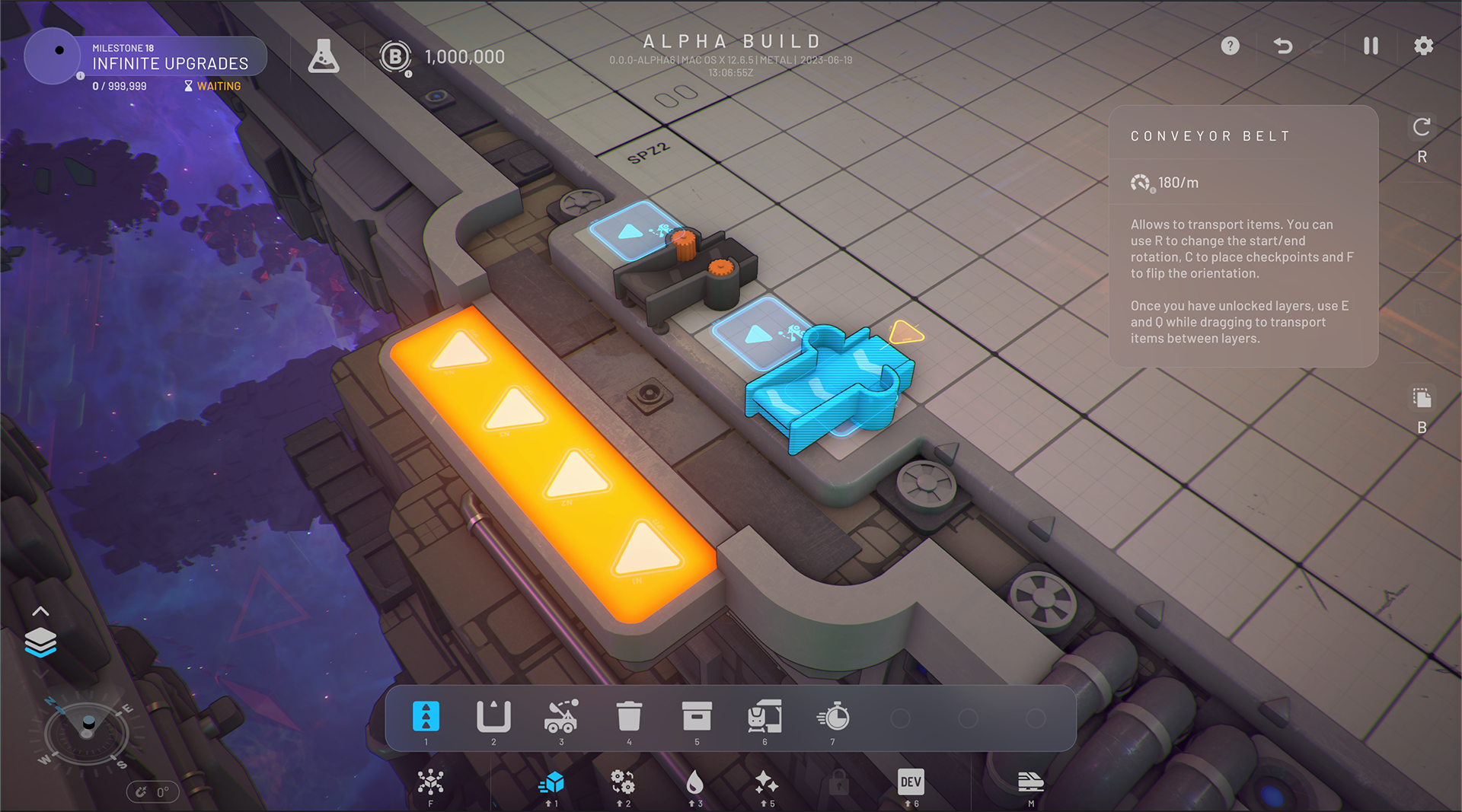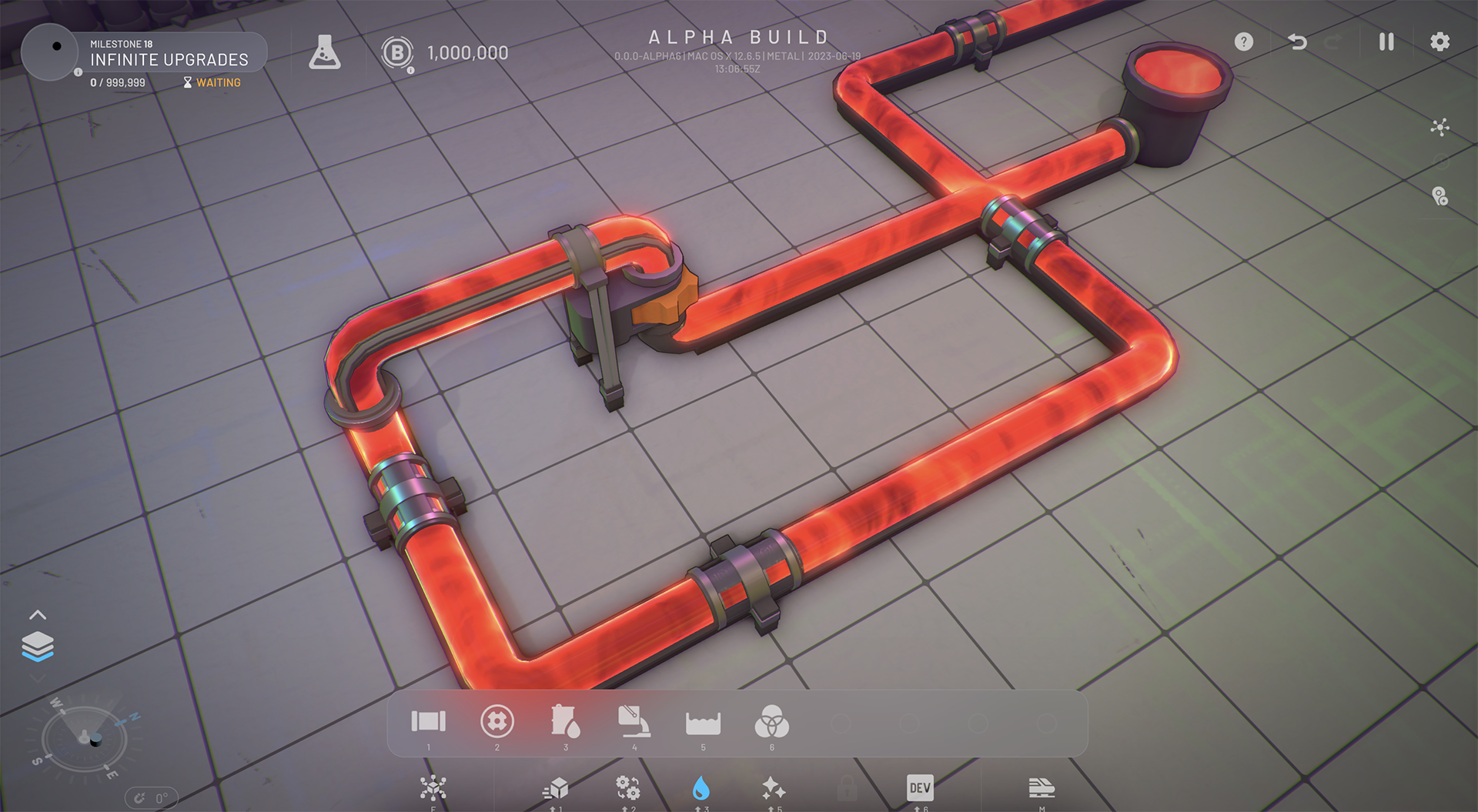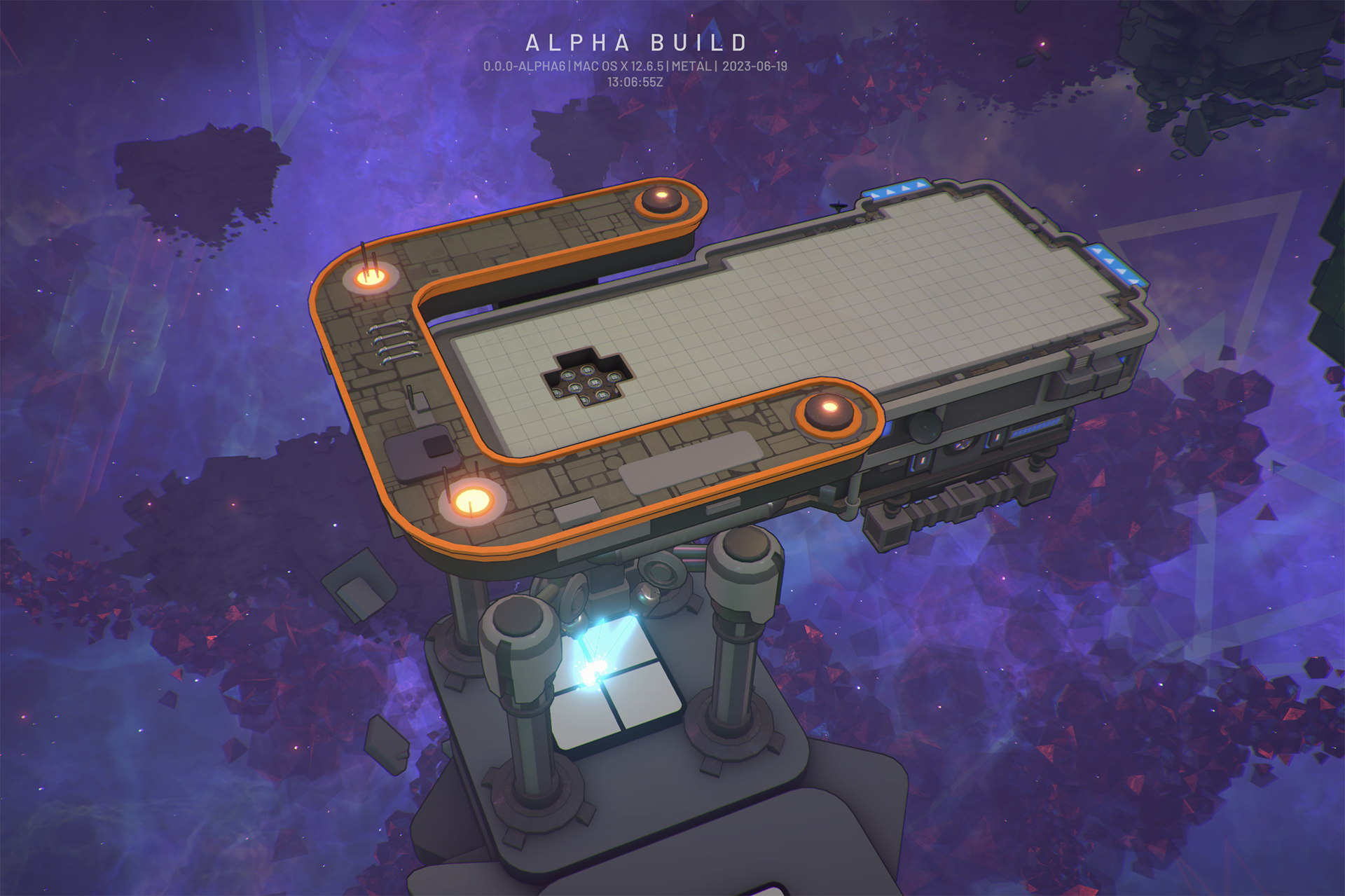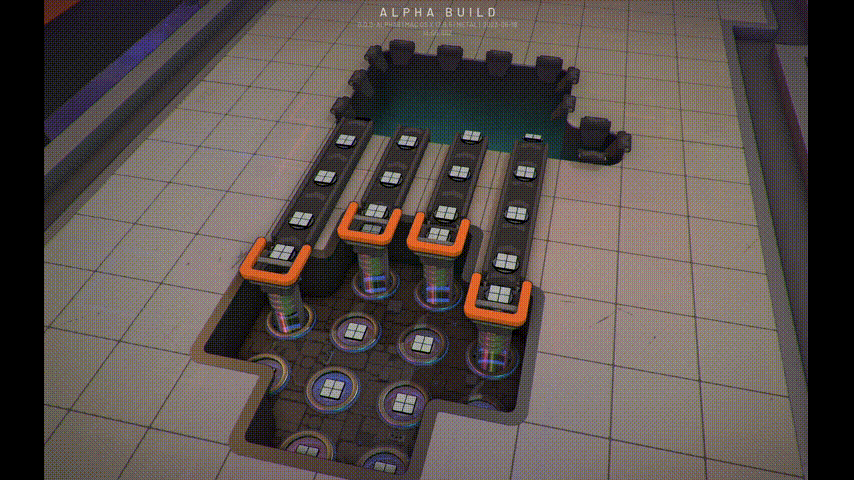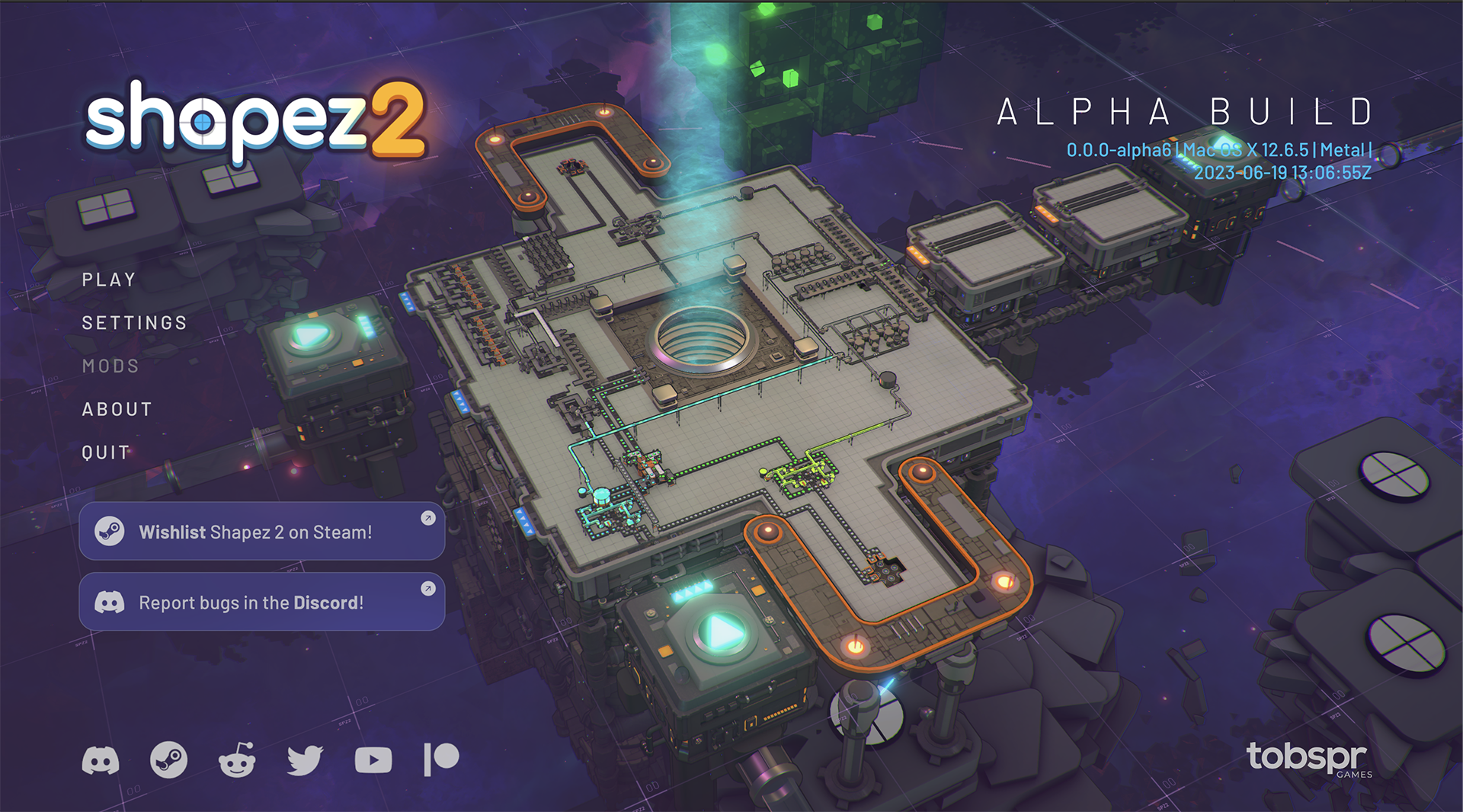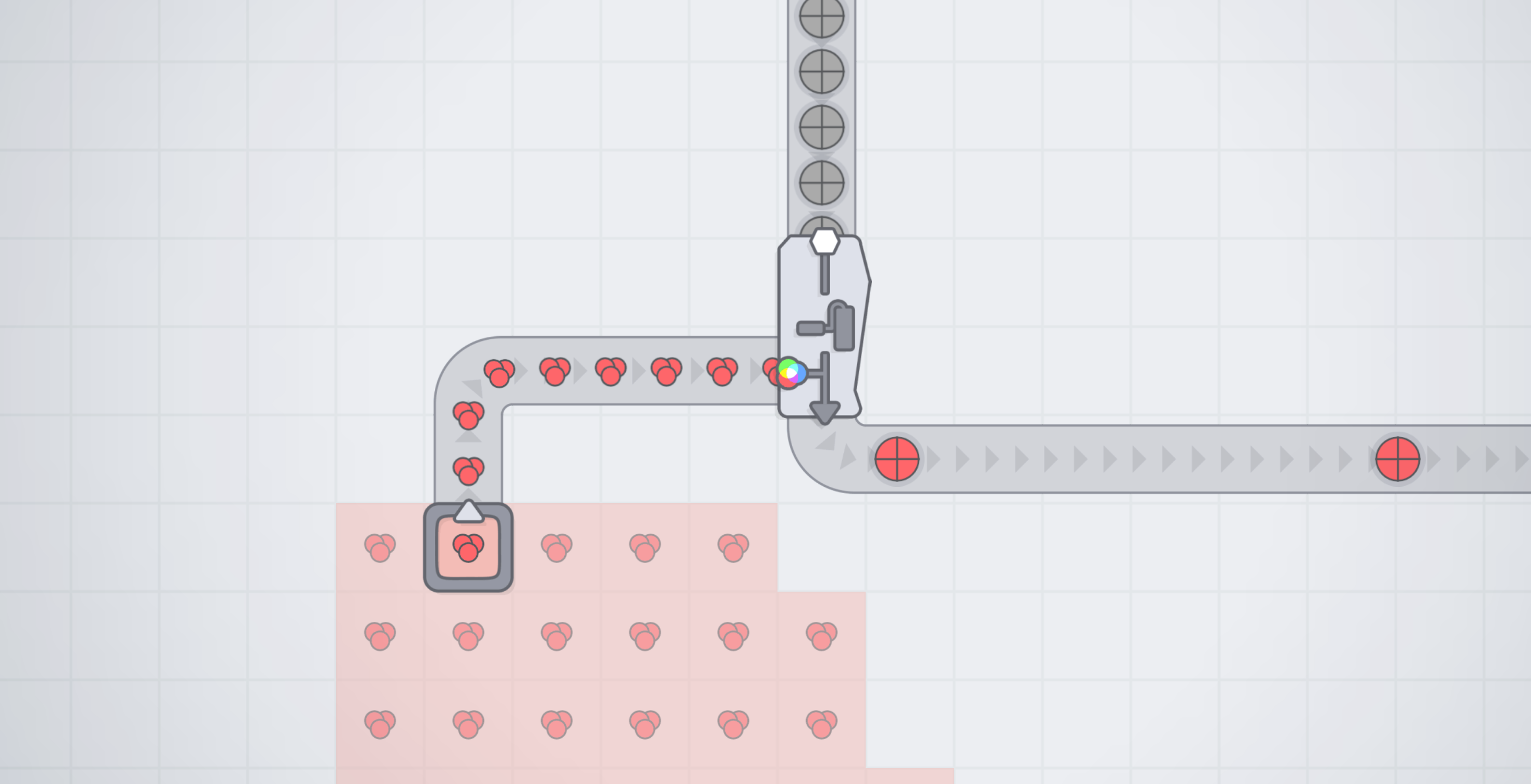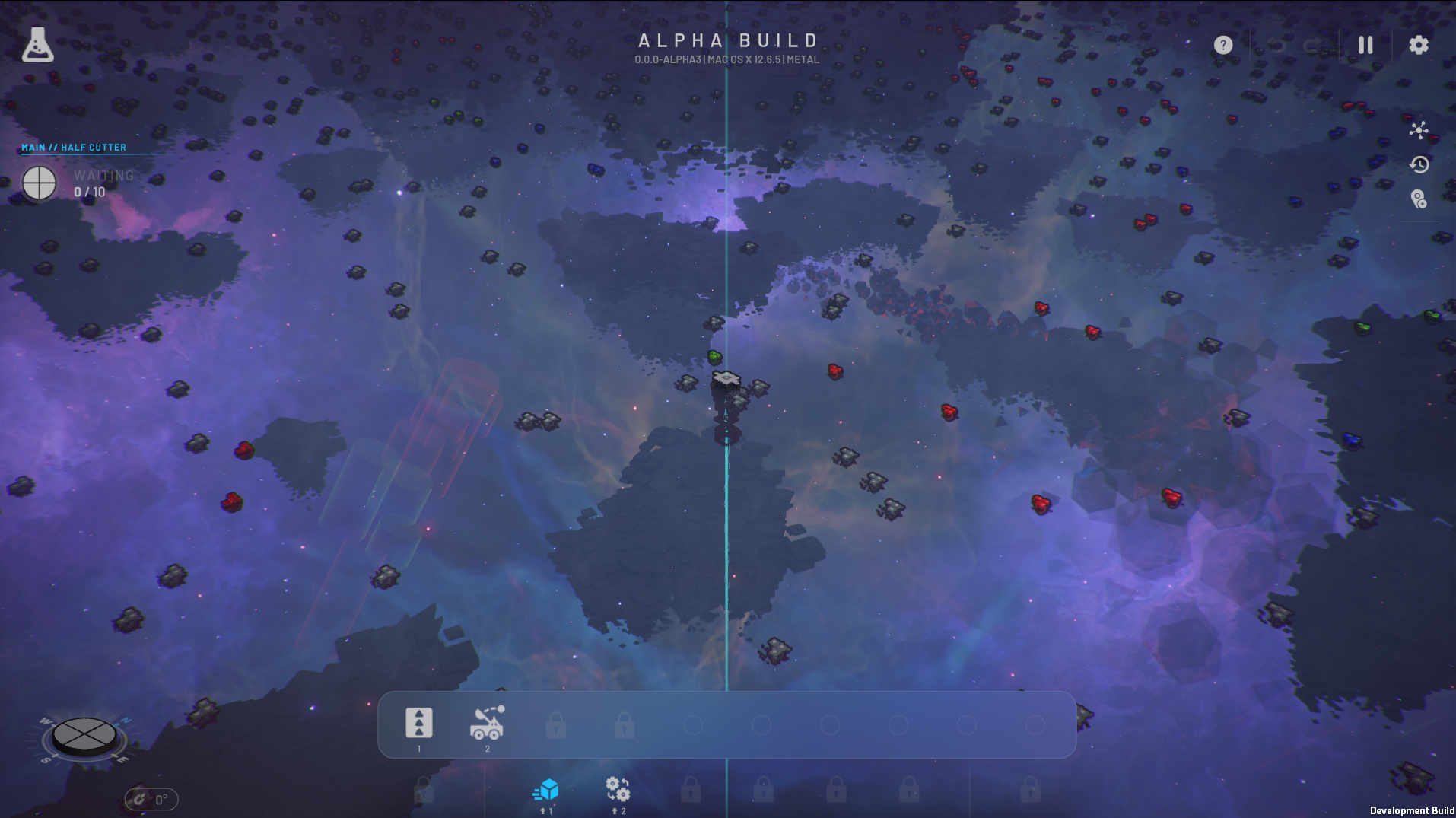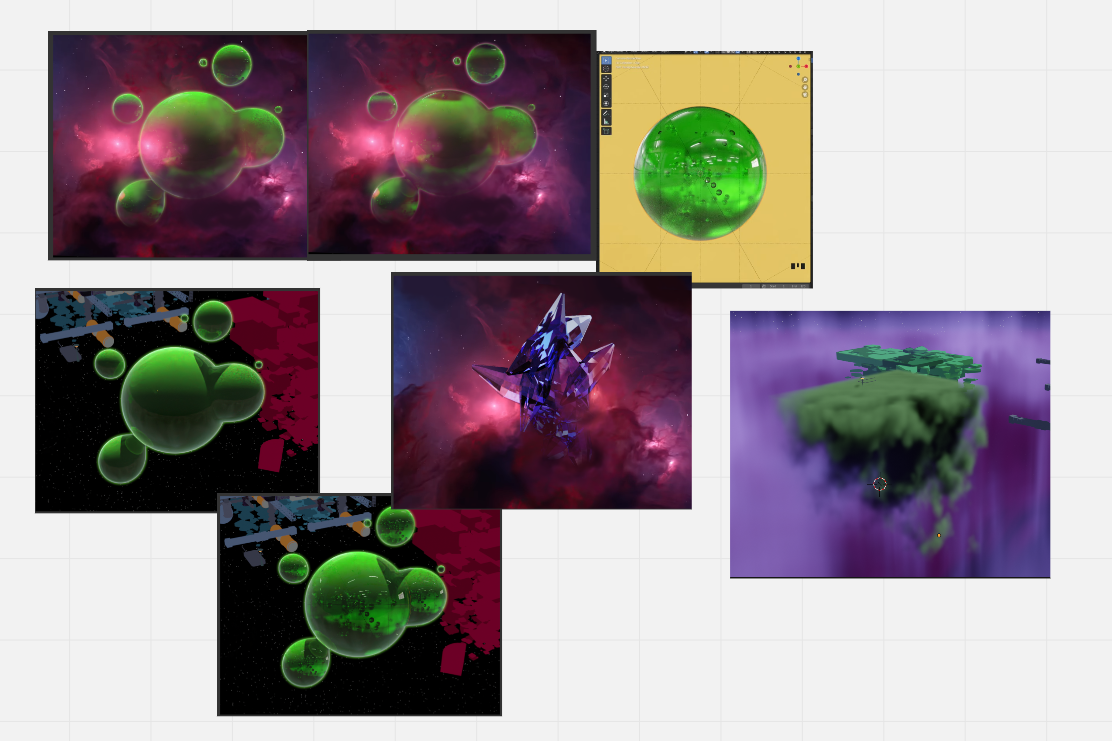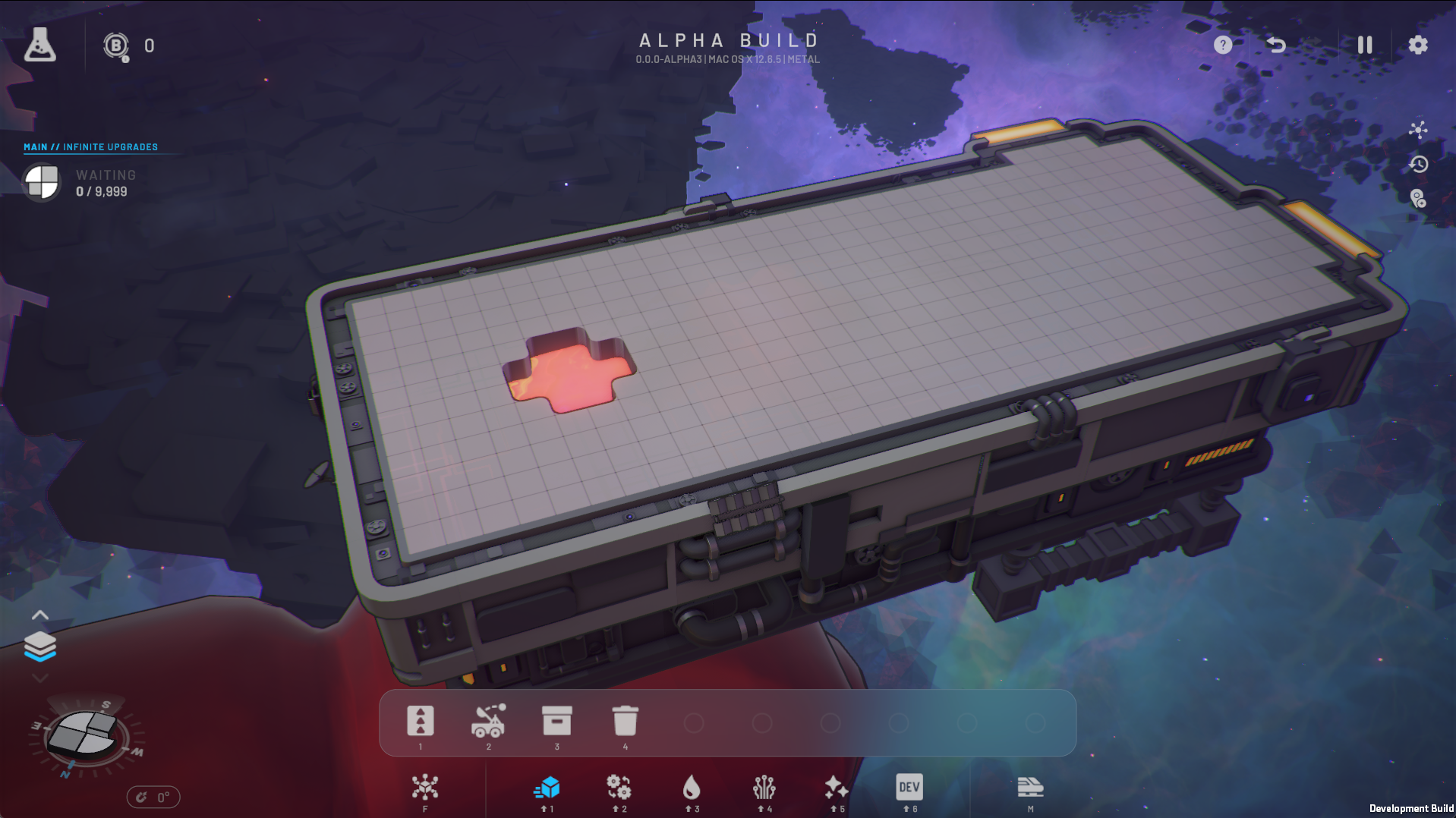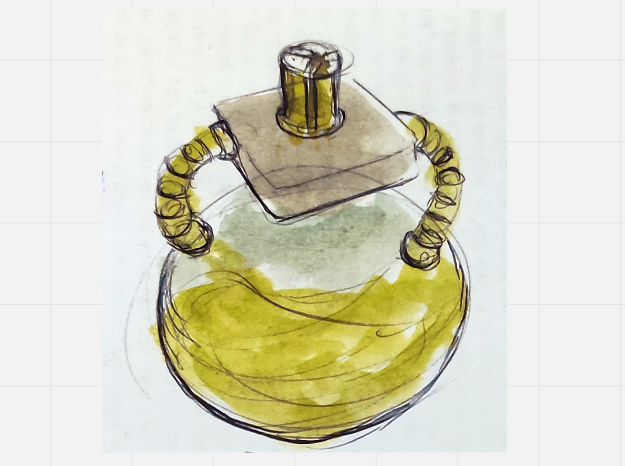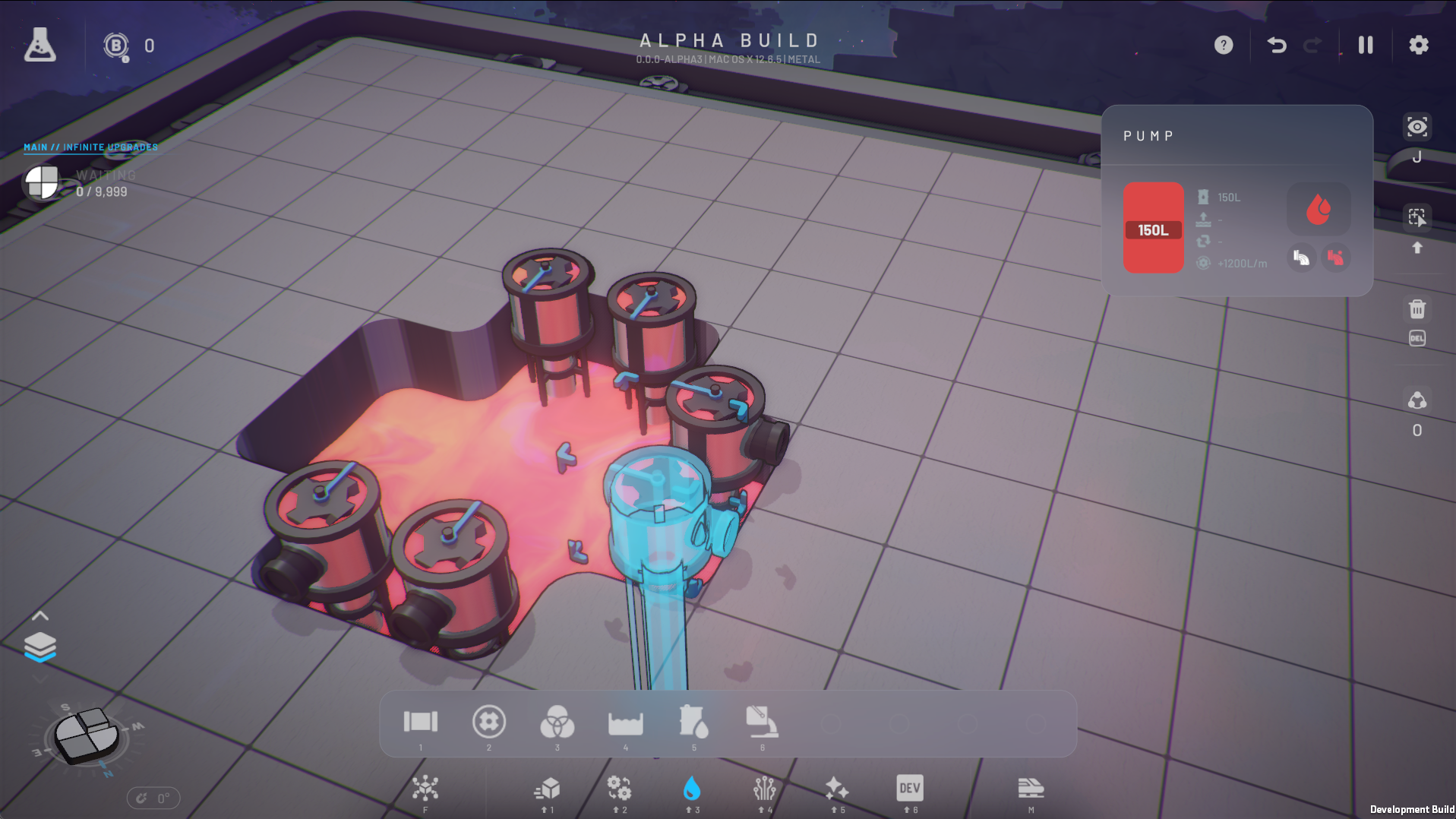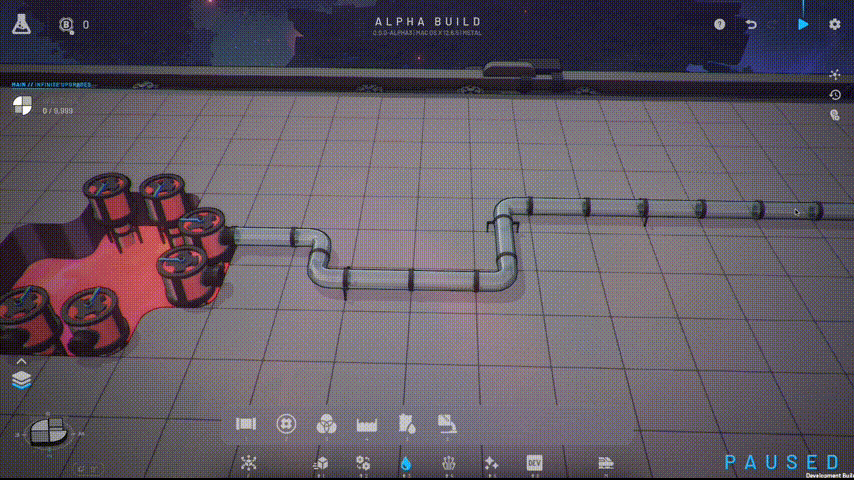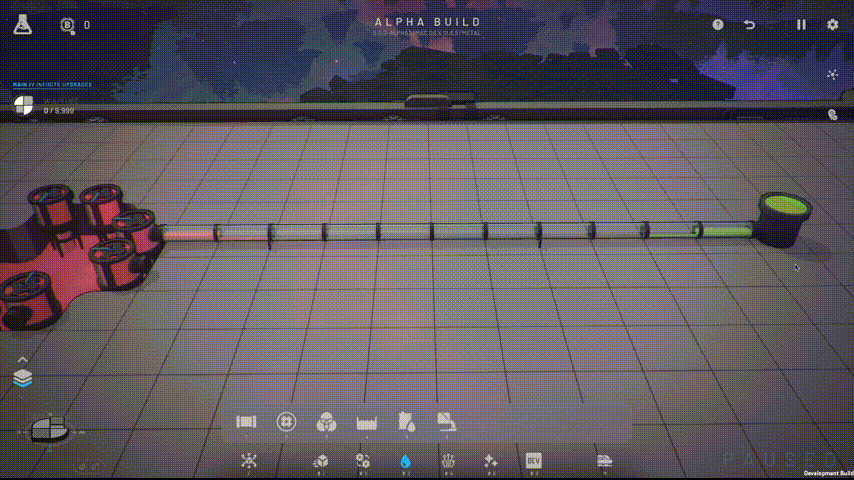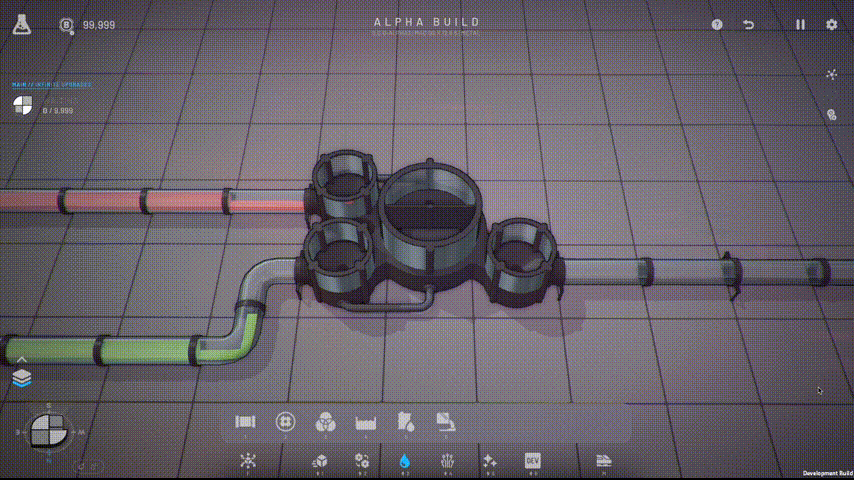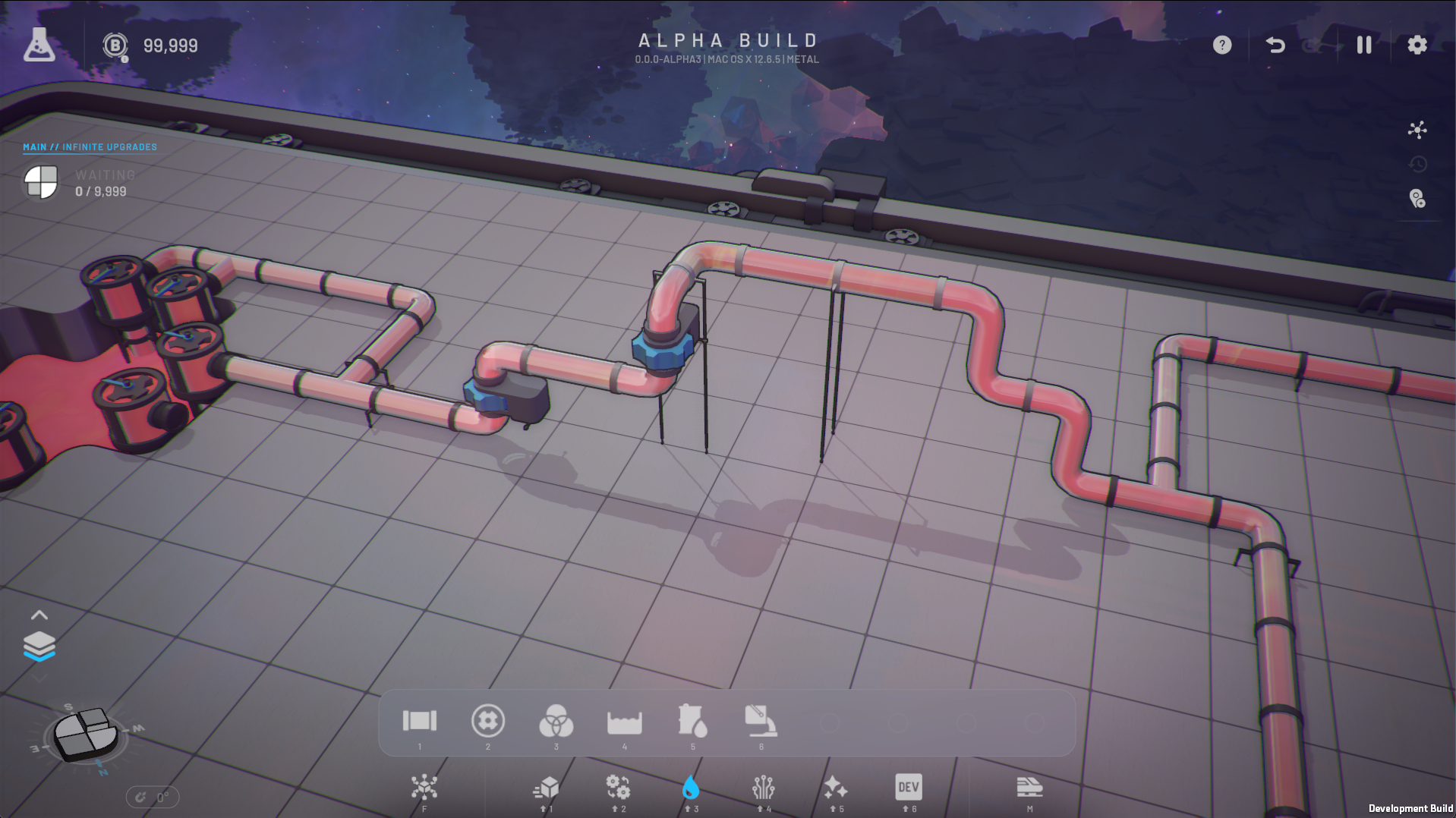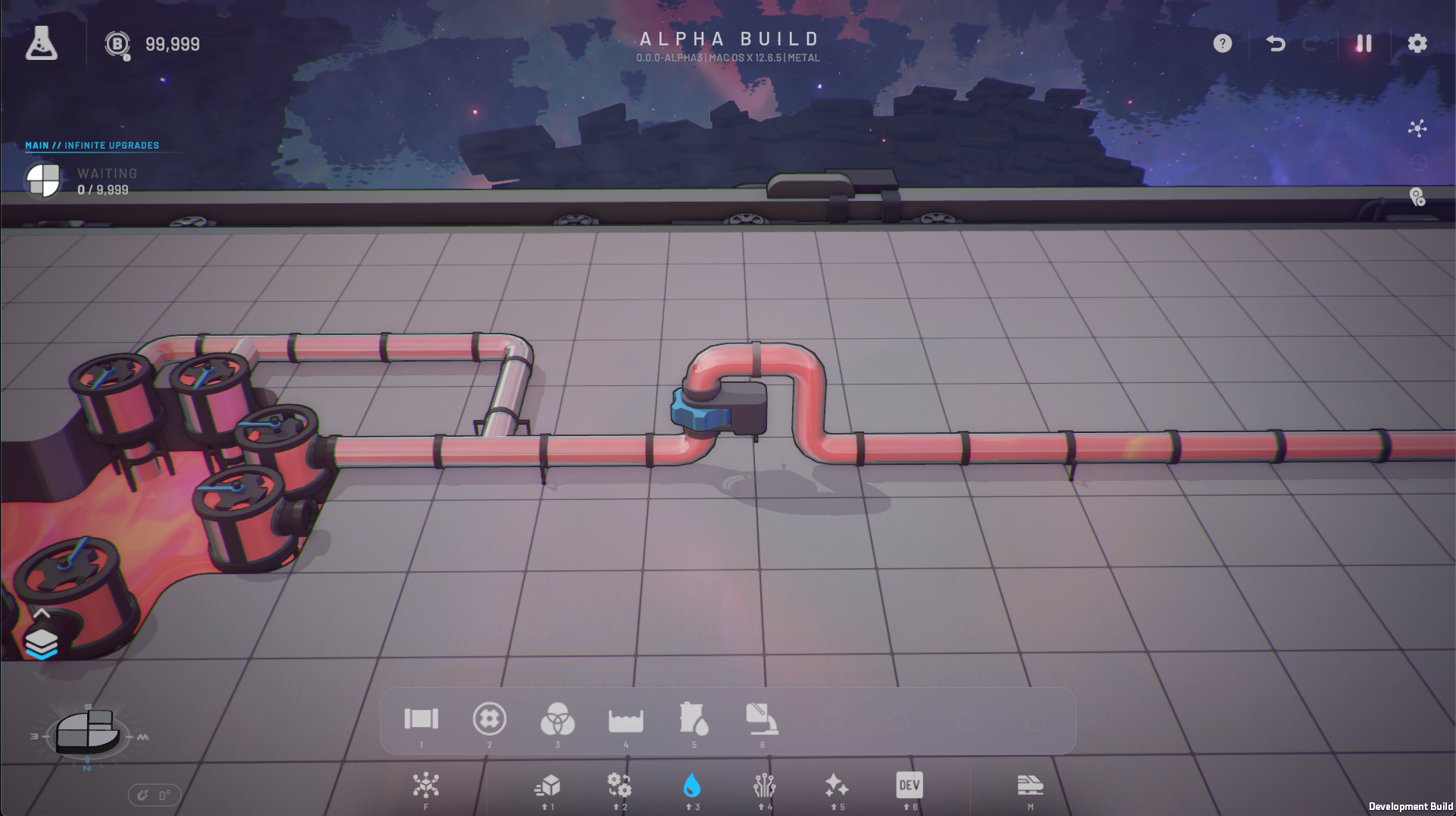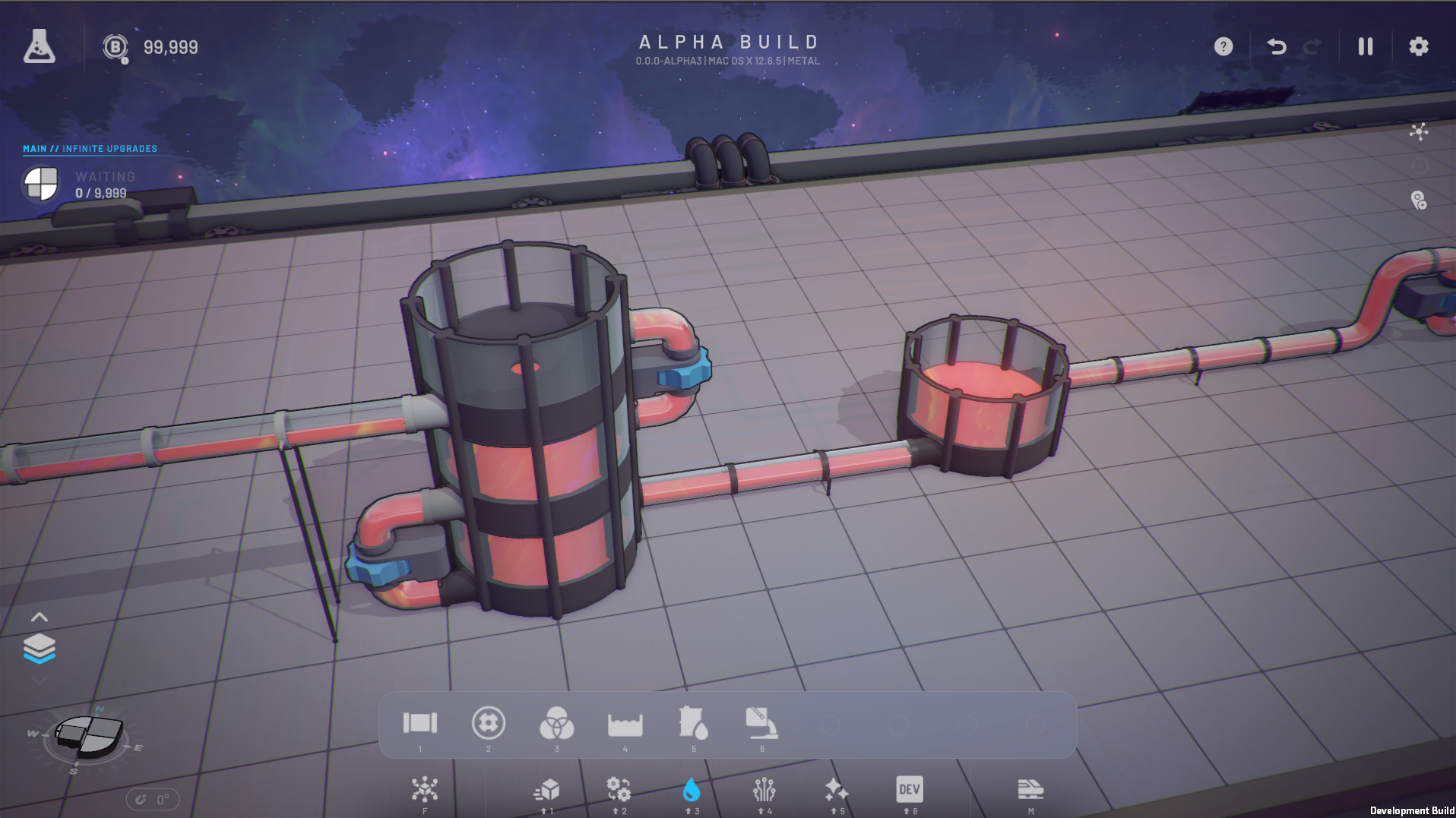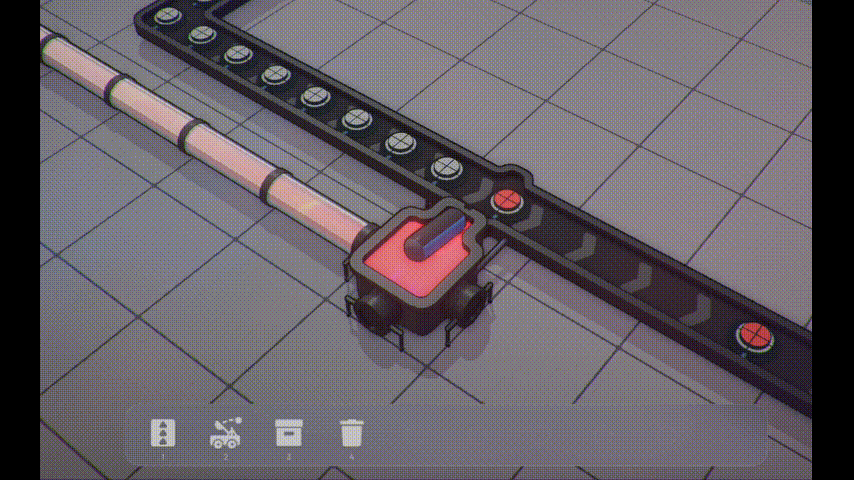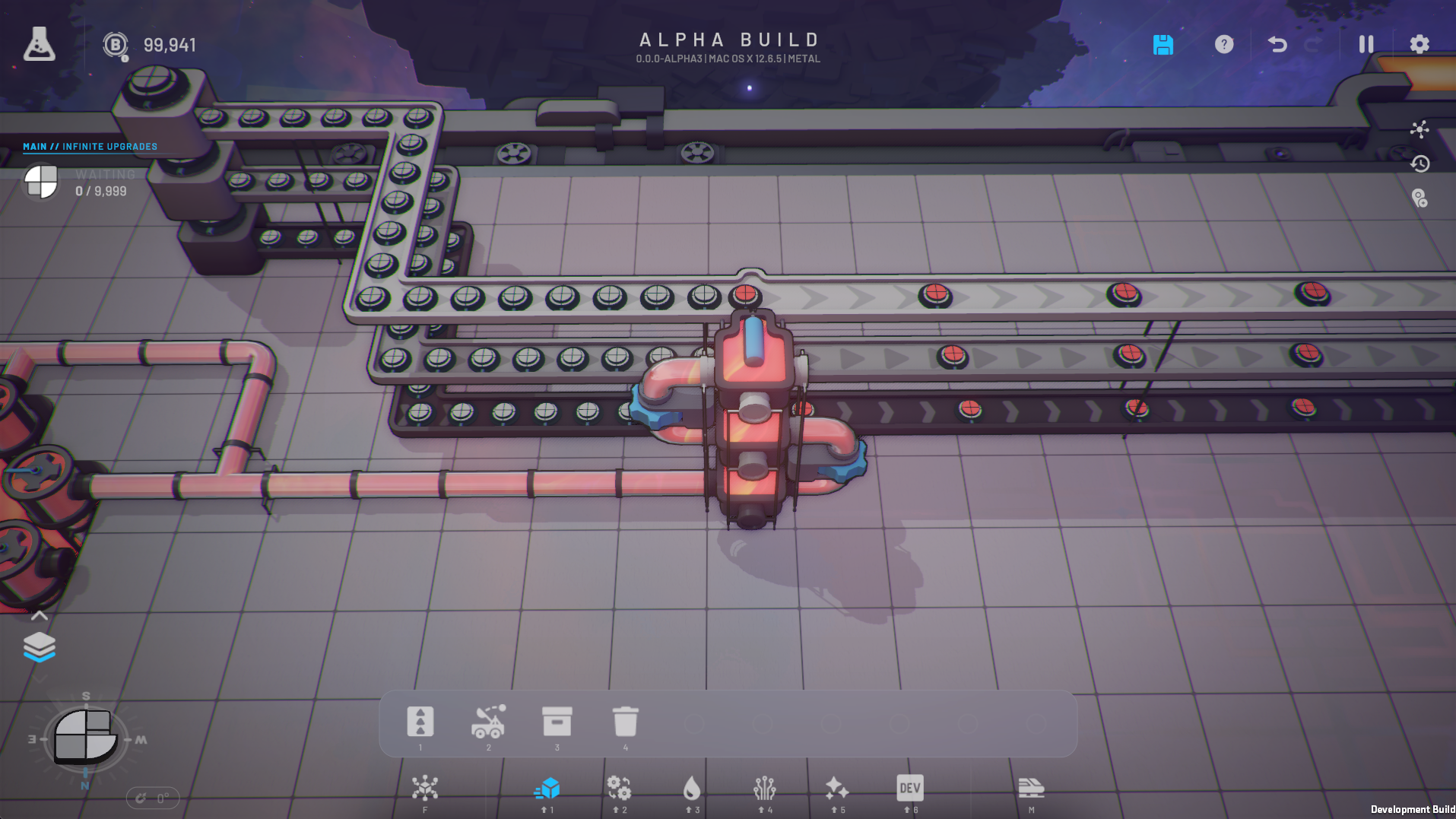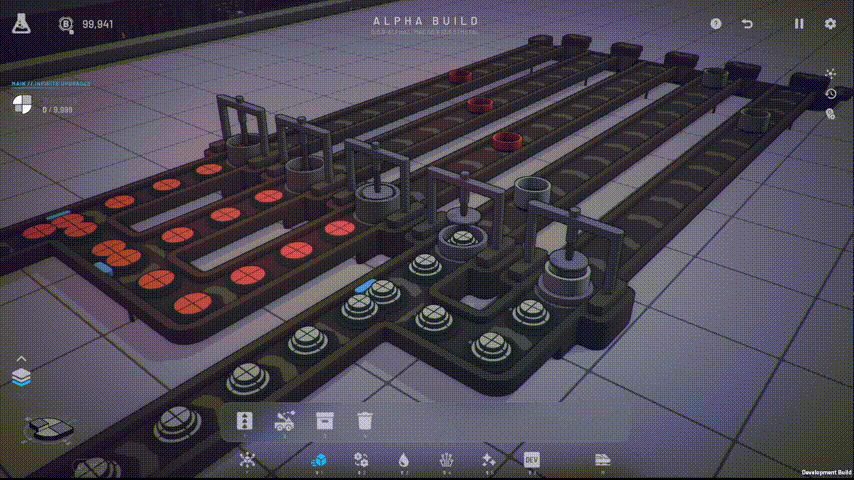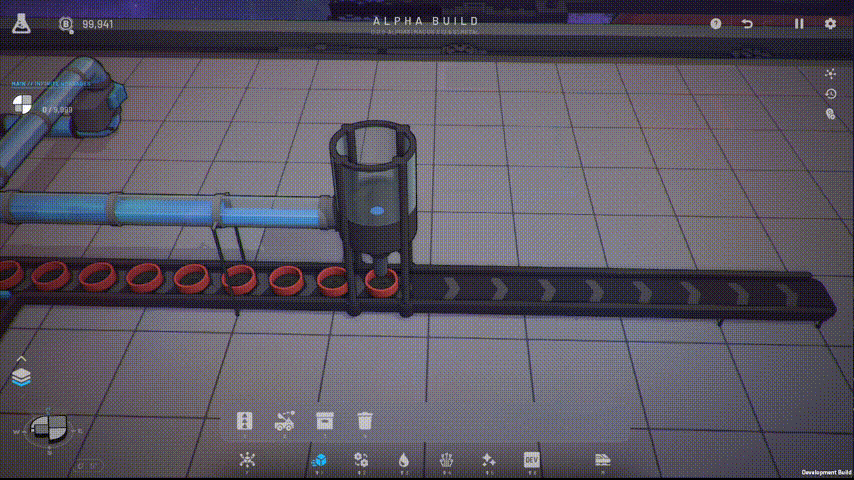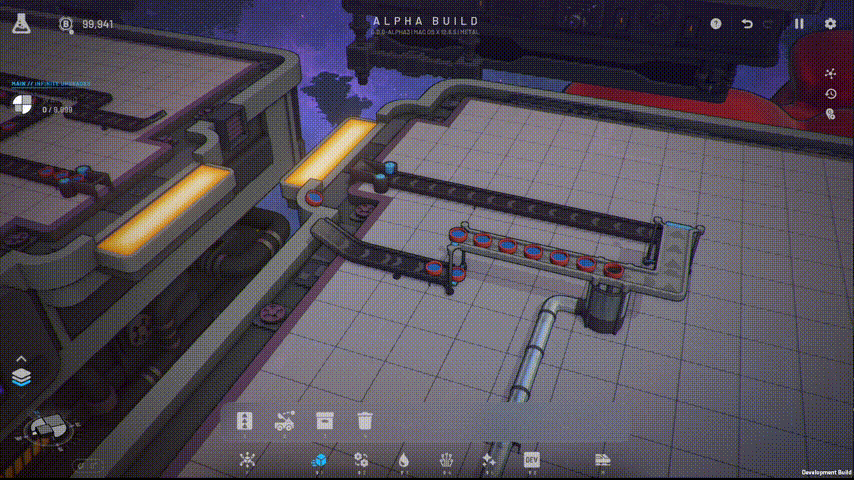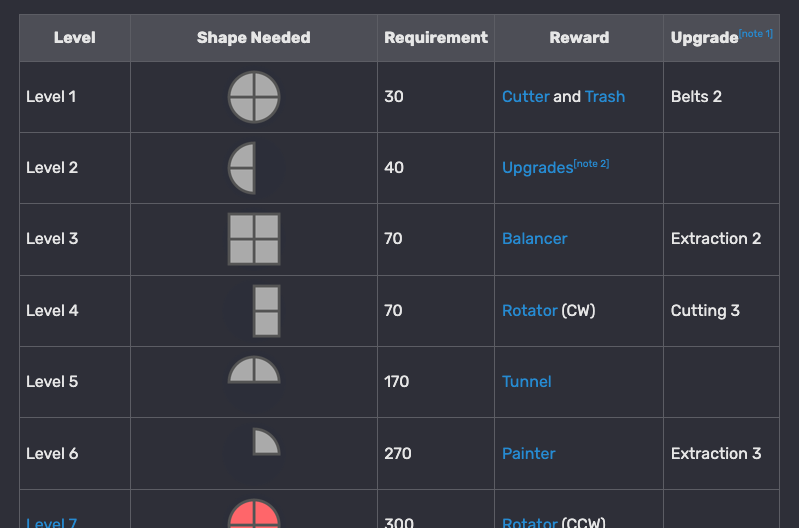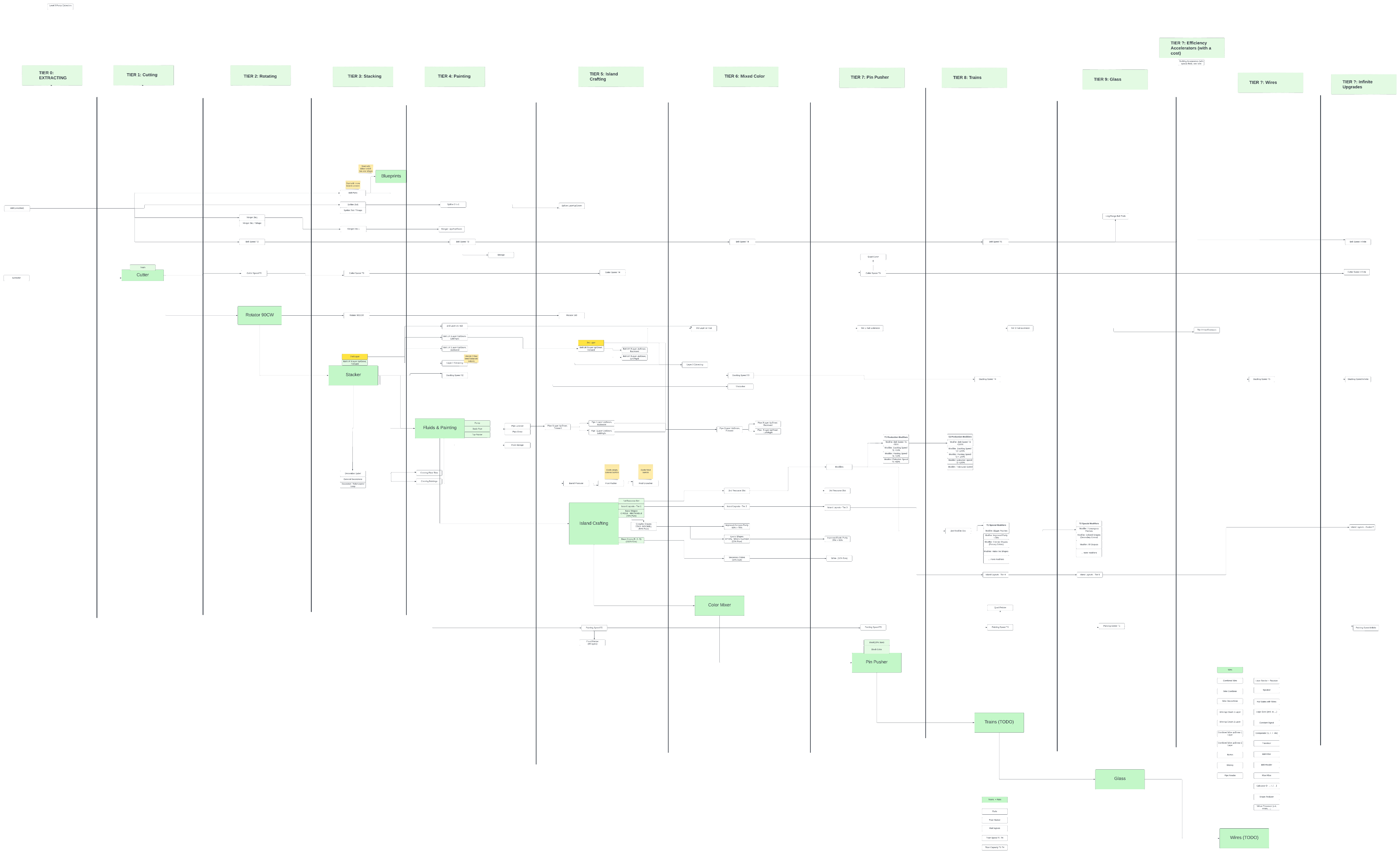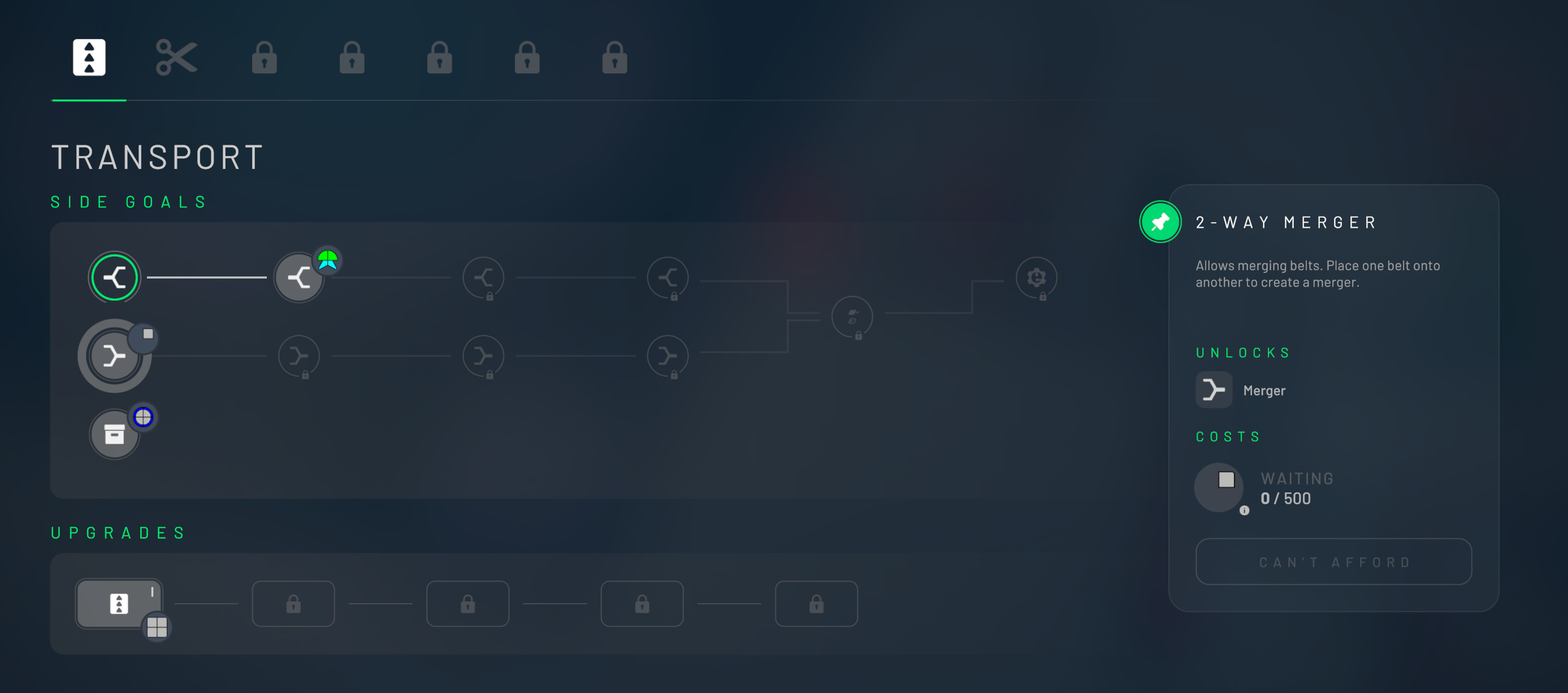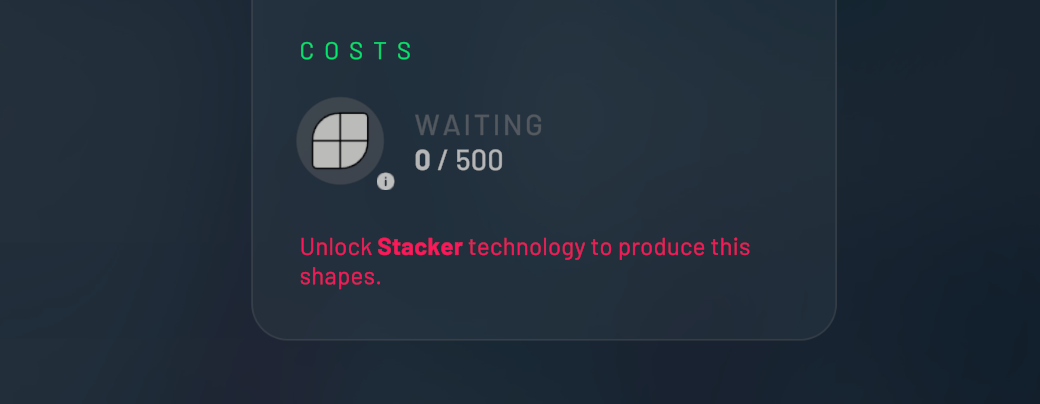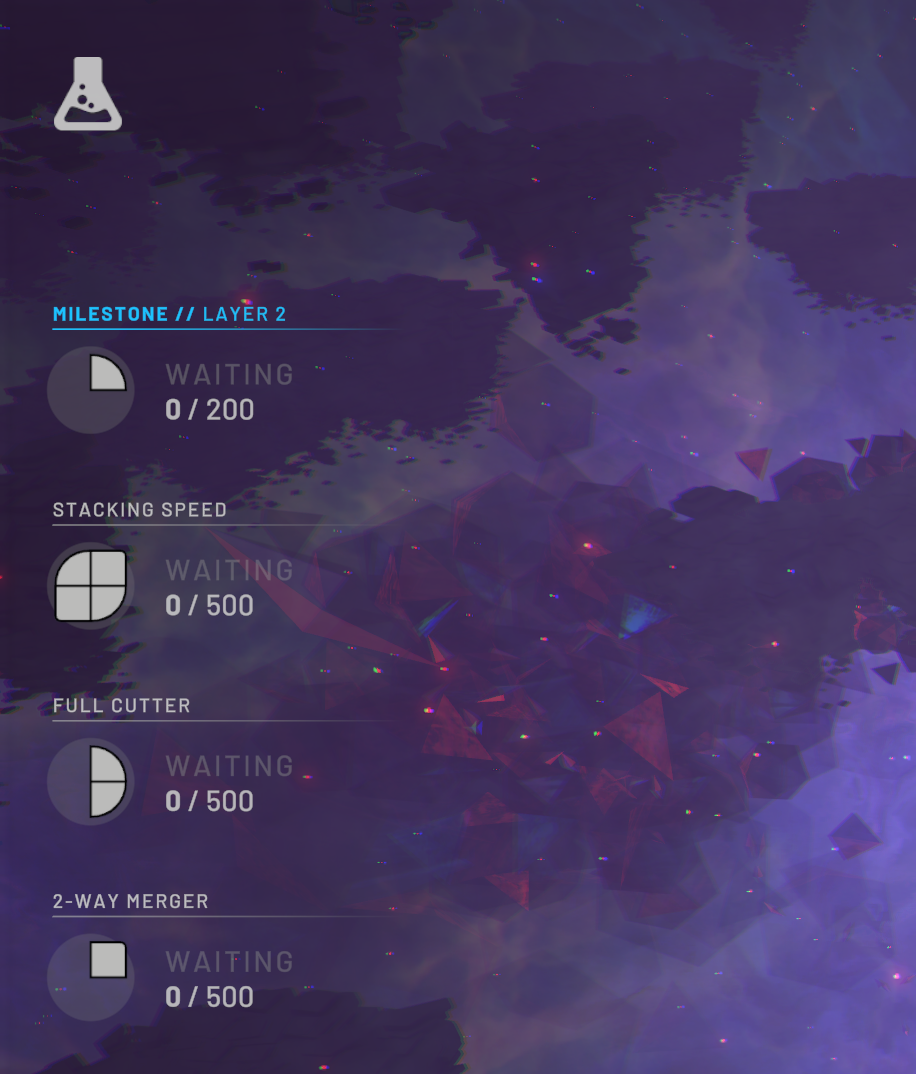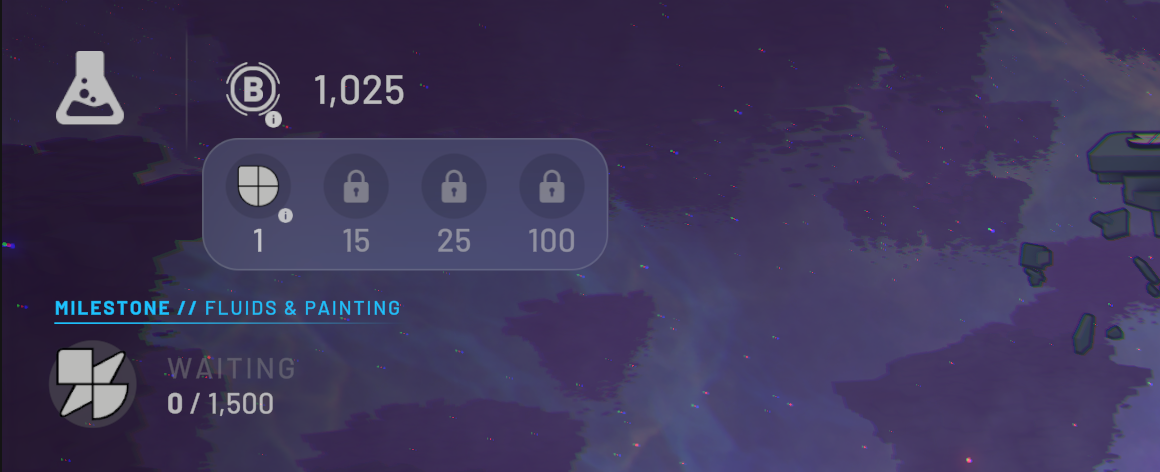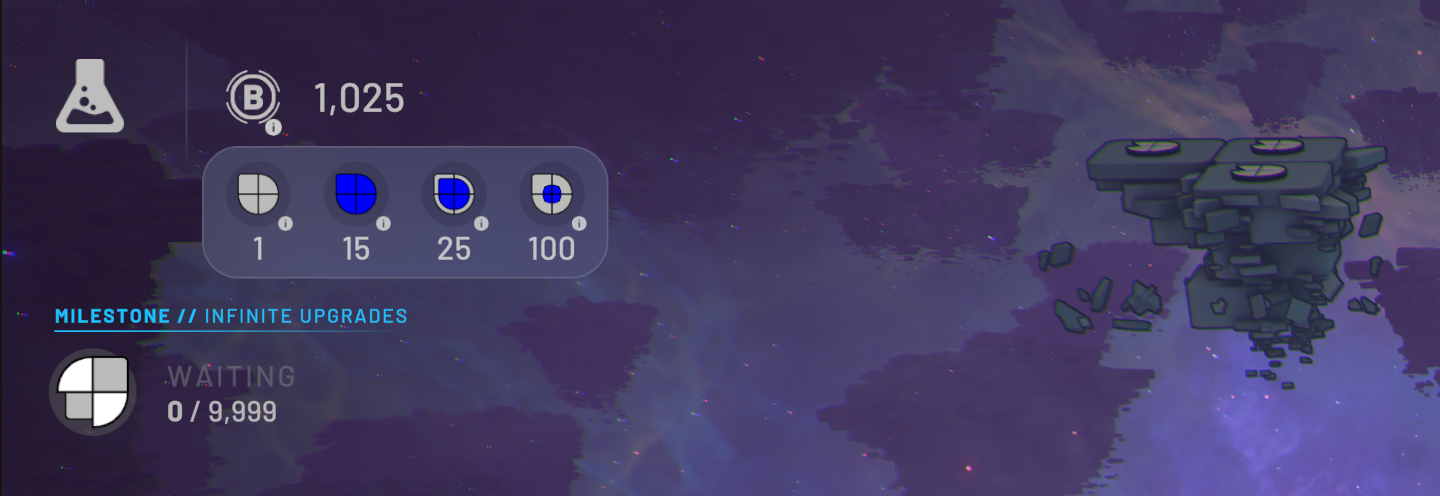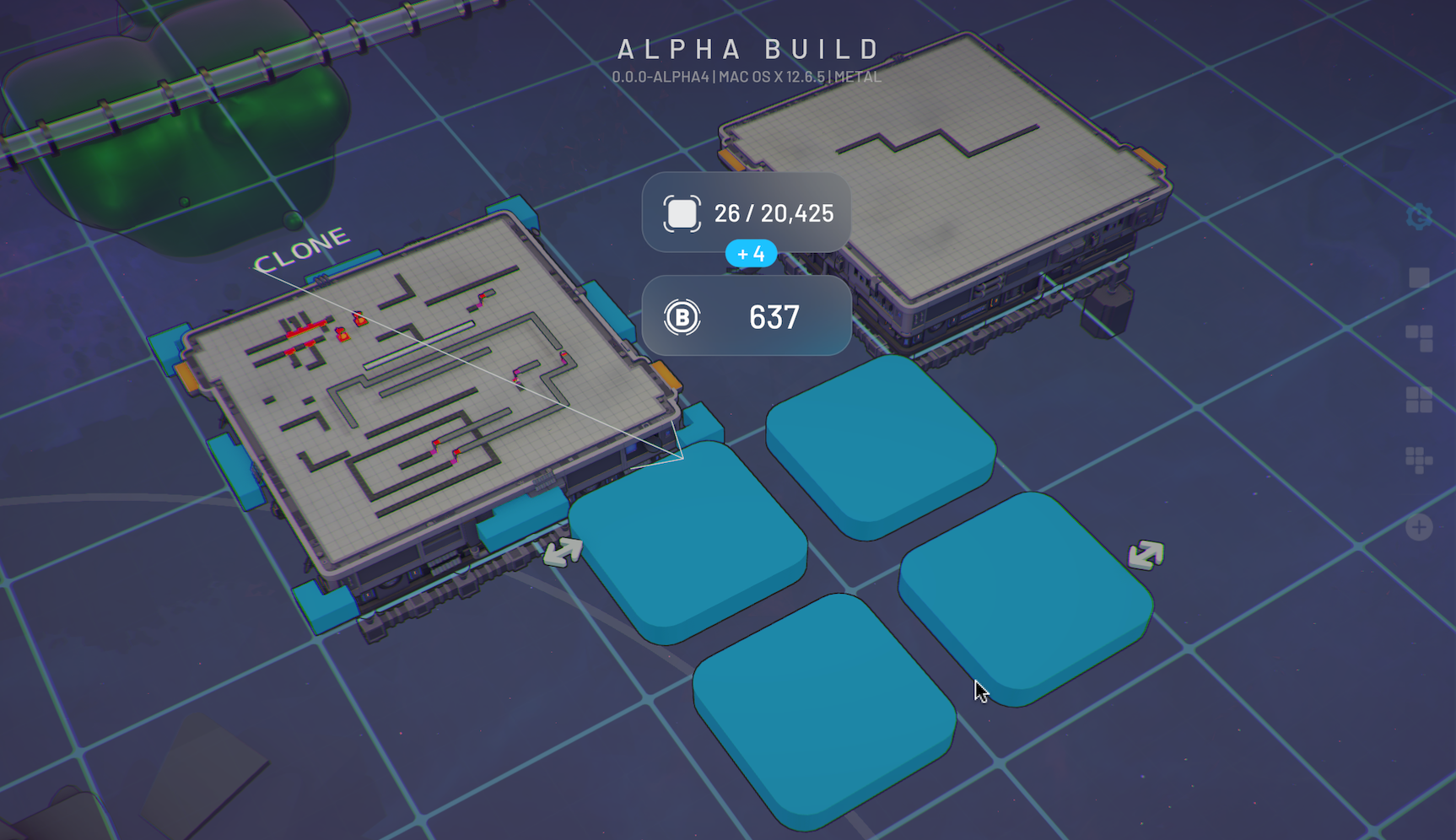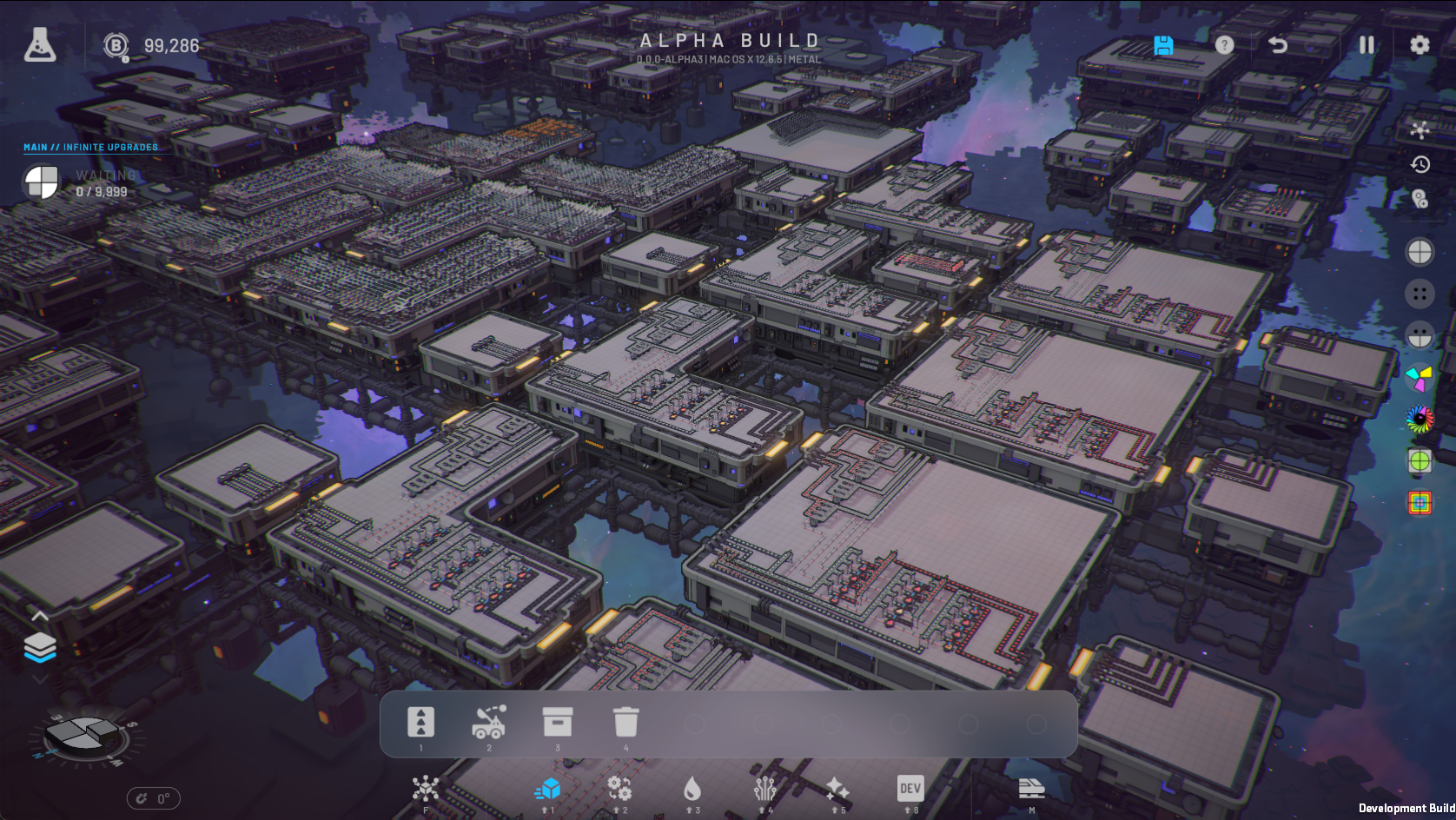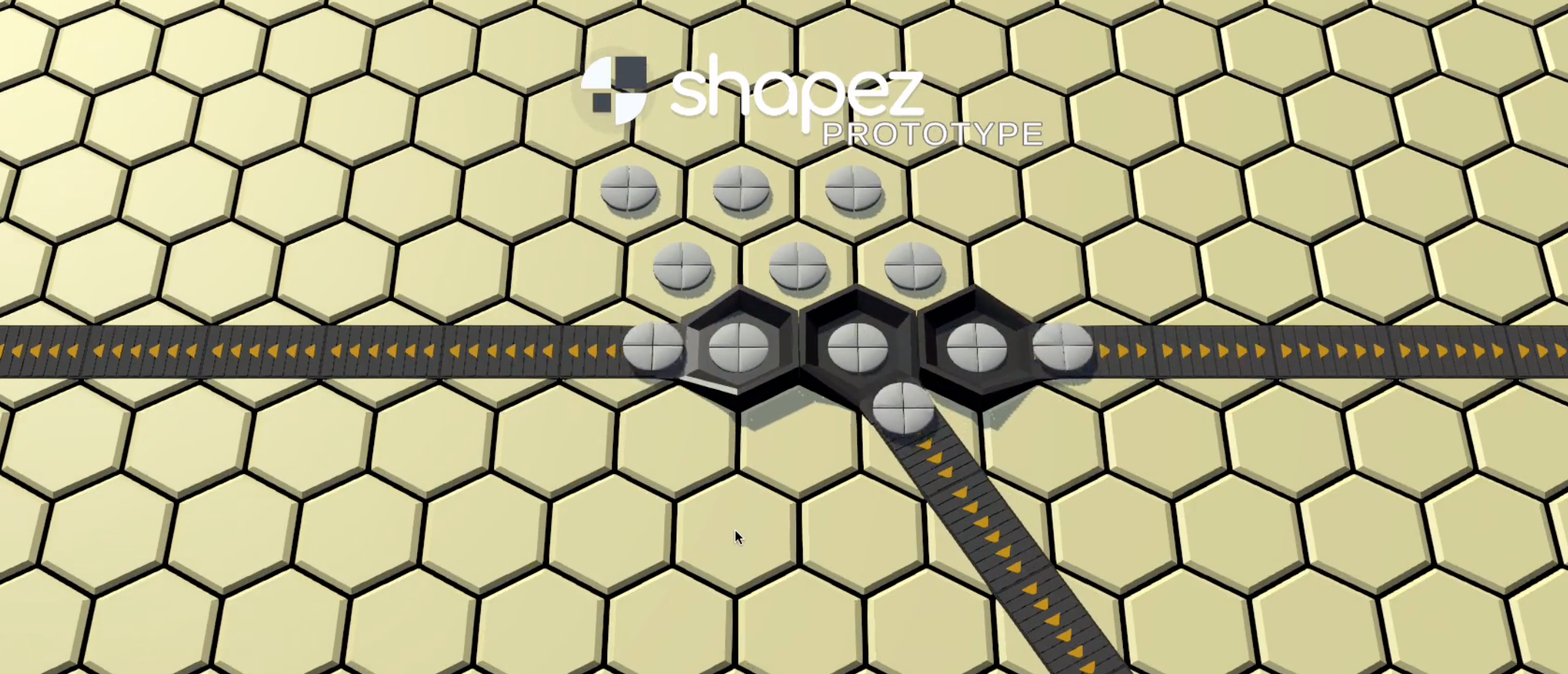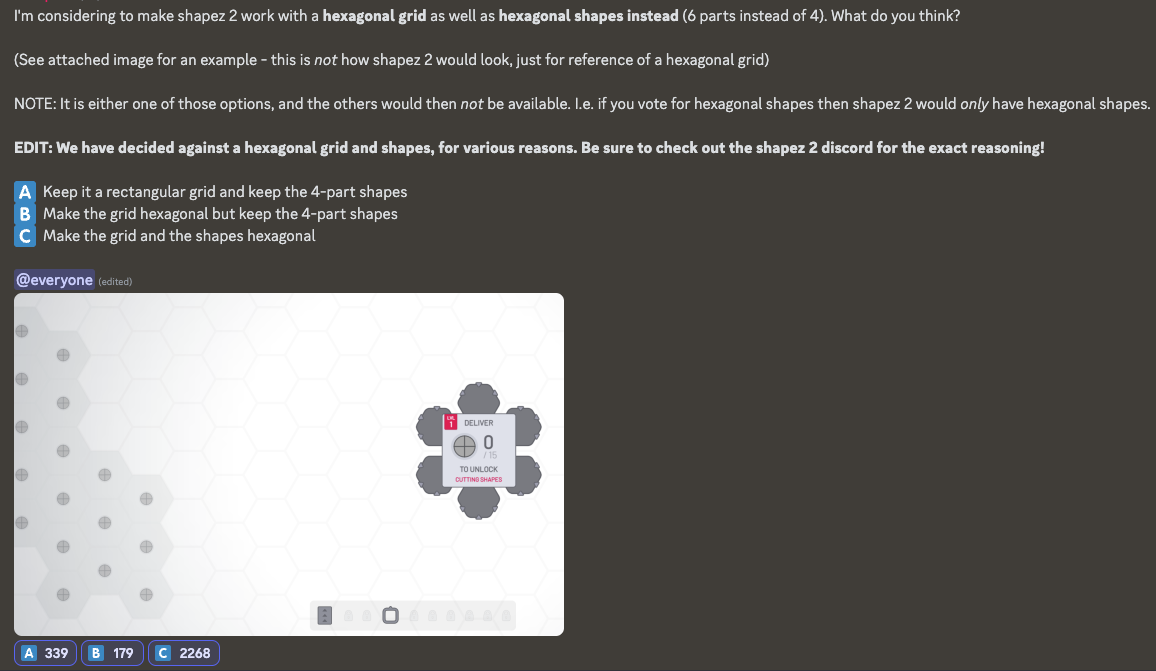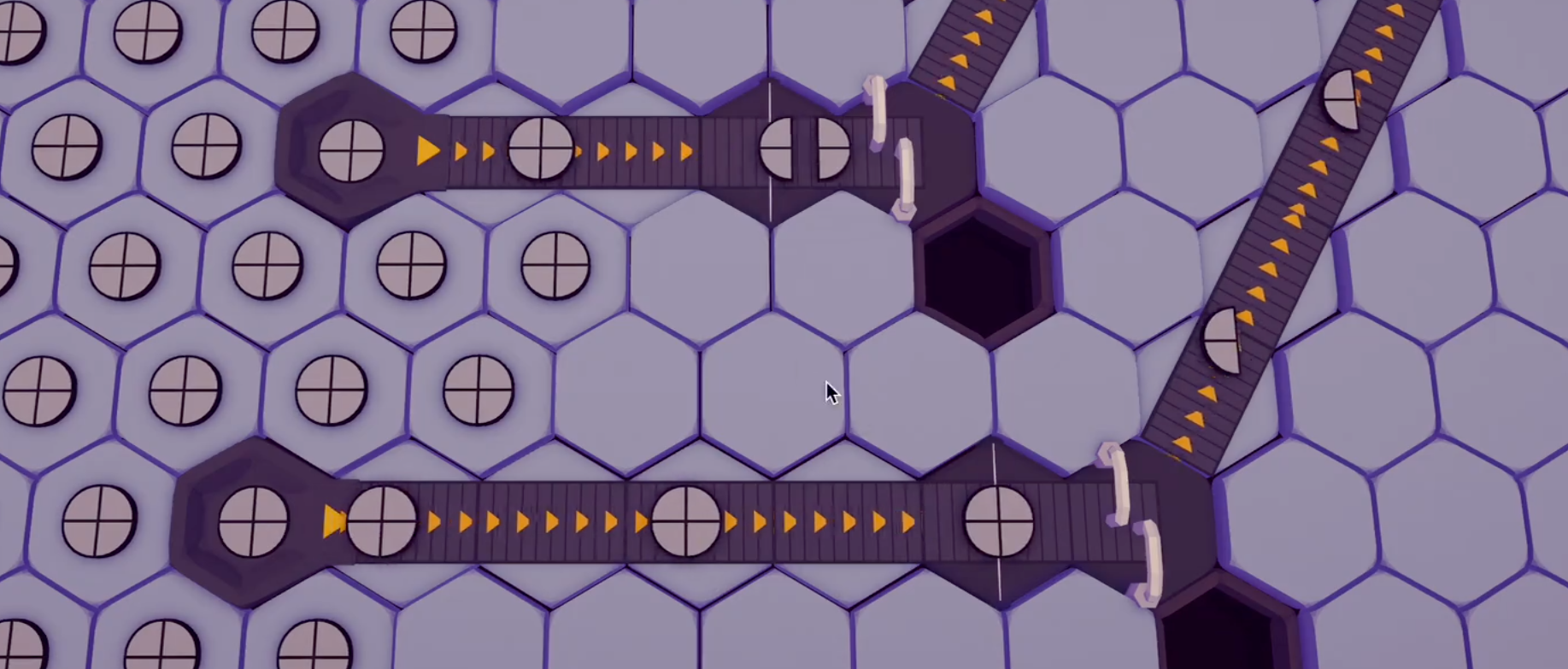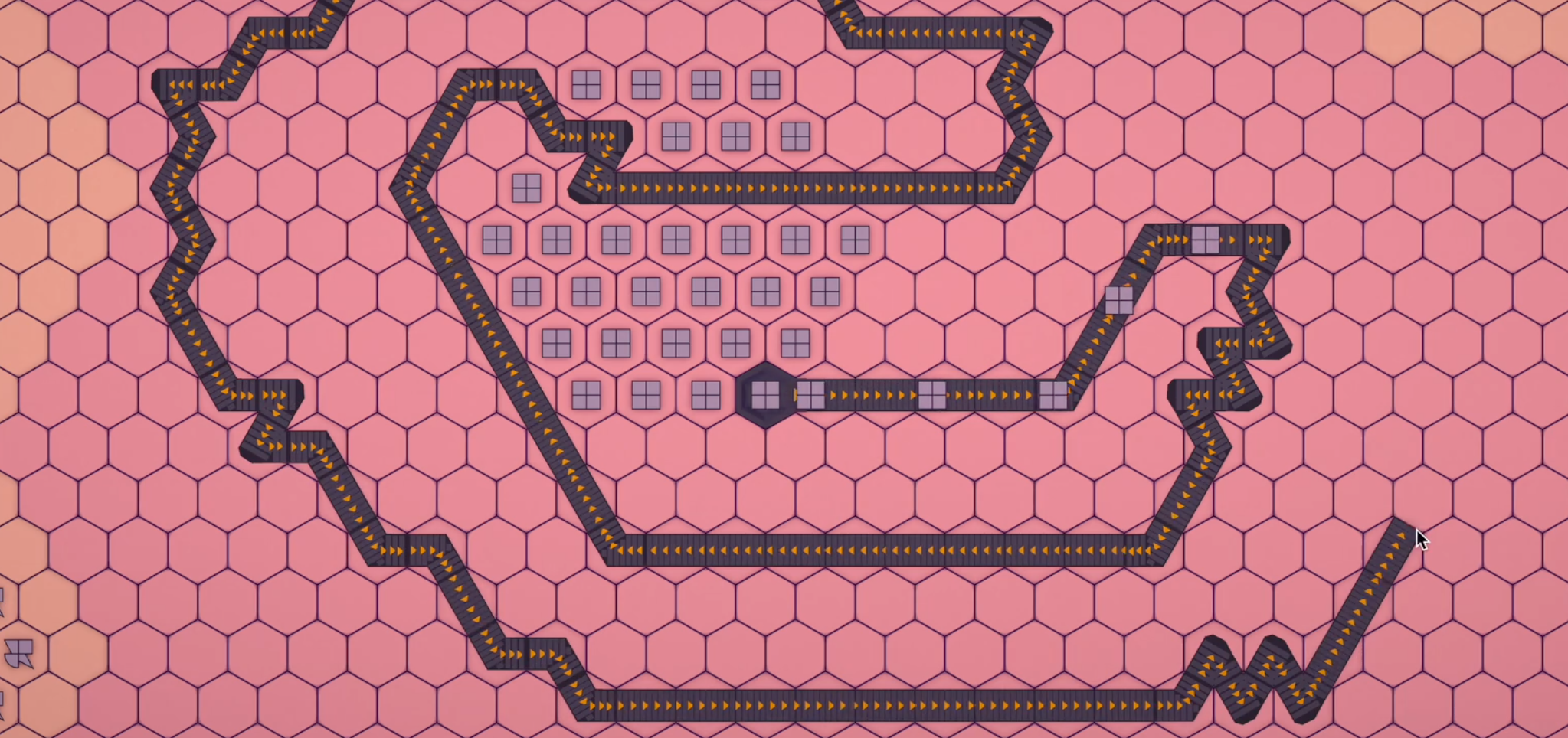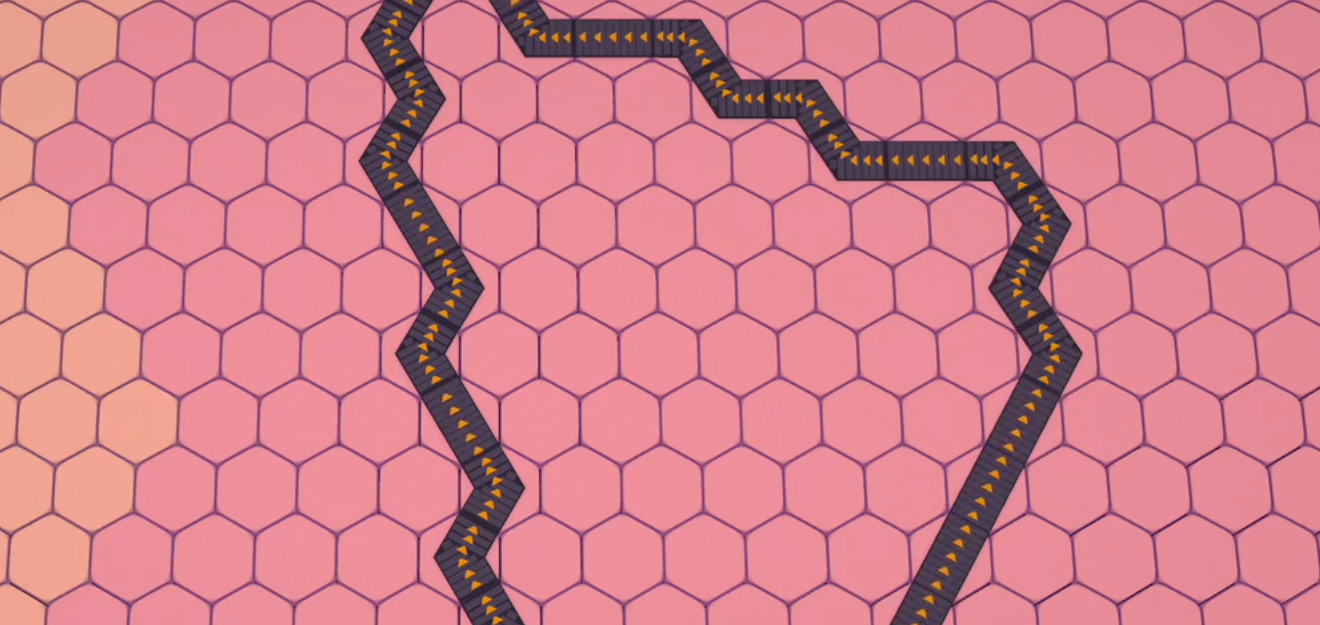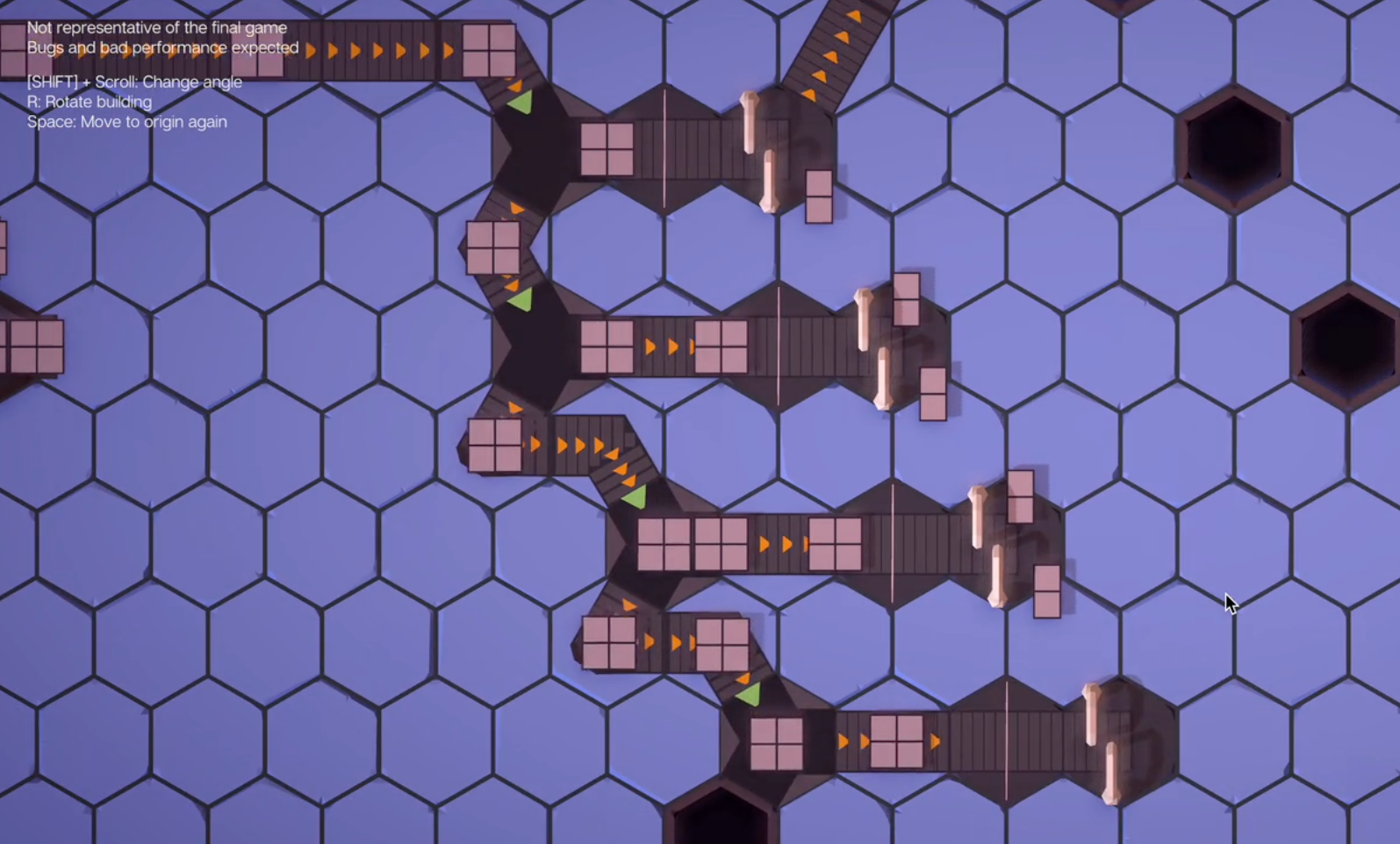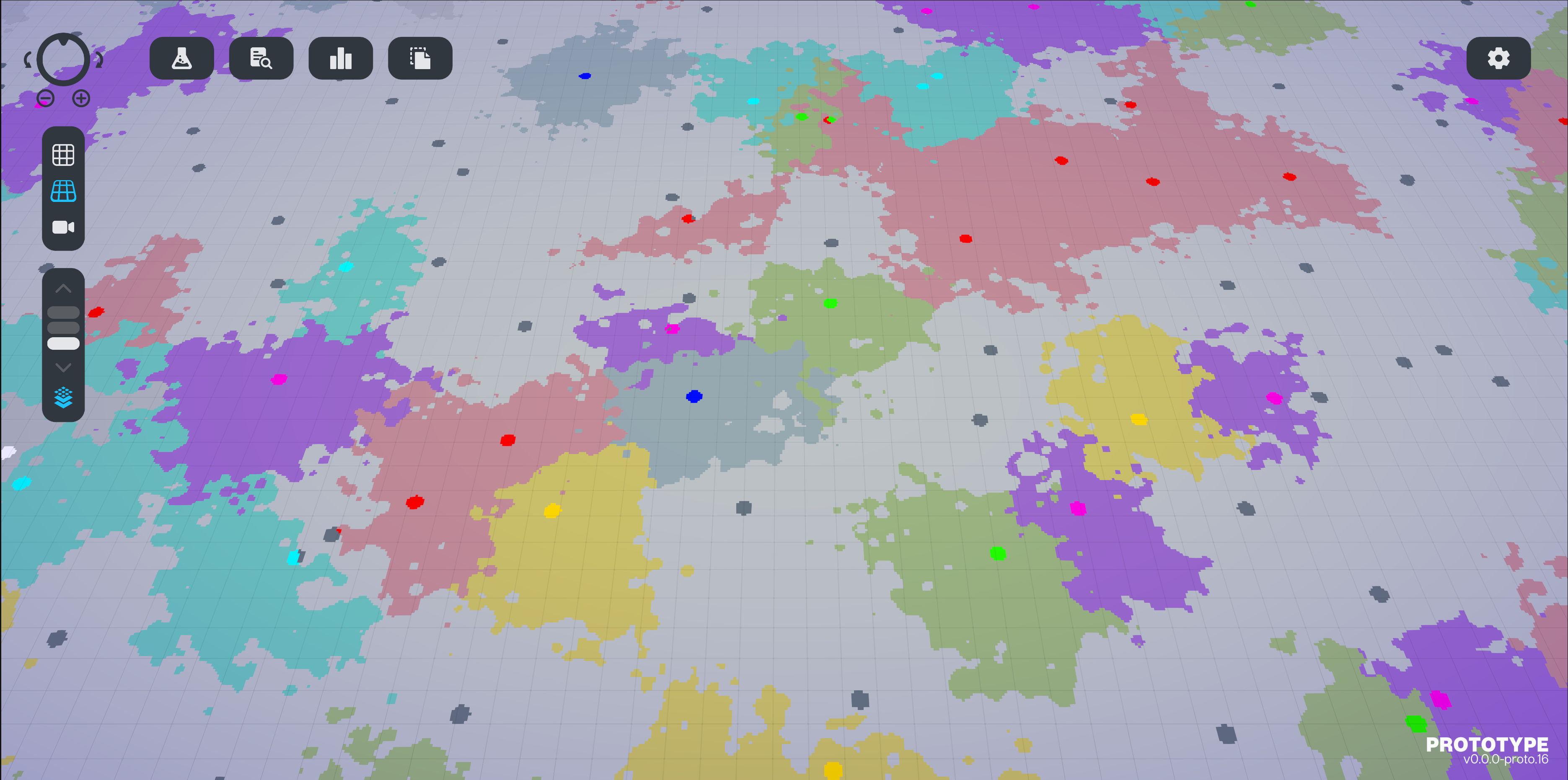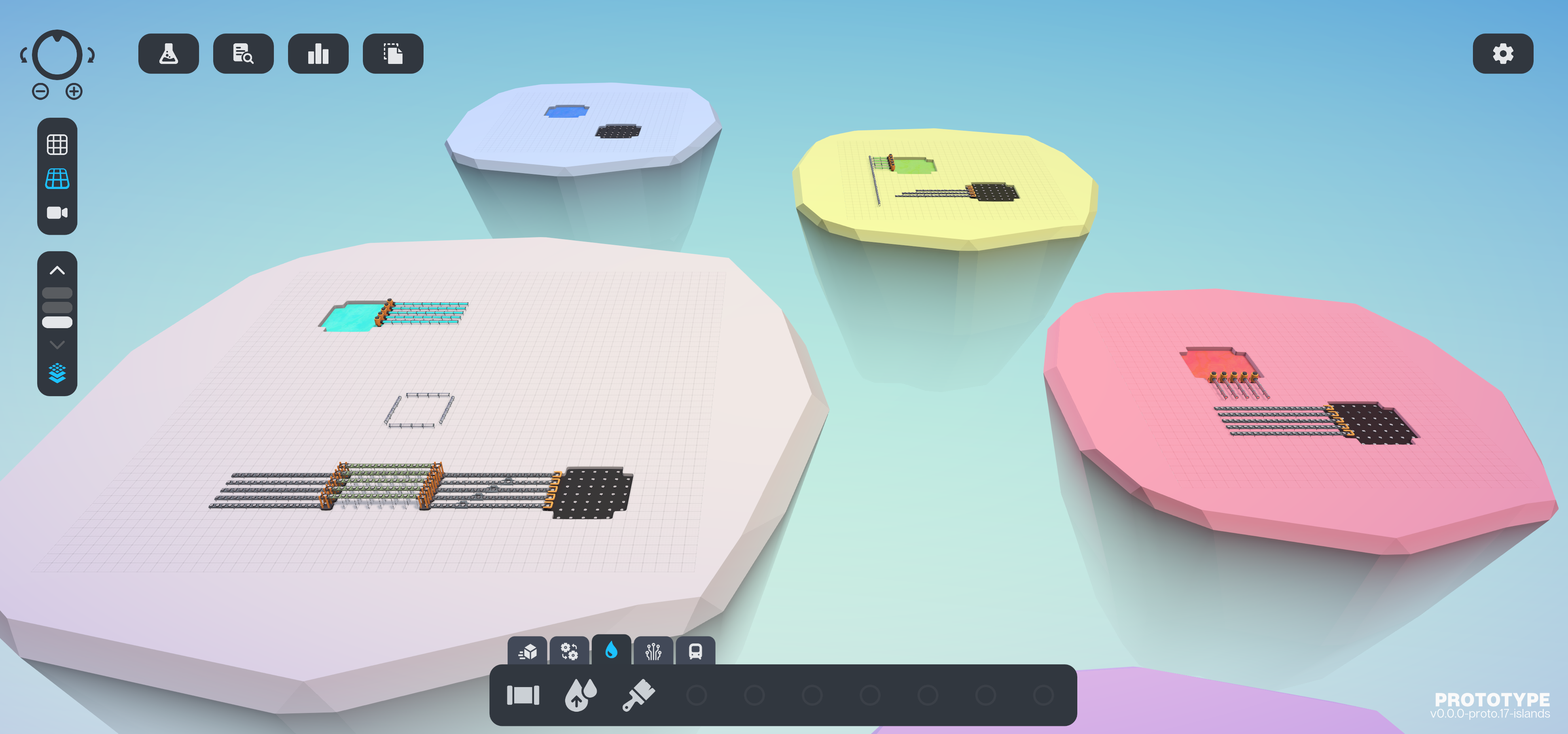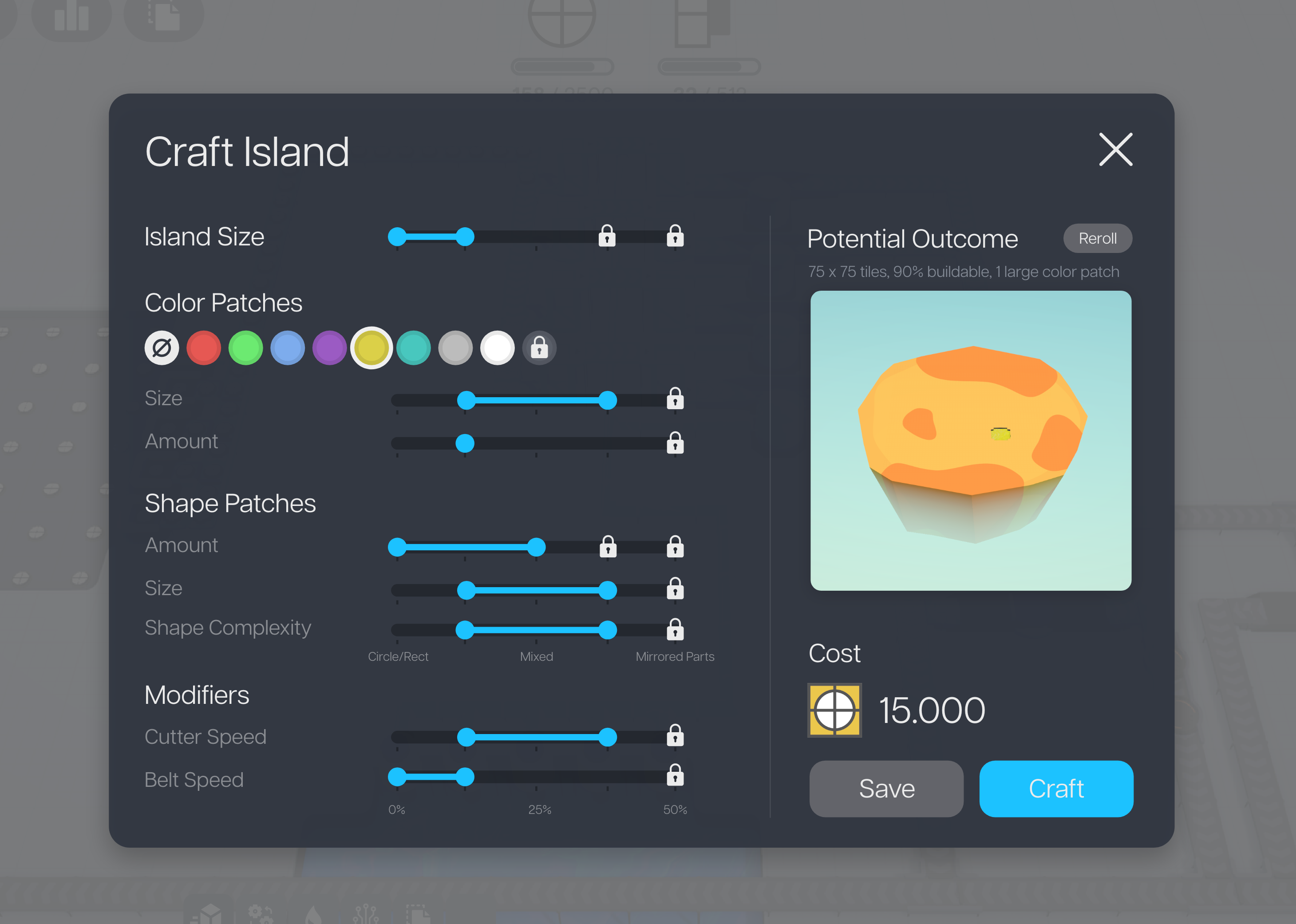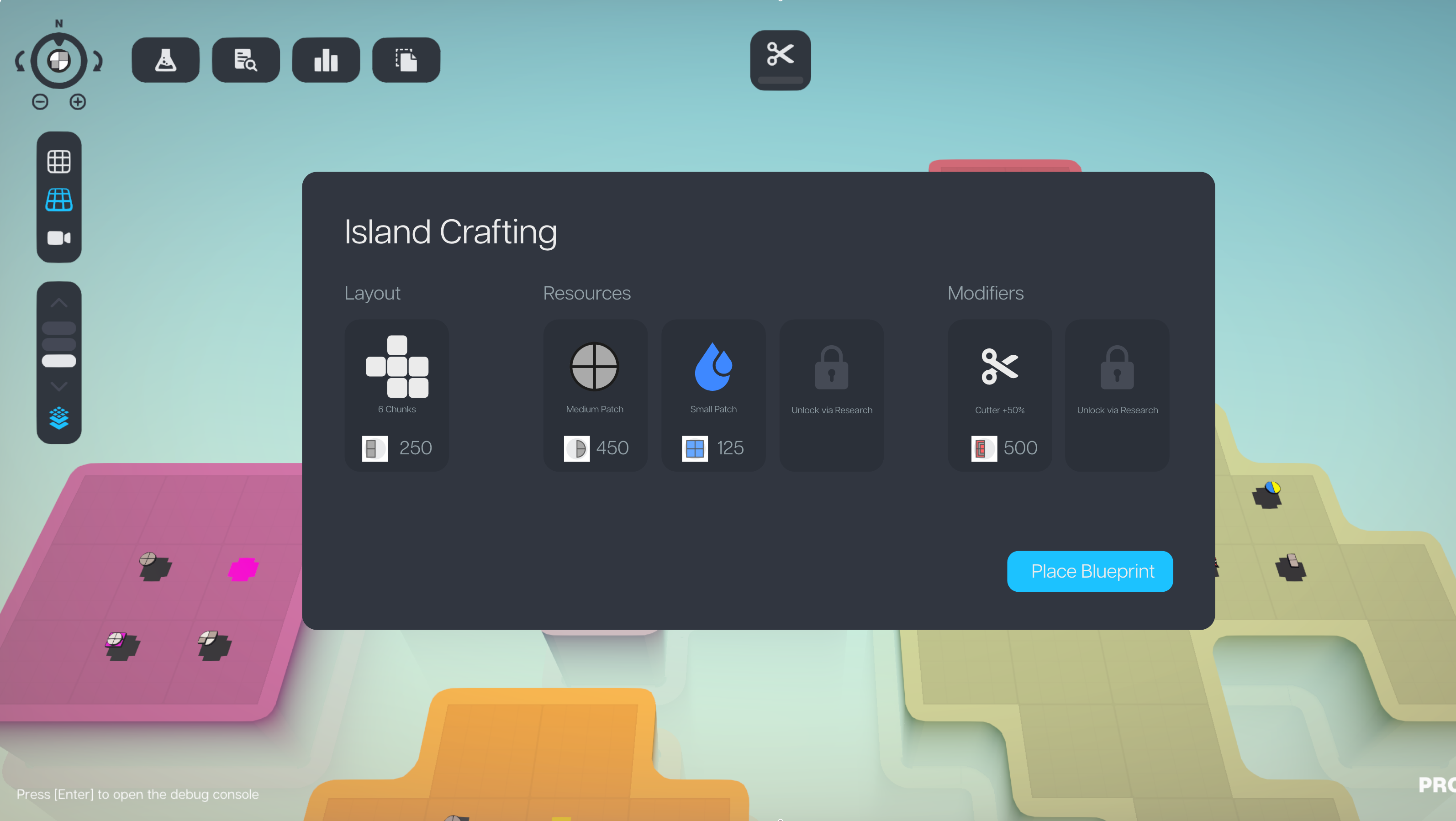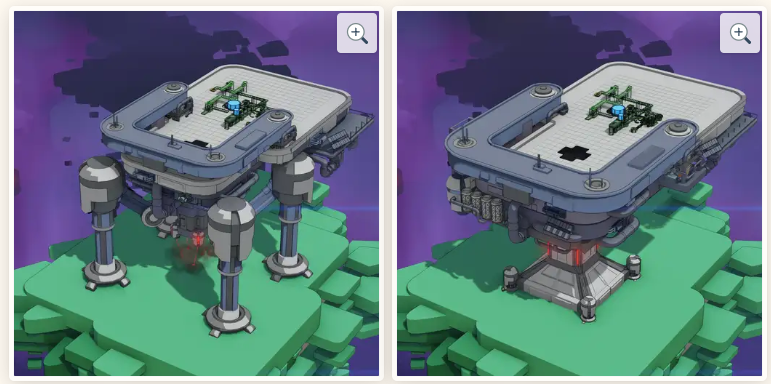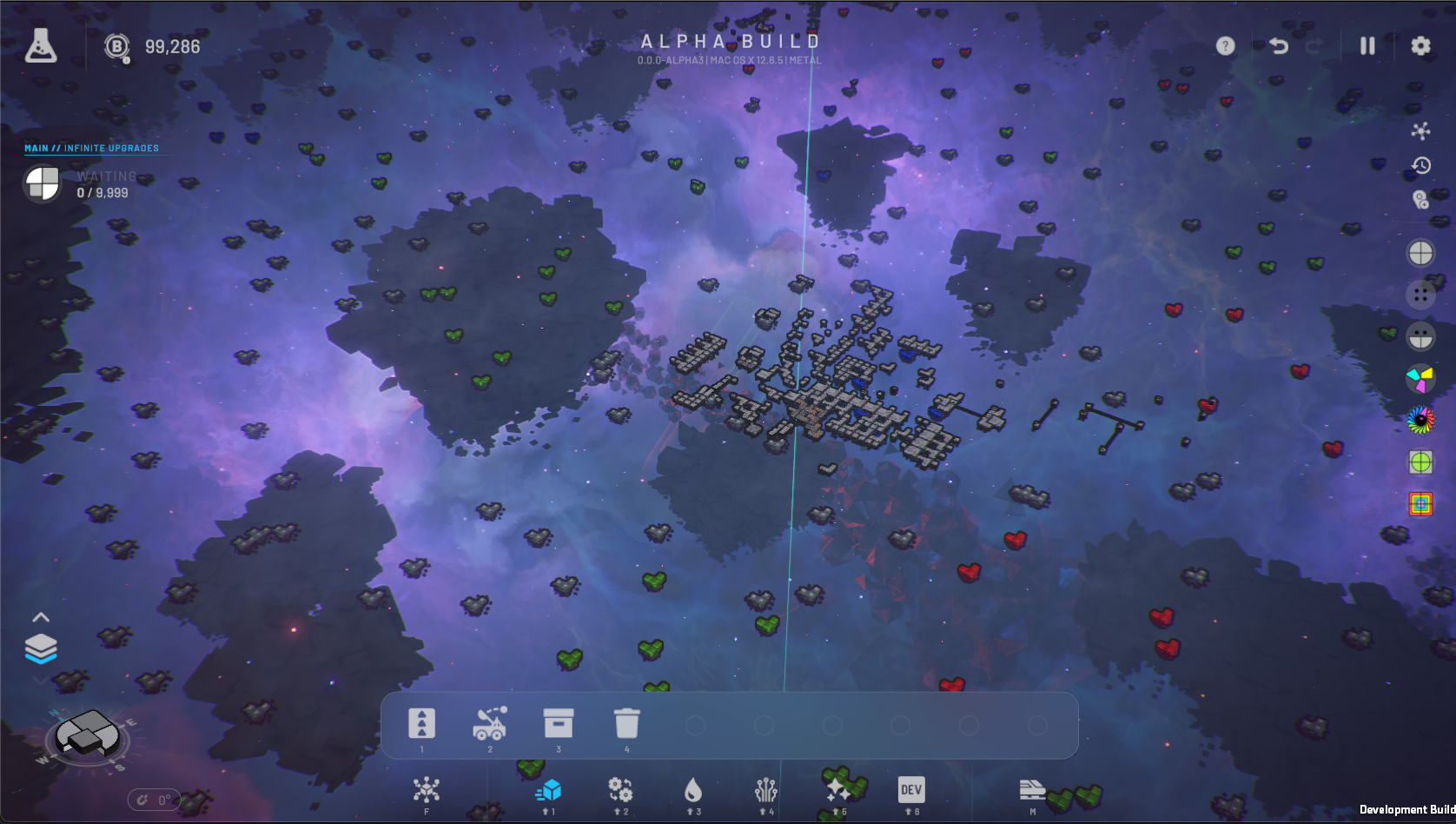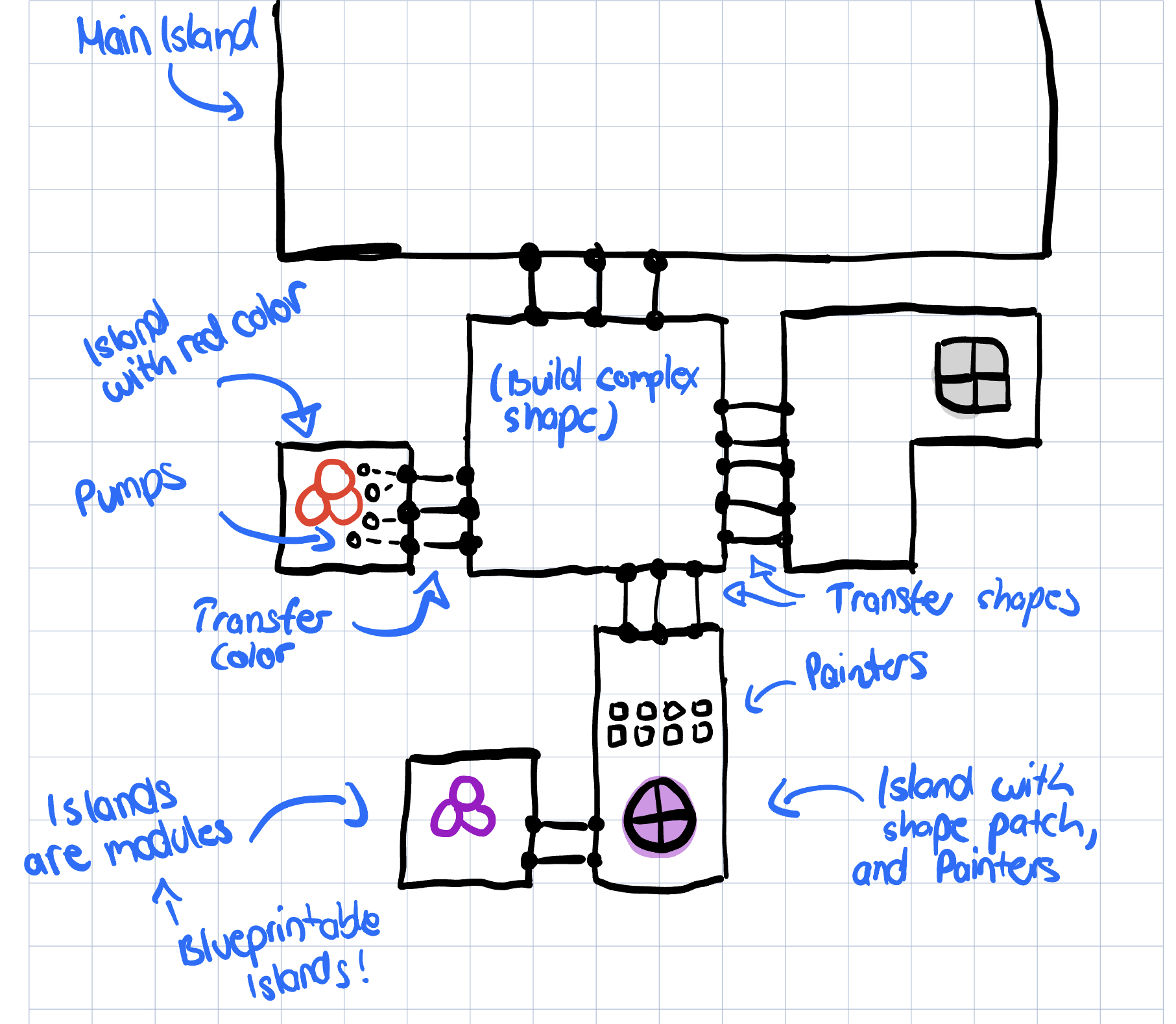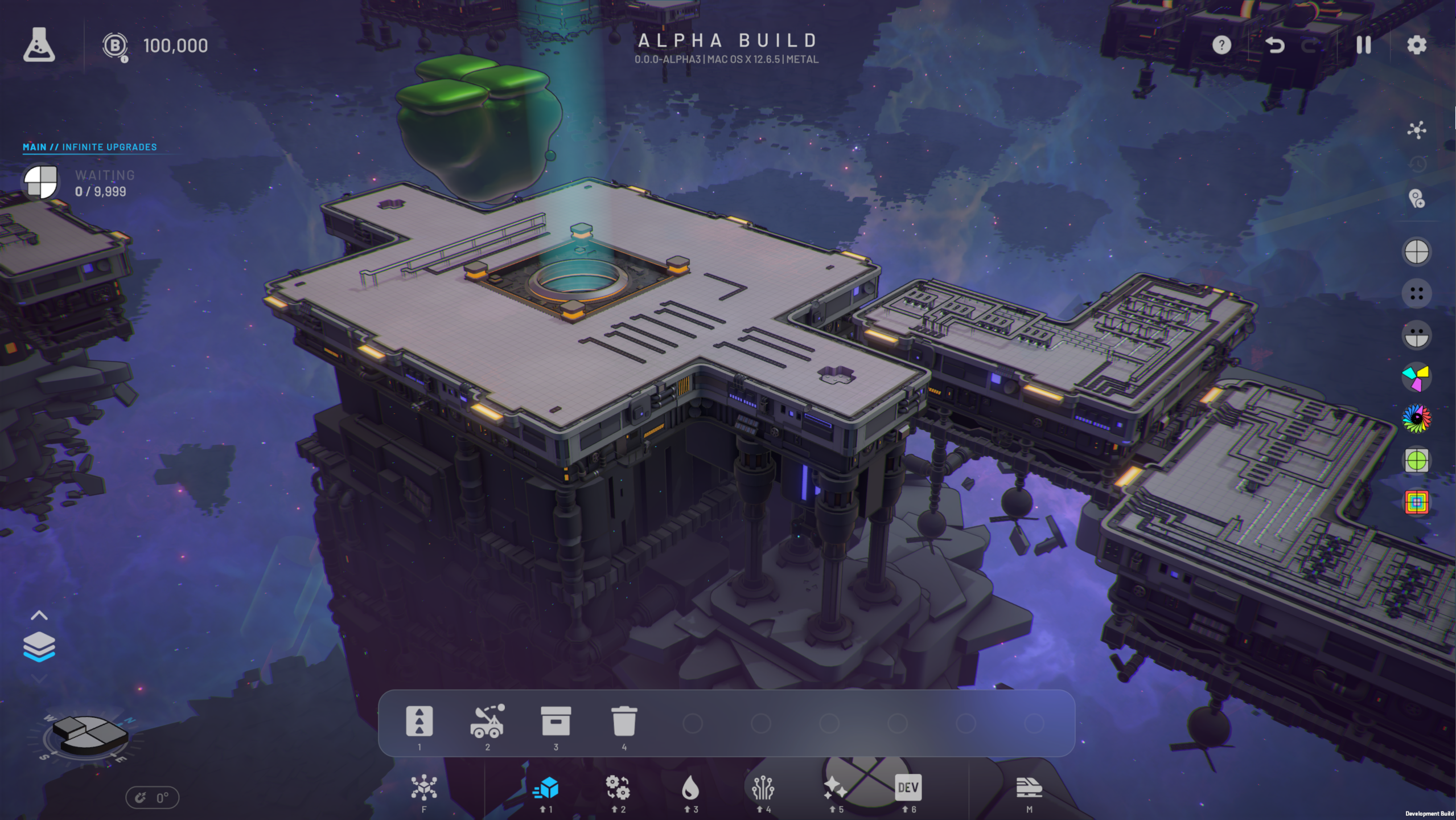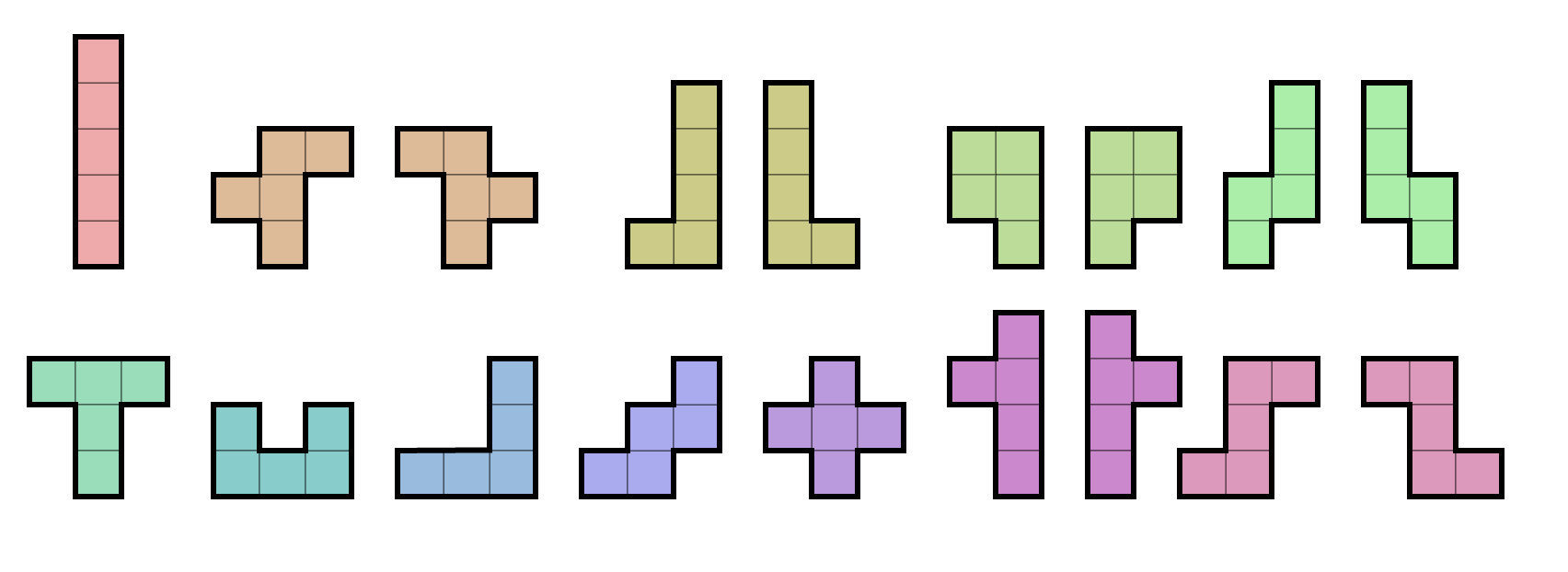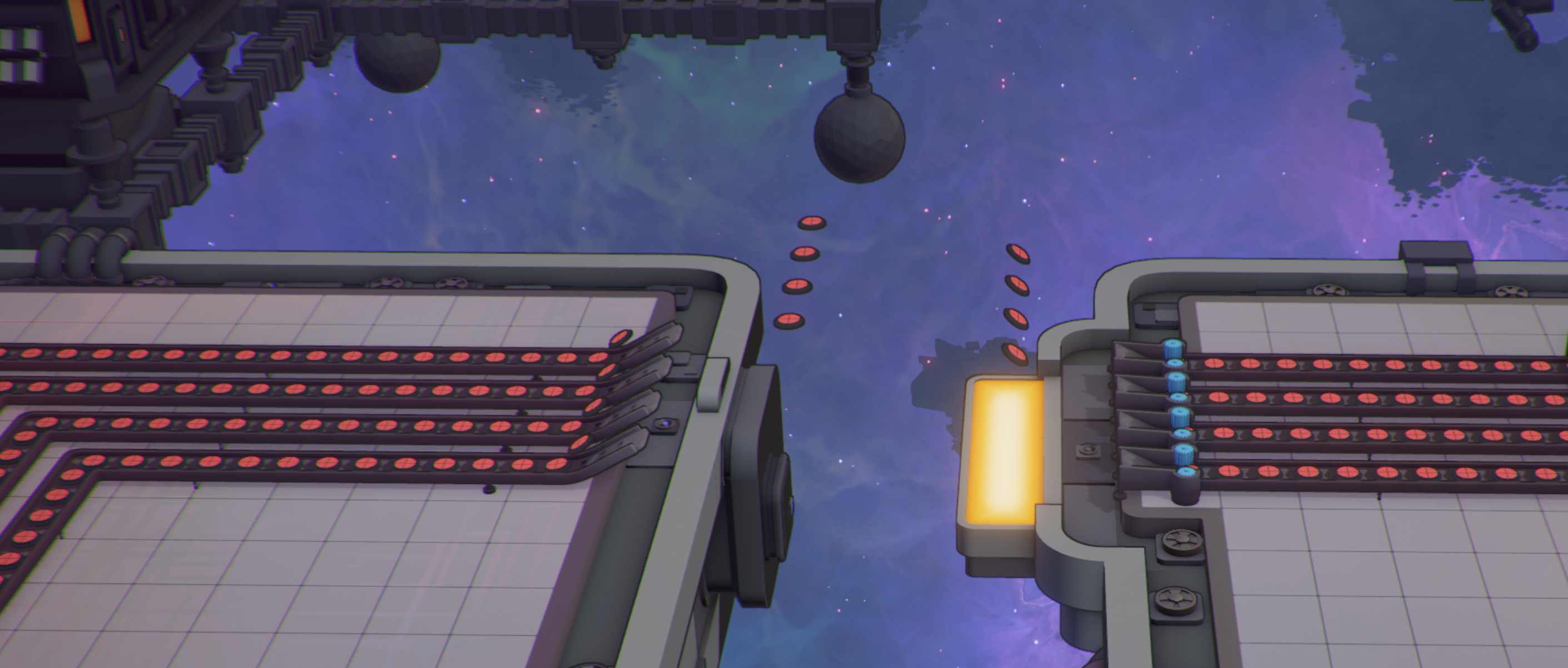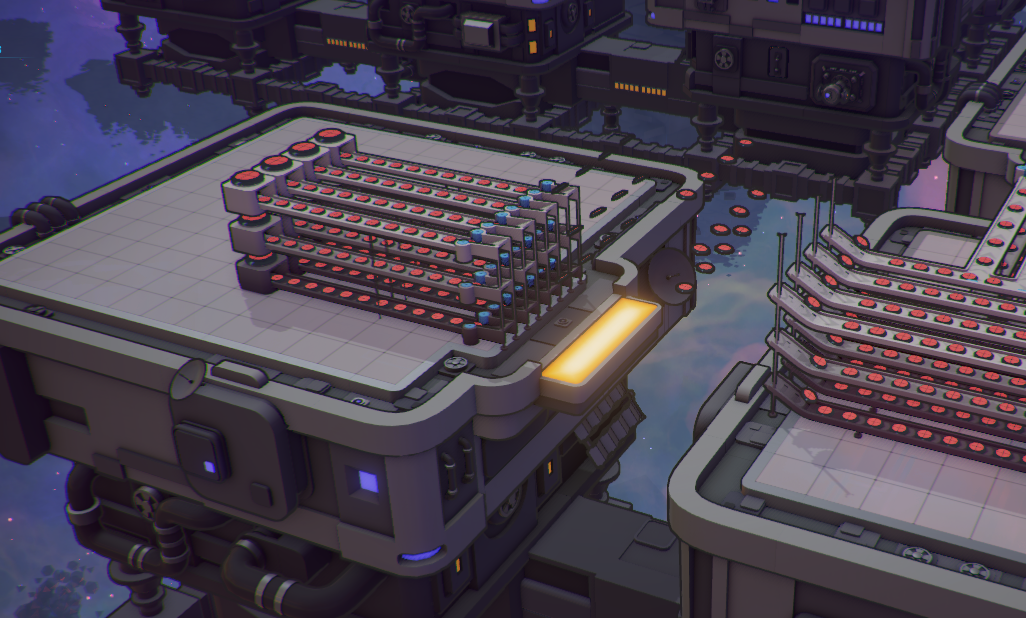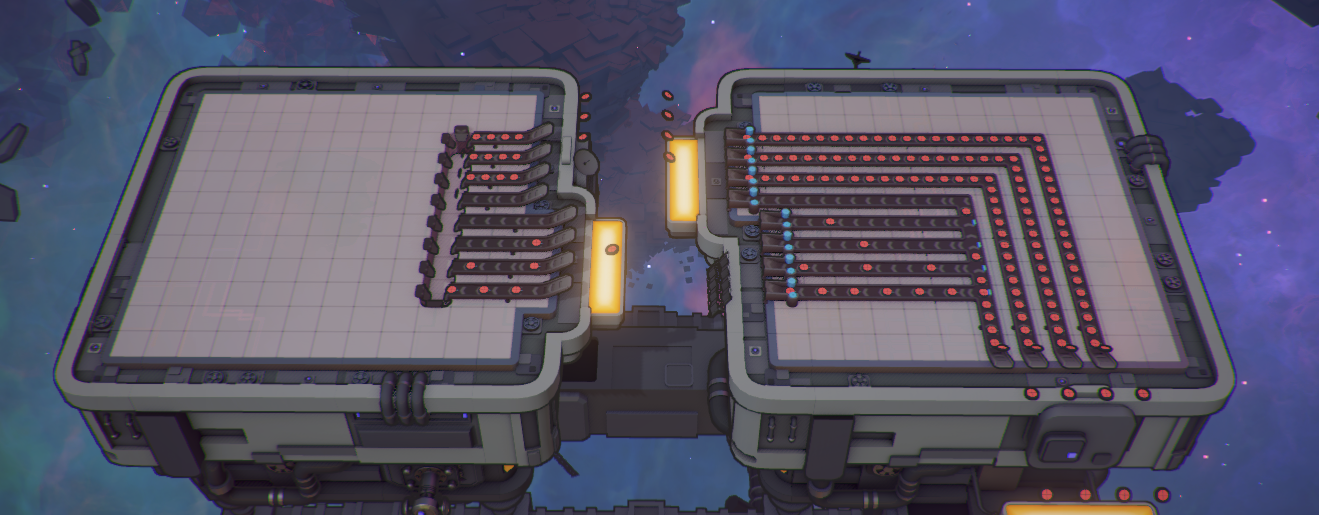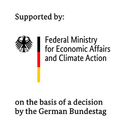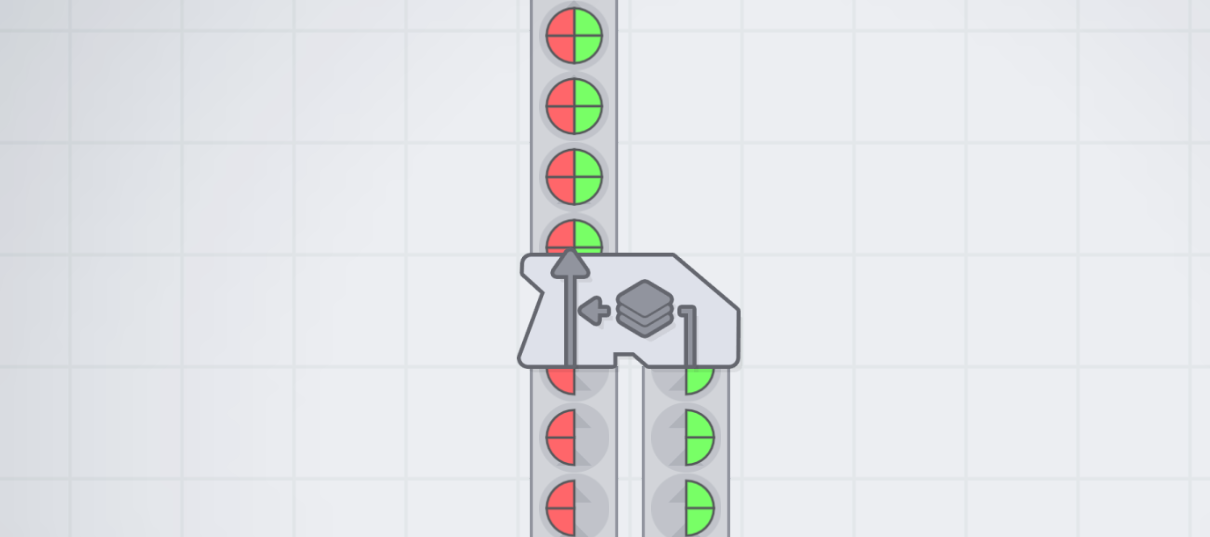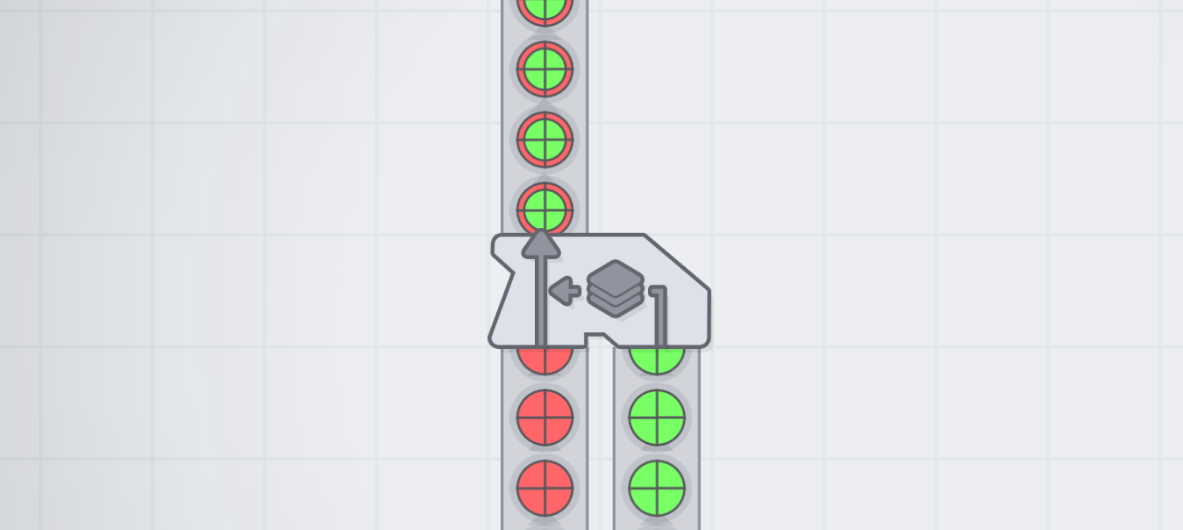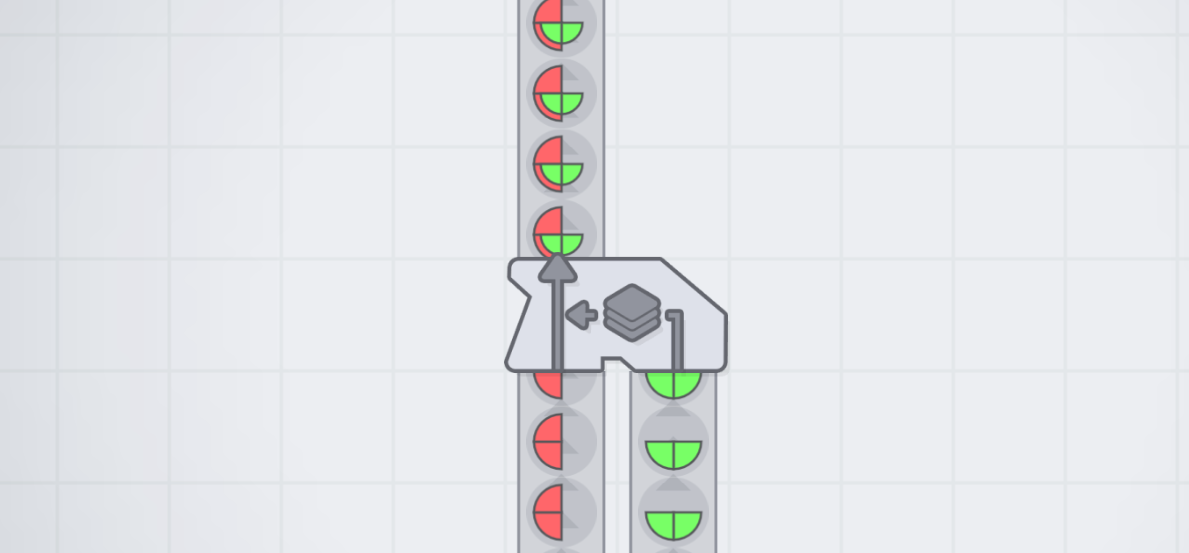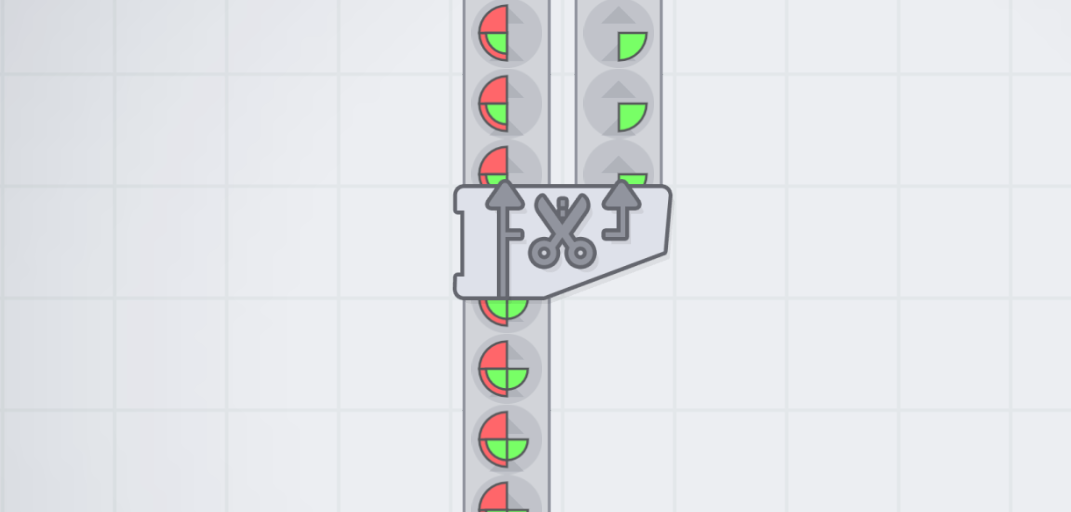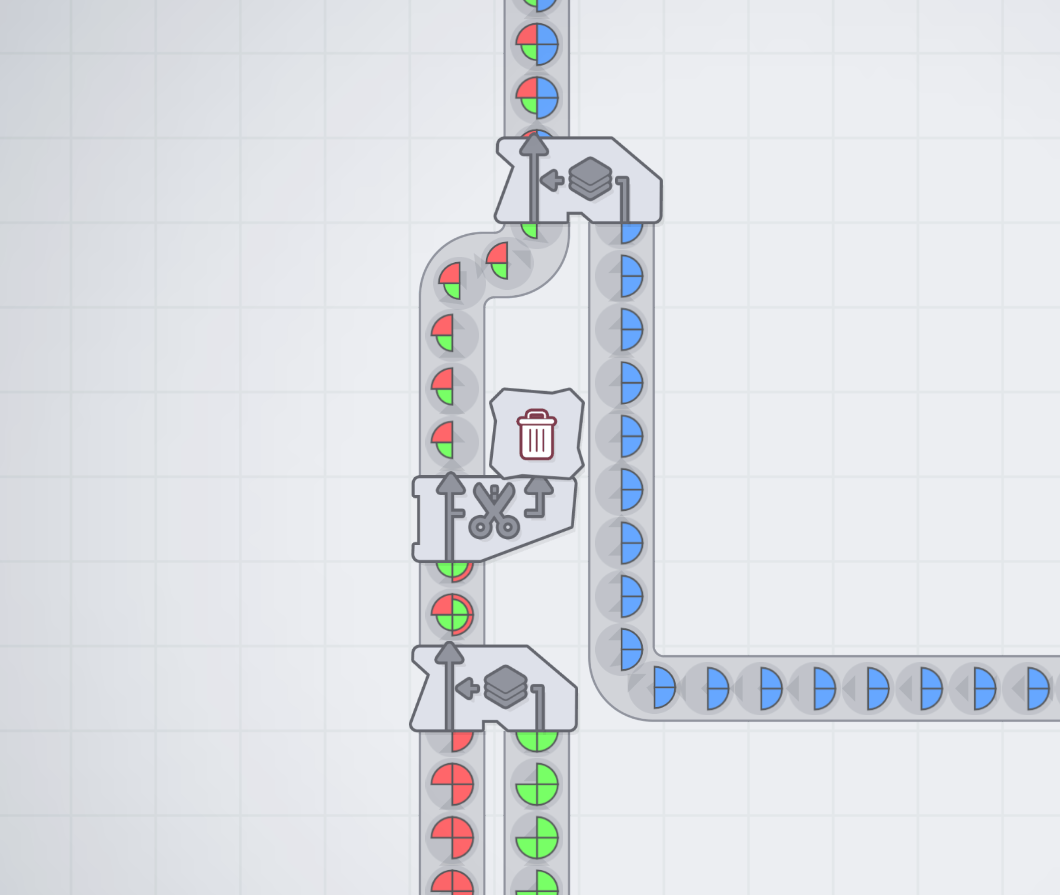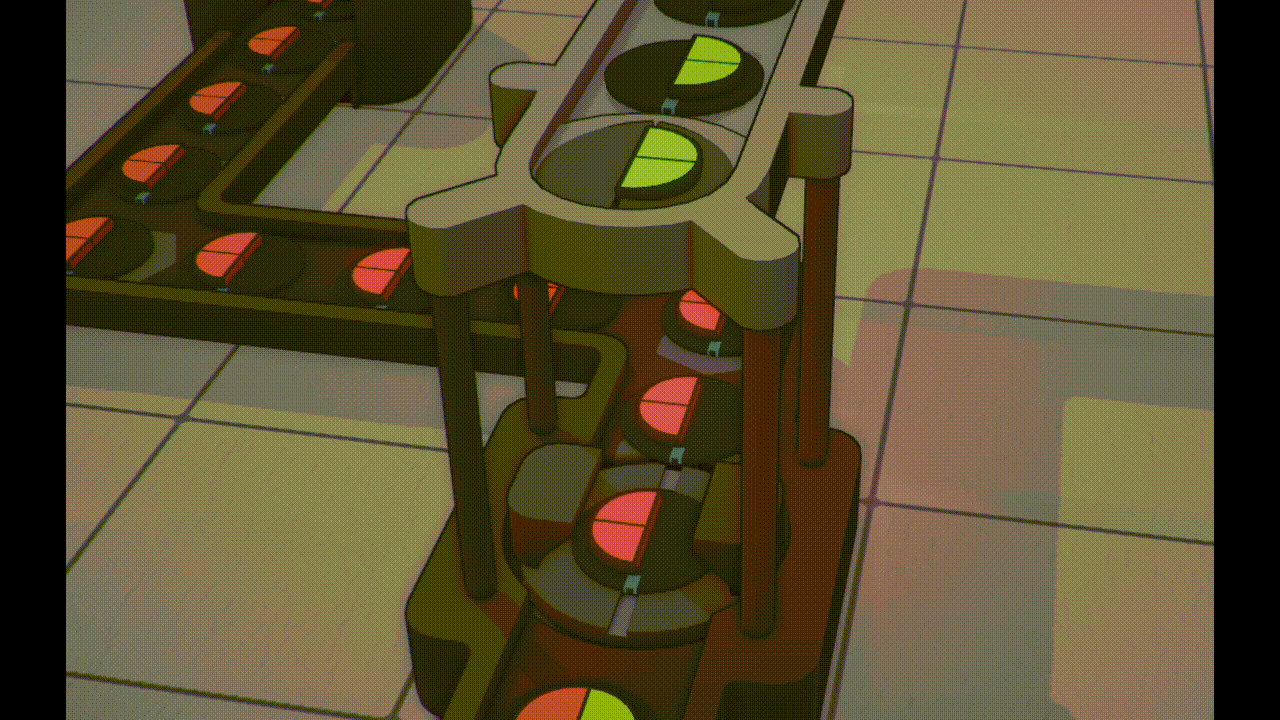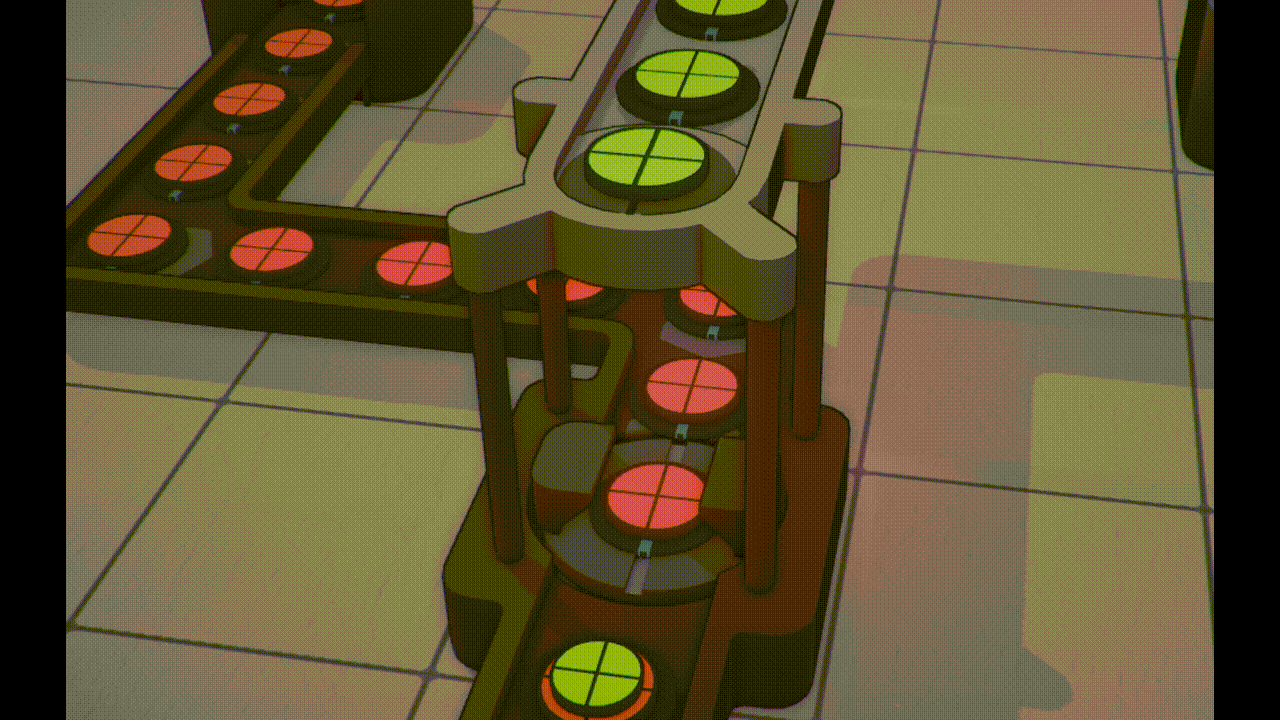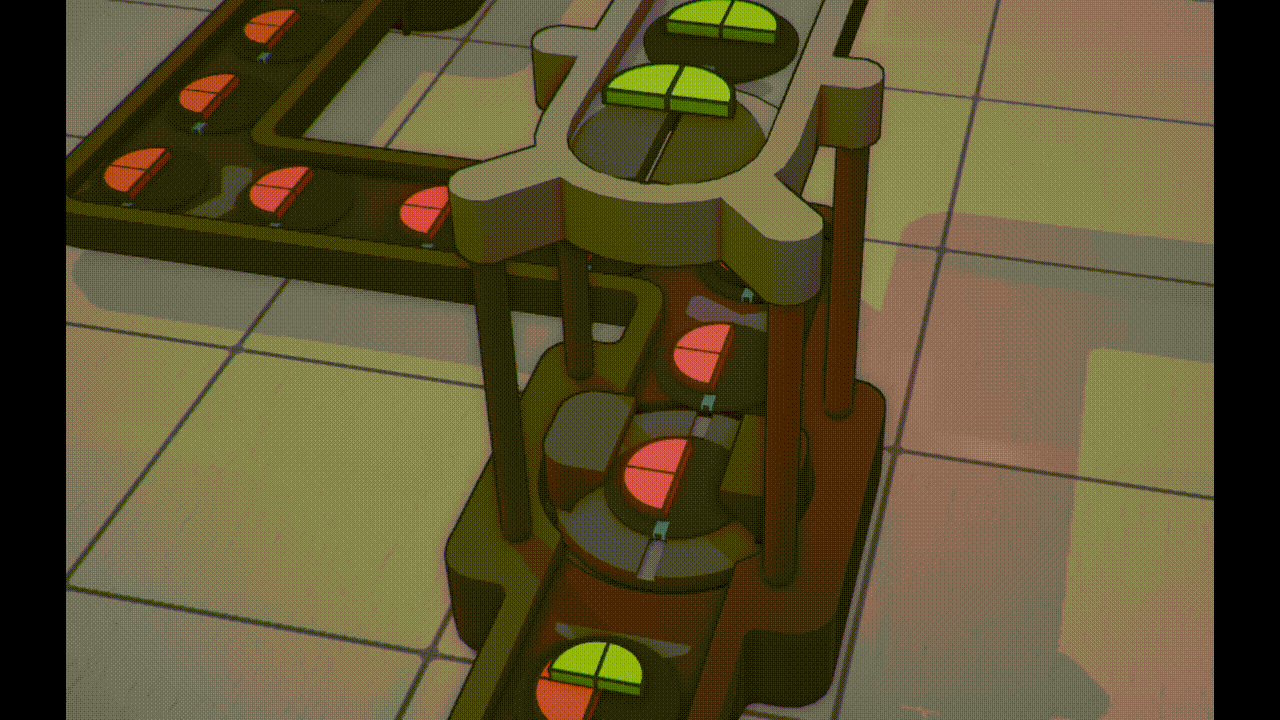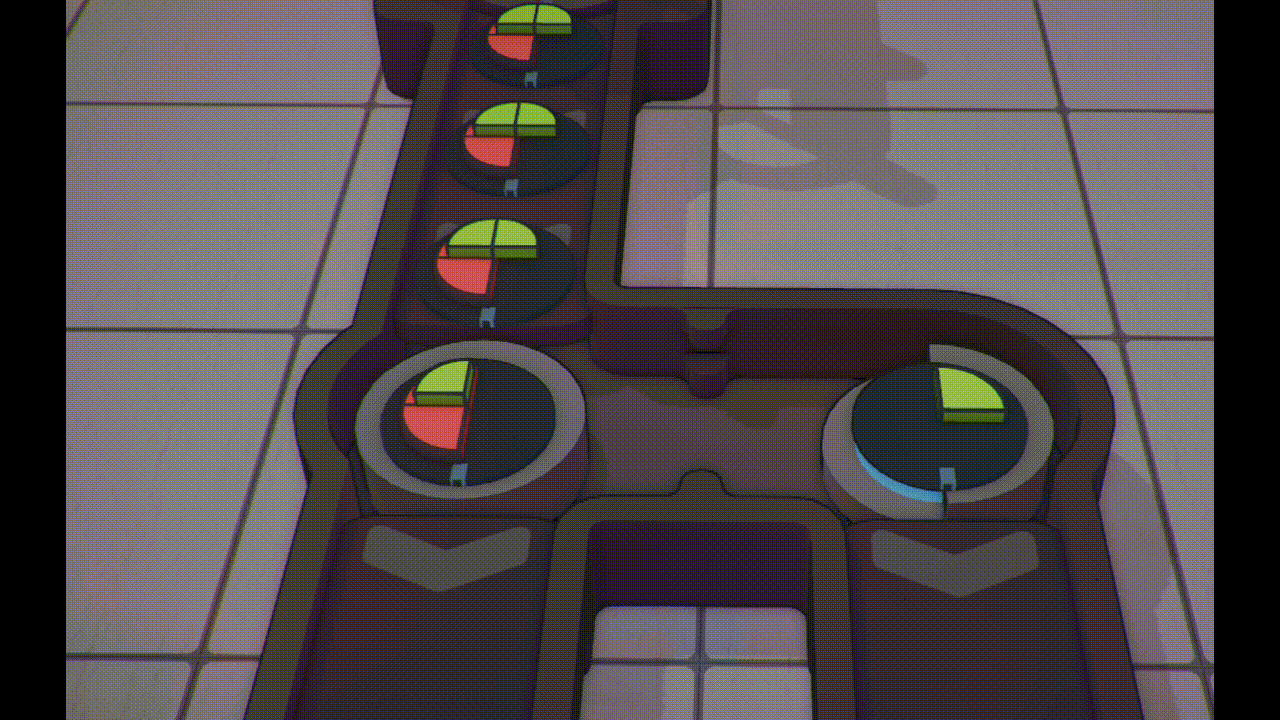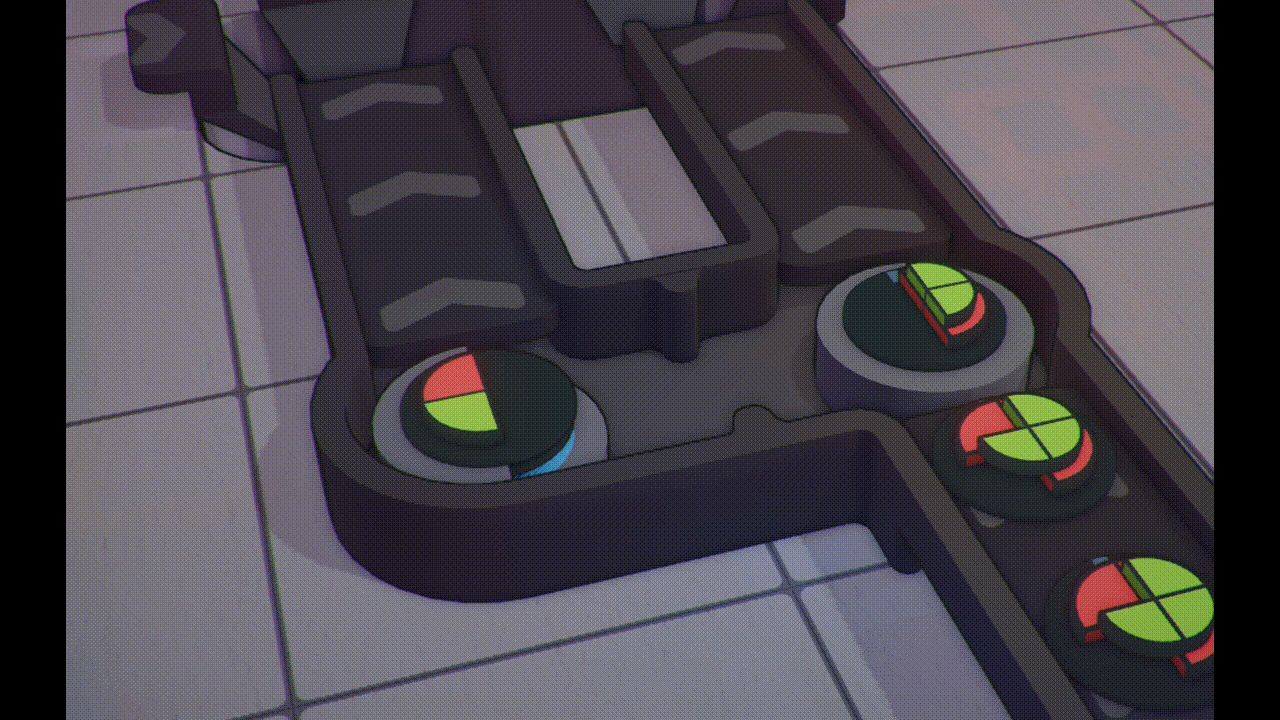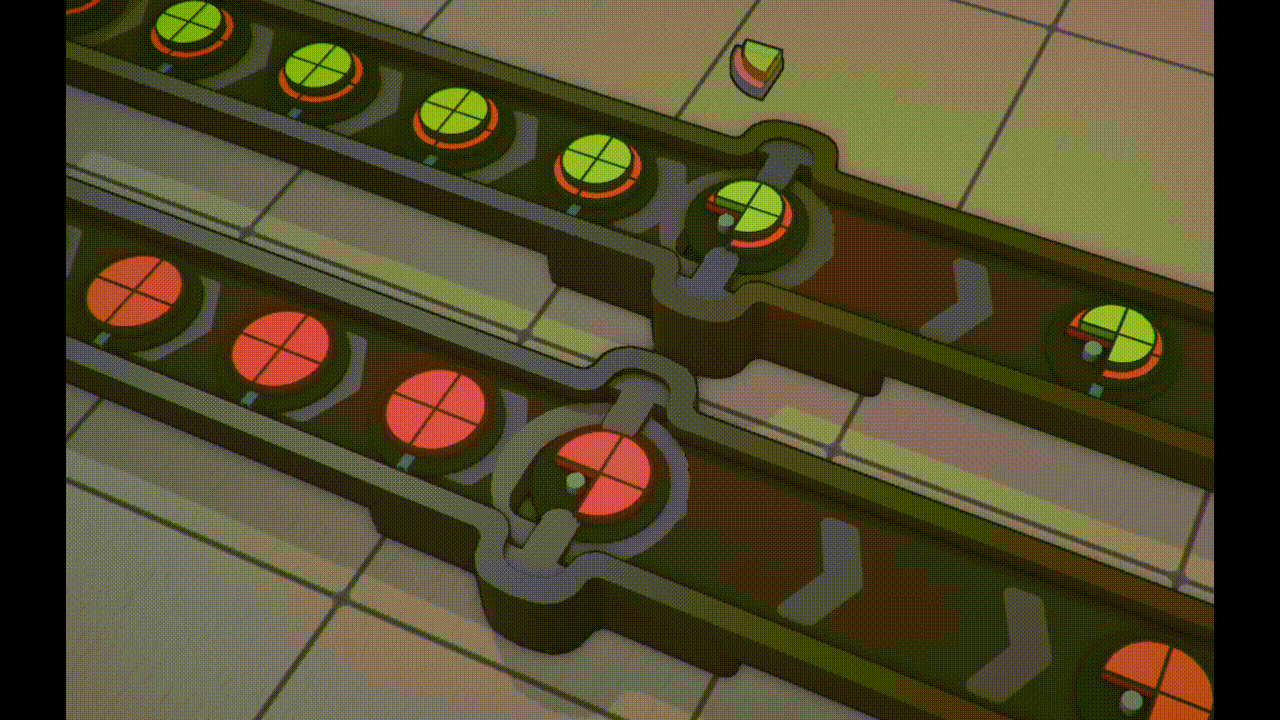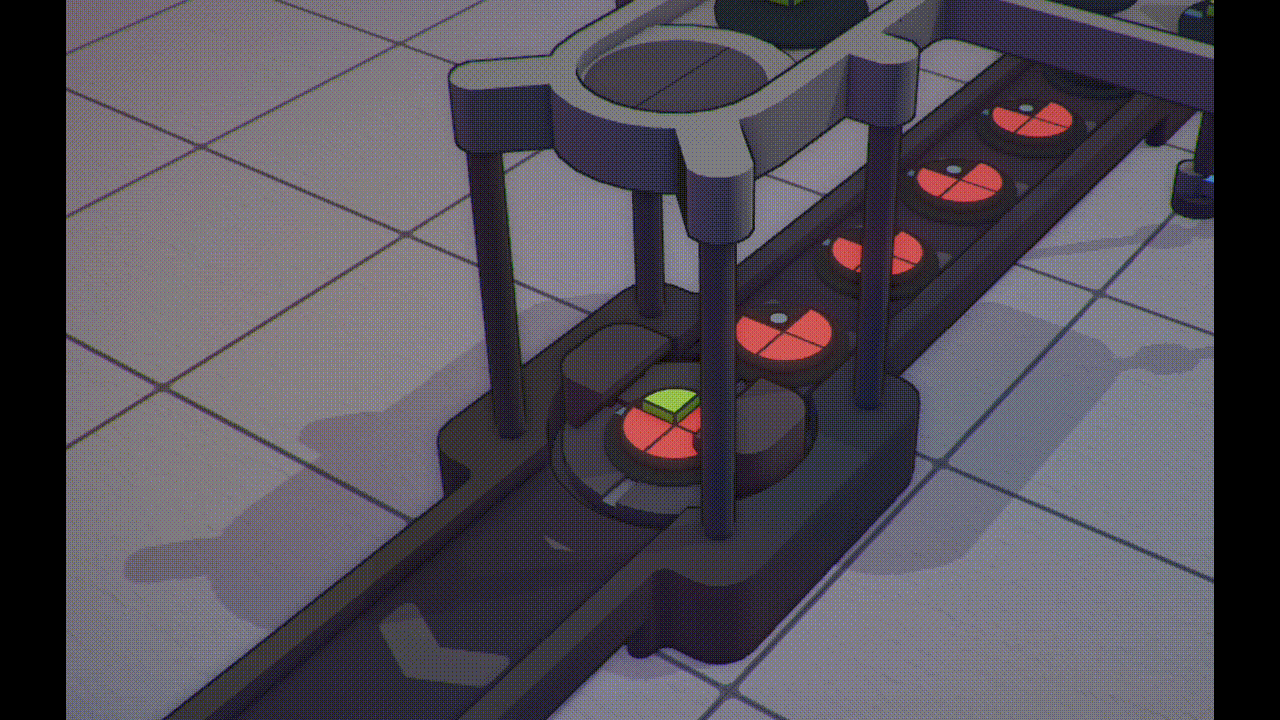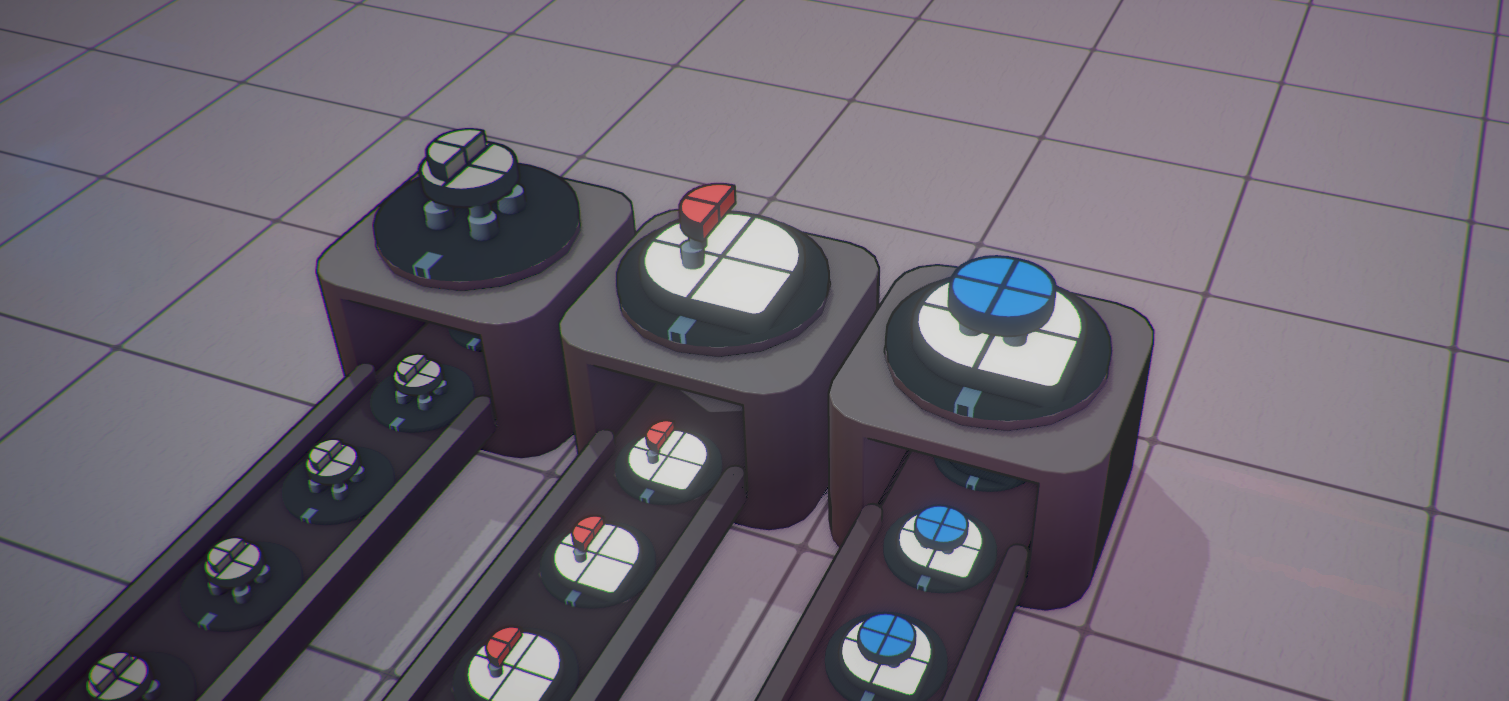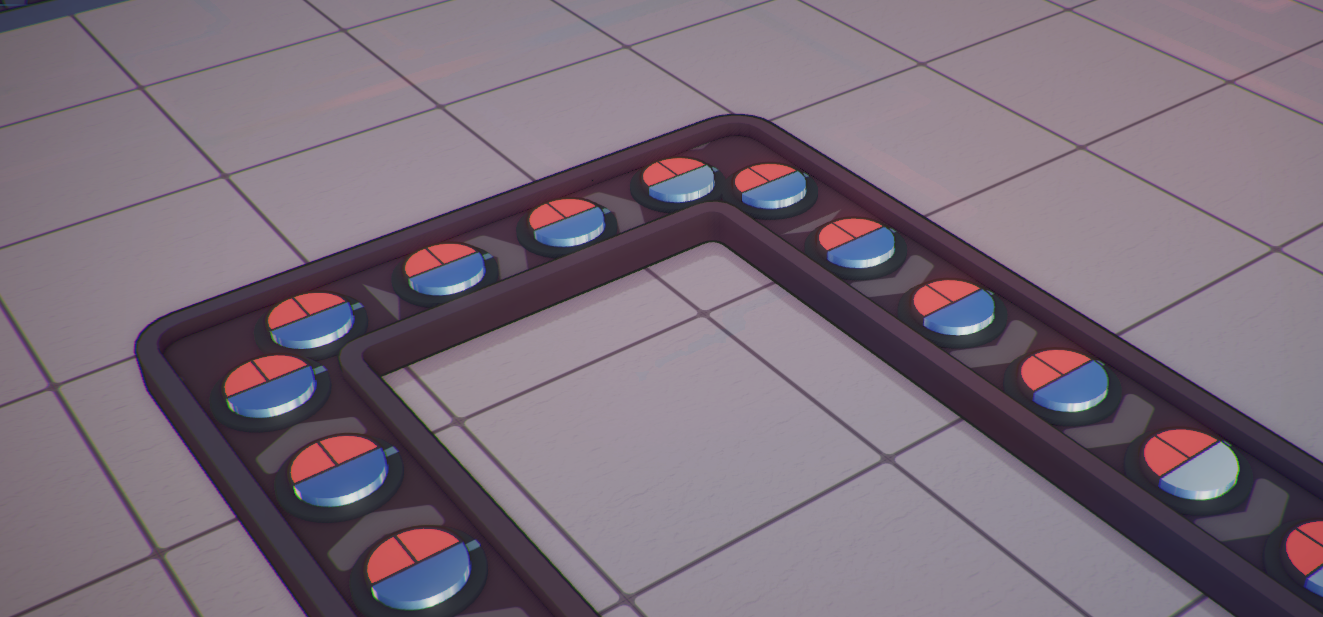
Sep 28, 2023
shapez - Jelle
Hey everyone!
It’s time for another progression blog. These past two weeks were all about visual improvements to the shapes, building and various menus & UI!
As per usual, make sure you wishlist shapez 2 here on Steam to support the development of the game! Following the game will also make sure you stay up to date with the latest news. Thanks!
https://store.steampowered.com/app/2162800/shapez_2/
Since Devlog 008, we have released two new Alphas! Patreon Supporters gained access to Alpha 9 last week, with all-new progression, research UI, new visuals, massive performance improvements and much more! If you’d like to get your hands on the latest Alpha version, consider supporting us on Patreon.
So, what have we been working on the past month? Let’s talk you through the highlights.
We made a couple of changes to the general look of all shapes in the game. The sides of shapes are now solid black and the height of every layer has been lowered. This will make shapes with many layers a lot less tall and clunky than before.
Be sure to let us know what you think about these changes!
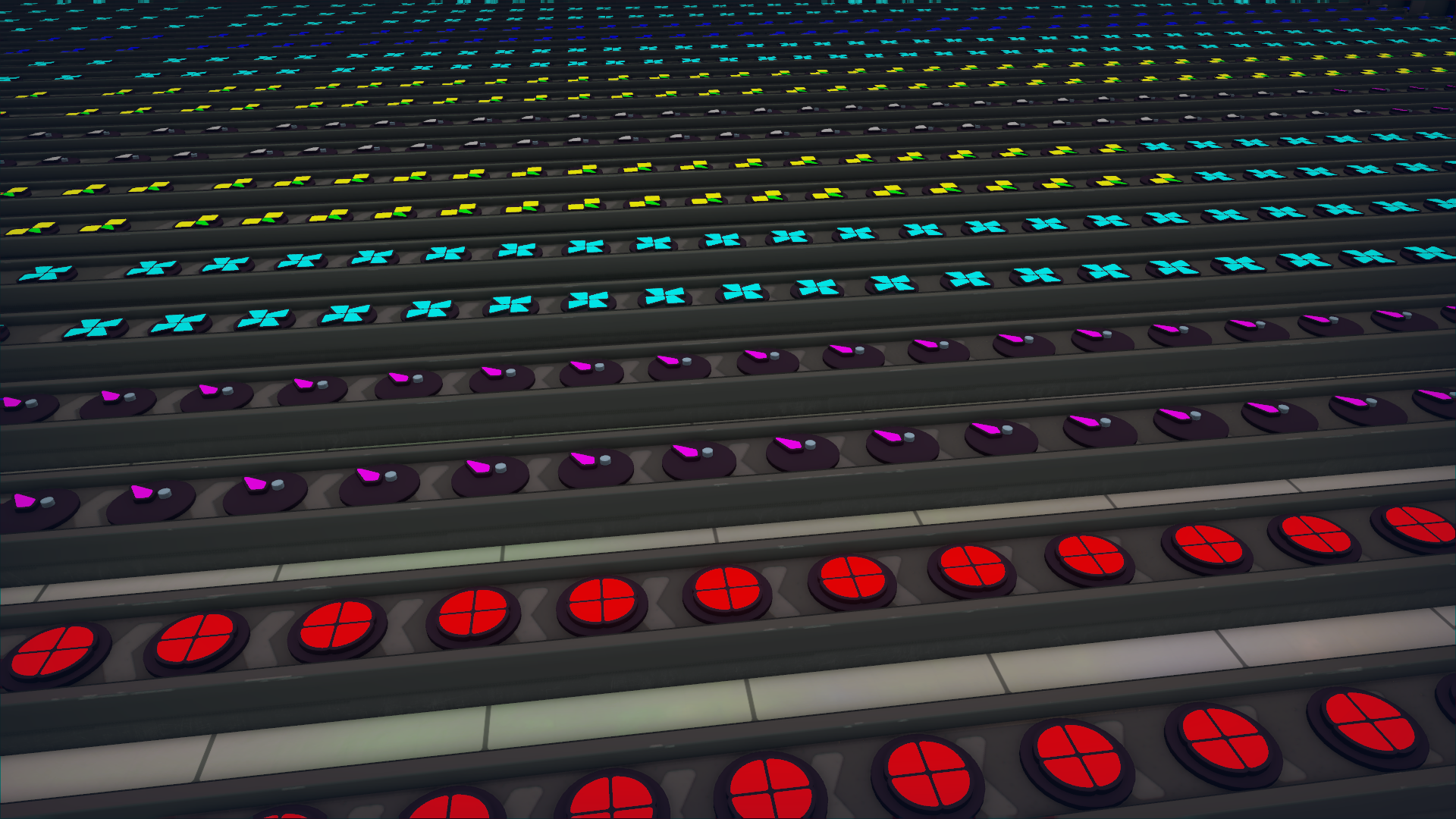
We have completely reworked the progression of the entire game. We swapped around the Halves Swapper and the Stacker, as we found that the Halves Swapper was too complicated to be unlocked that early into the game. While we were working on this change, we figured it was a good time to look at the rest of the progression. We got a ton of feedback from the community on the progression system, so we made a lot of changes to the later stages of the game especially. We hope that the newly reworked progression system will feel more natural than the previous one. Patreons can experience the new progression in Alpha 9.
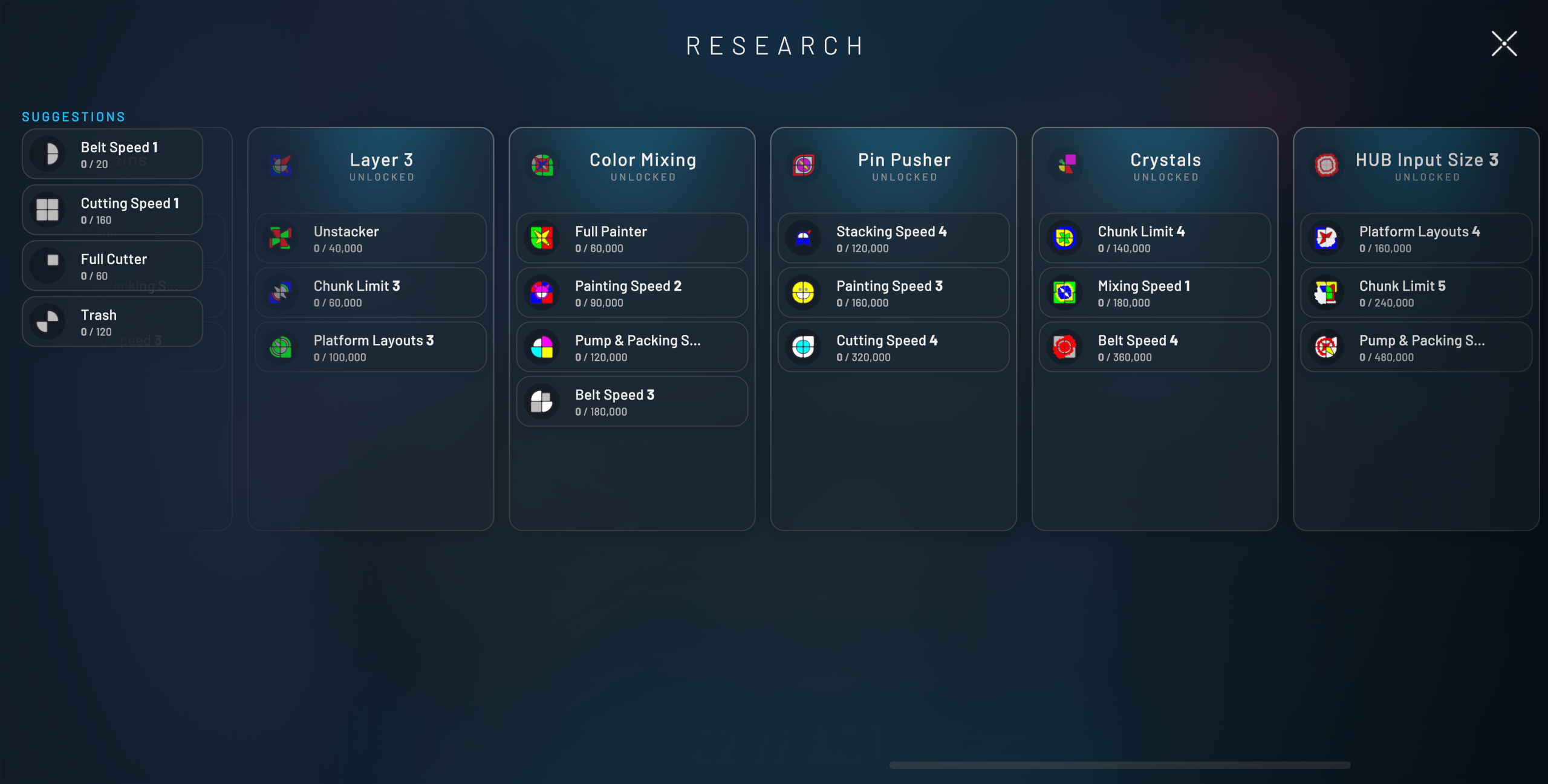
Stackers have been updated to be more of a challenge to use. The old design, with the input on one side and the output on the opposite end, had one very clear, obvious and quite boring optimal setup that everyone would use.
The new design has the output at a 90 degree angle compared to the input, either on the left or the right. This will make Stackers a bit more tricky to use, and allows for multiple different solutions to the problem.
We also made stackers faster to keep optimal designs similarly compact even with the added space for creative problem solving: now instead of needing 5 Stackers per full belt, you will only need 4!
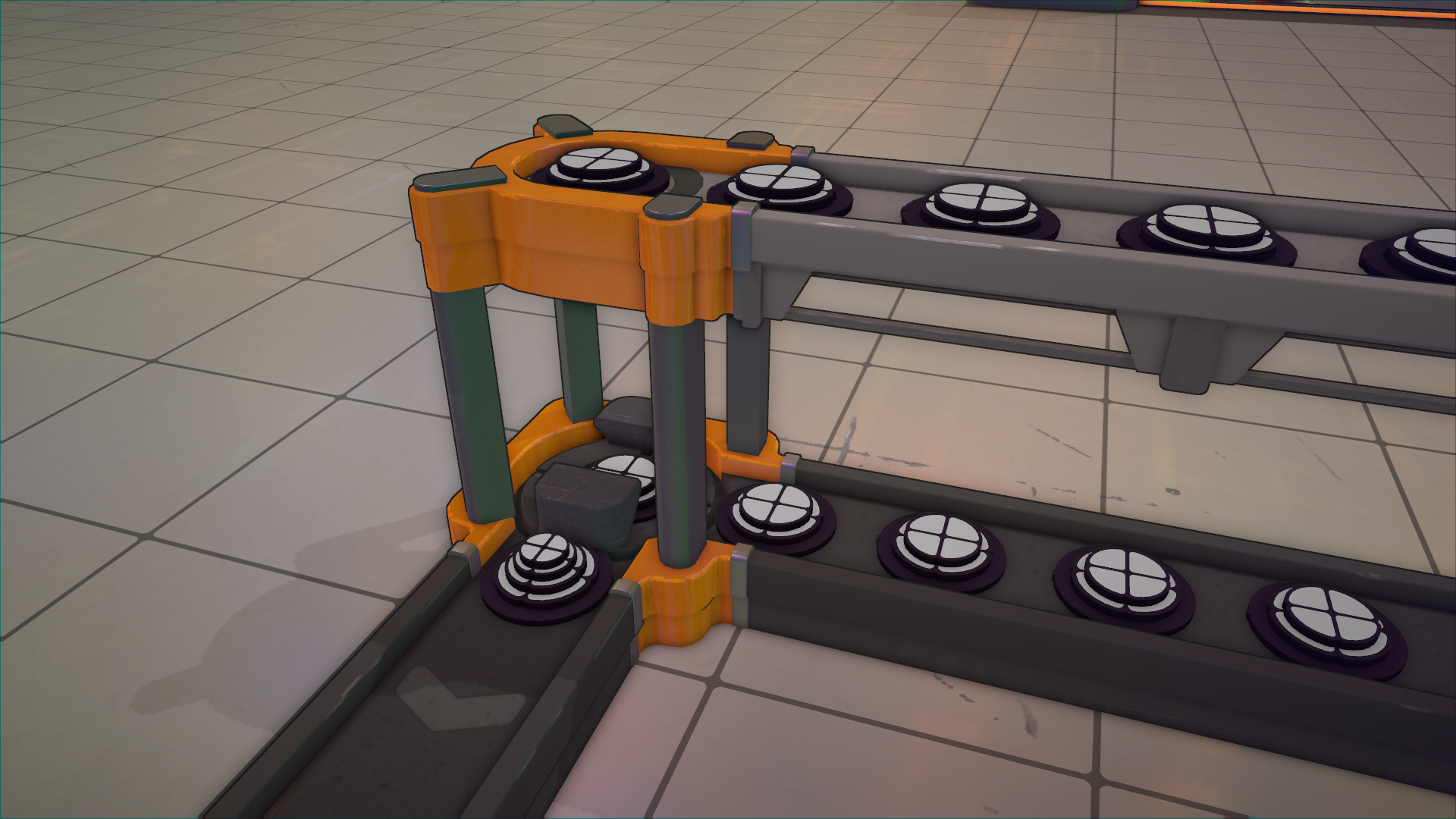
All variants of the Rotator building have updated design concepts to more clearly display their use.

Half Cutters have been renamed to Half Destroyers to more accurately reflect their functionality. Their design has had a big update, featuring a fancy laser beam of destruction.

Additionally, the Full Painter building has been updated with a new design concept.

We added what we call the ‘Skill Academy’. Essentially, these are tips that appear in the top left corner to guide new players through the early stages of the game. This is not the tutorial, but should help prevent confusion when players are new to shapez or factory building games as a whole. These can be toggled off, if desired.
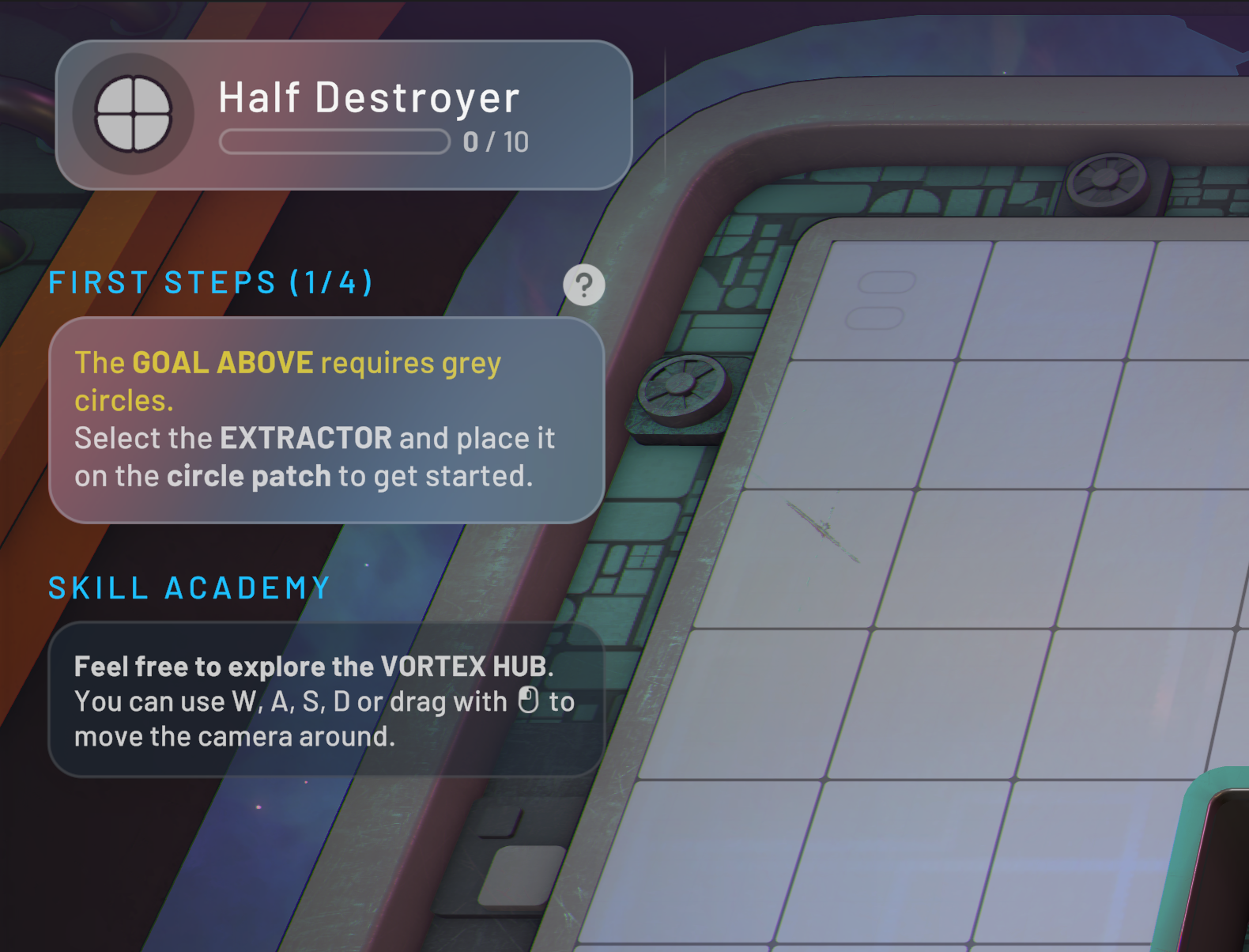
Speaking of the tutorial, you'll also spot the "First Steps" section. This is, in fact, the tutorial. It will guide you through the early sections of the game while you're playing, by giving you pointers to what things are what exactly is expected from you while playing Shapes 2.
A lot of screens got various degrees of updates. The research screen got a reworked concept, and should now more clearly show what you can unlock, when you unlock them, and how you unlock them. The progression system has also received an update, with side goals that are unlocked once reaching a specific main goal.
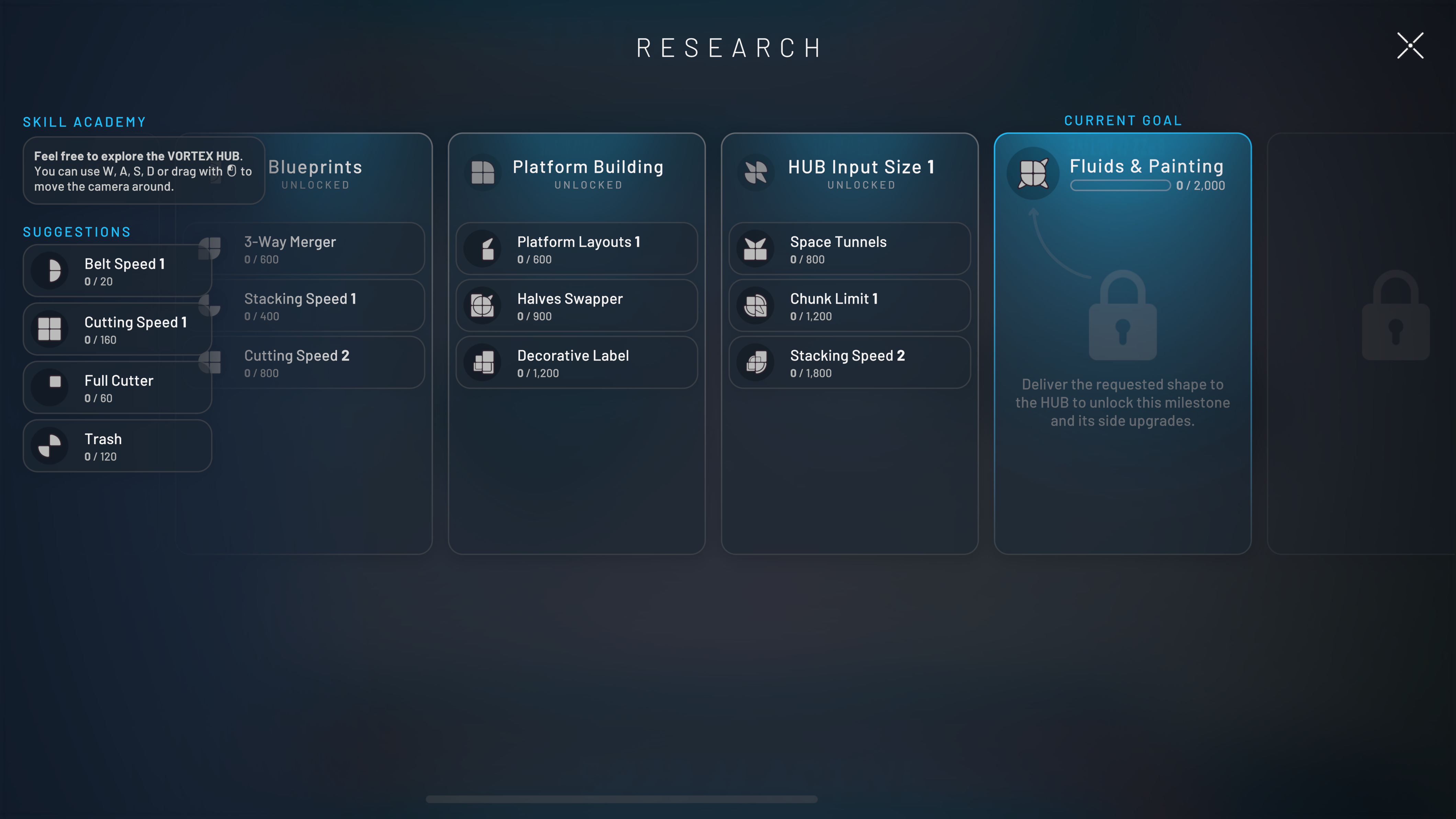
The research unlock screen got updated to display the new tools you unlocked and how they work. The current visual of the unlocked tool is a placeholder.
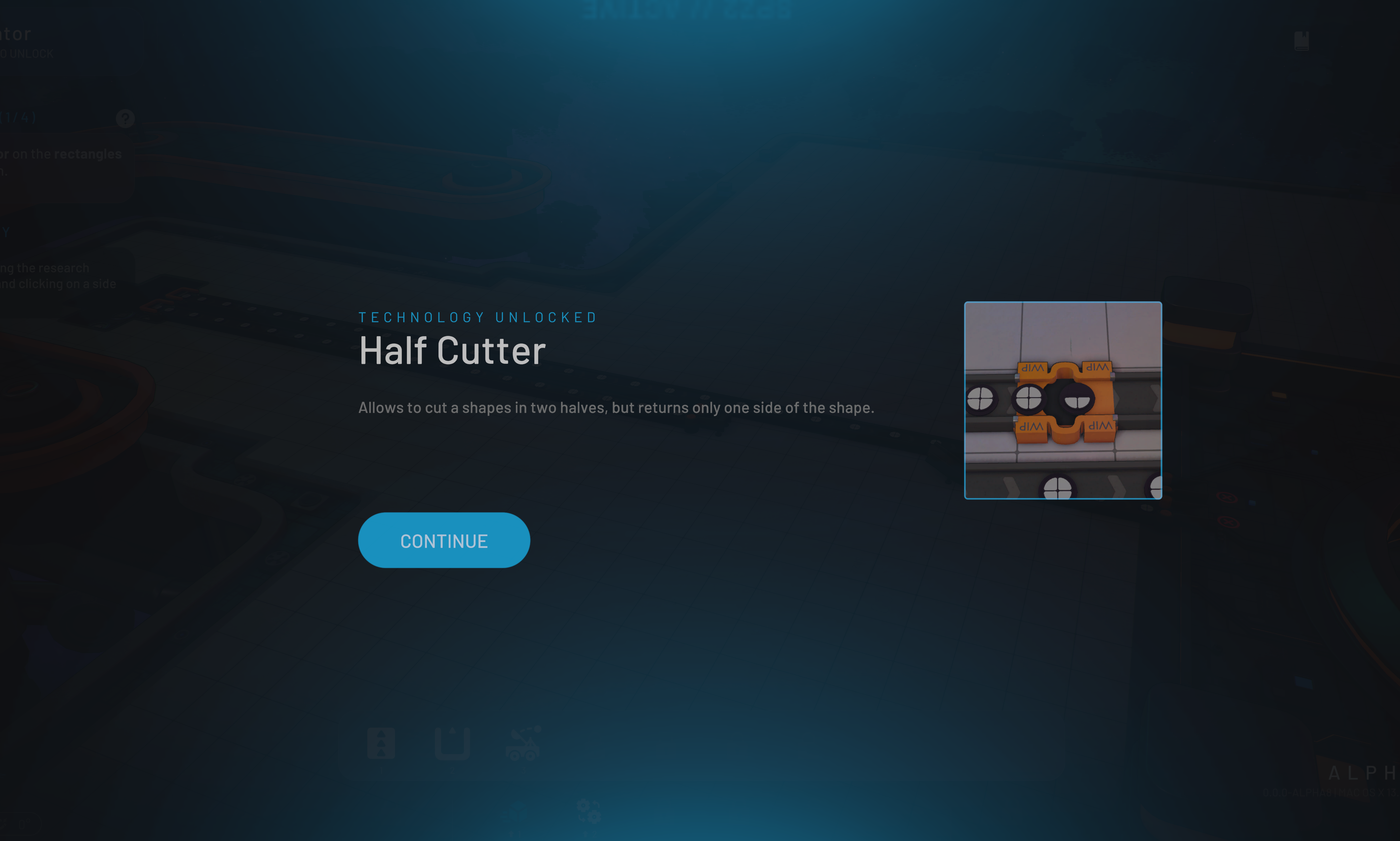
The in-game shape viewer has had an update to make the shape code editable, allowing you to view any shape you want. Hours of entertainment guaranteed!
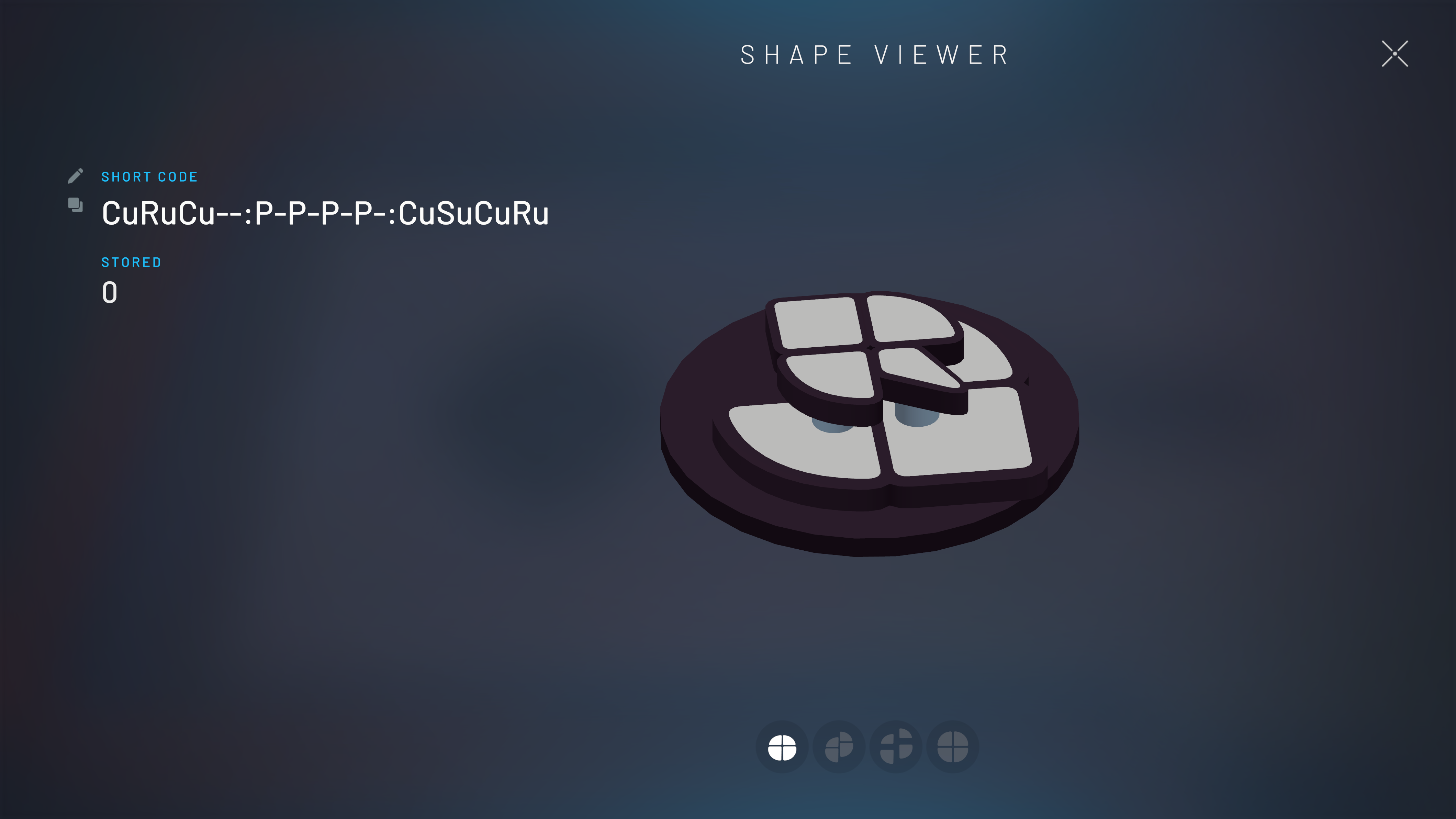
Finally, we gave the building and island toolbars a fresh lick of paint for better readability.
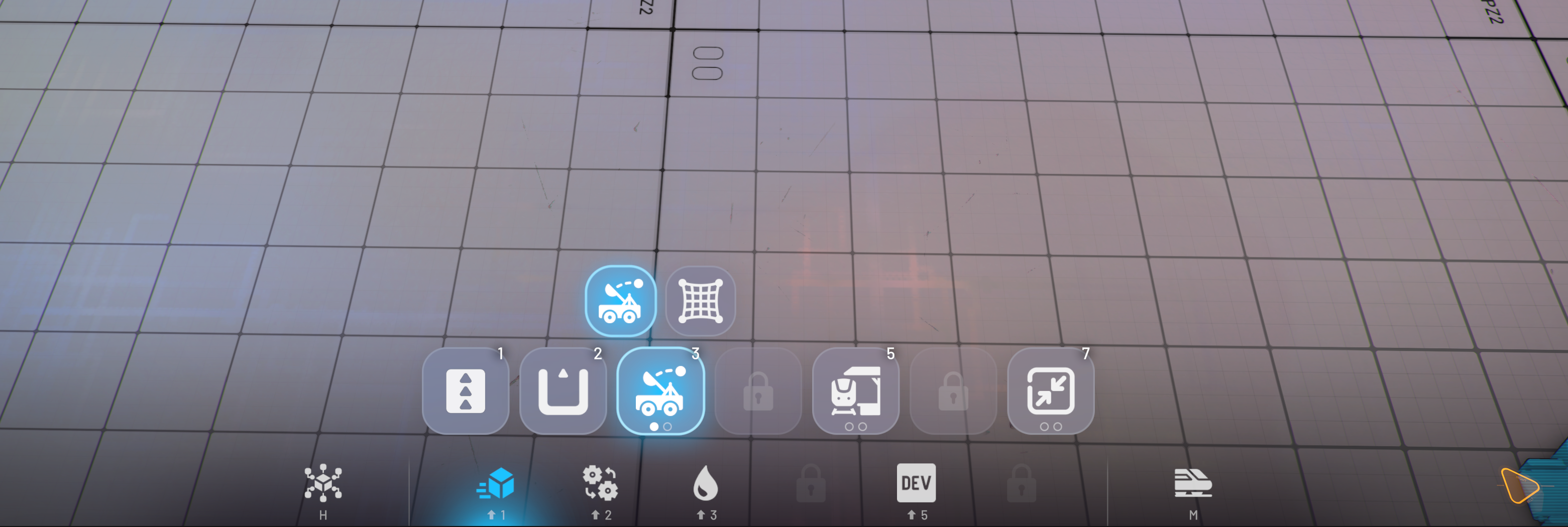
We would love your feedback on all these UI updates, so let us know what you think!
Blueprints have received a big update in two parts. Now, when selecting one or more space stations, you’ll get an overview of all buildings and connections, as well as the total cost of everything that’s placed on or connected to them. You’ll also get a more in-depth overview that breaks down the amounts for each type of building.
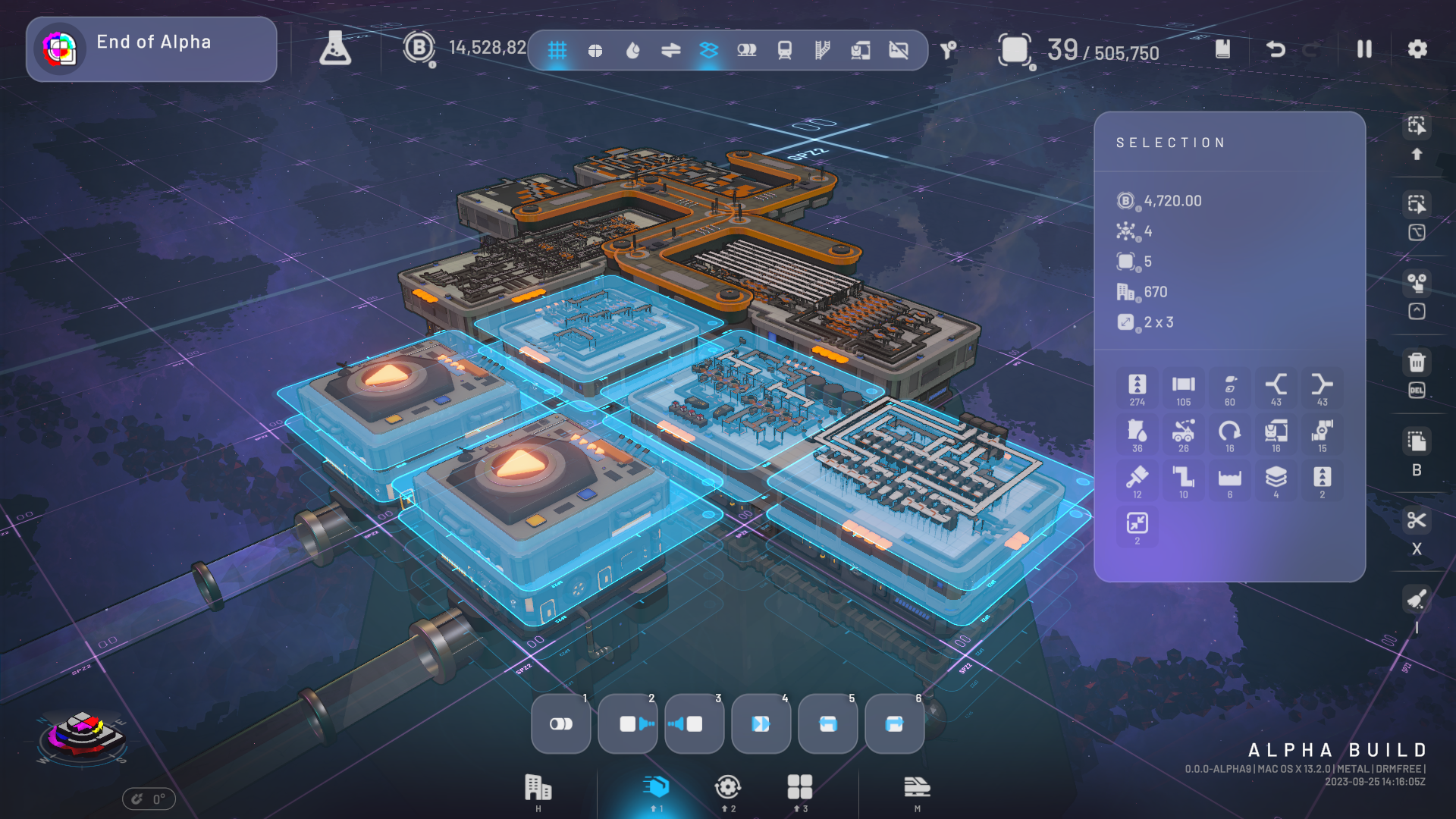
The second big update lets you copy, cut, rotate and paste your selection of space stations. This means you’ll be able to grow the factory faster than ever and increase your throughput with just a few clicks, as long as you have the resources!
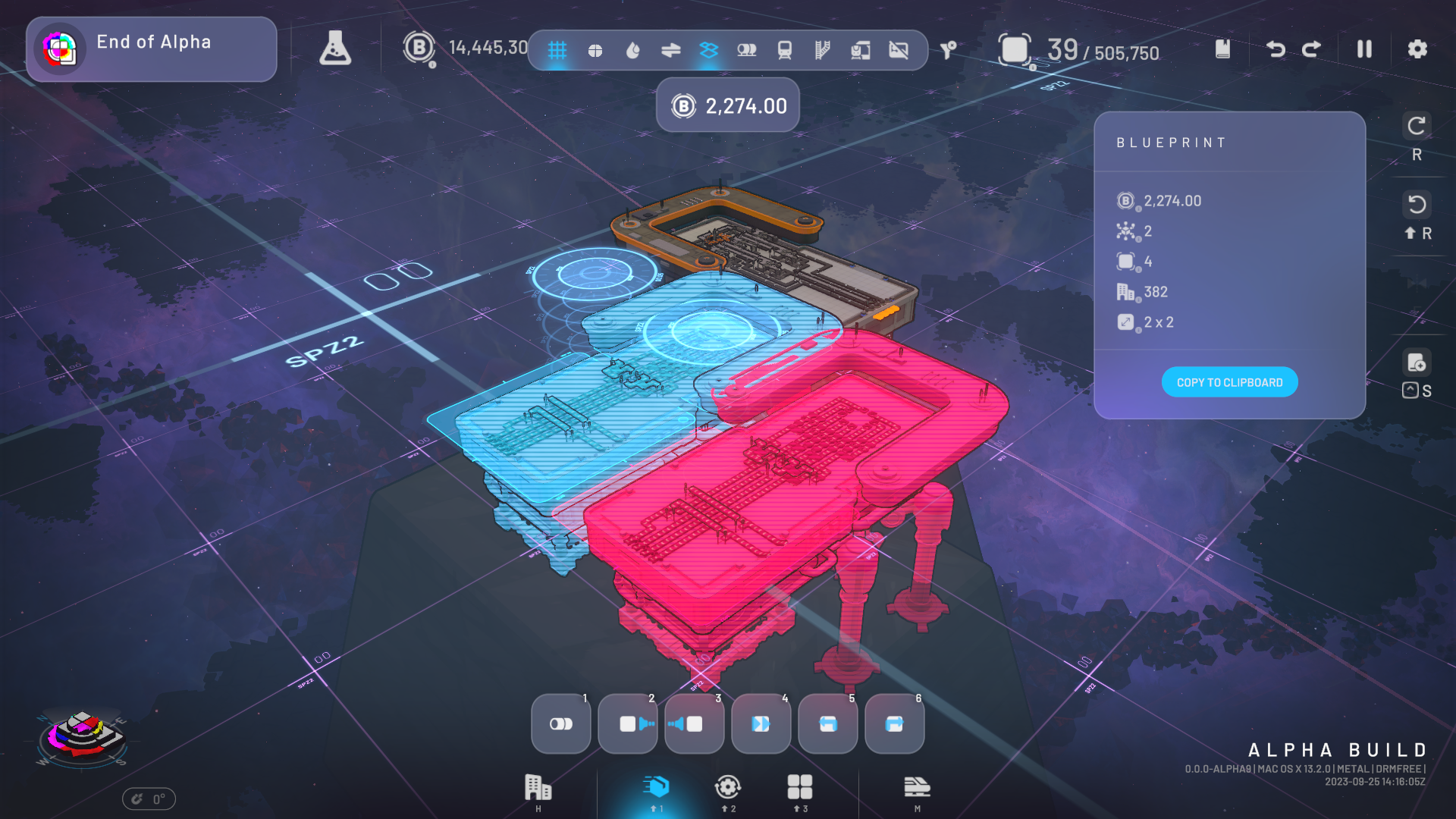
You can accumulate more blueprint resources by delivering shapes of completed research.
We made big strides when it comes to performance! Below, you can watch a showcase of what it's like playing on a Macbook M1 Pro at 4K. This save features 540.000 buildings.
Of course, the FPS isn't the greatest, but these machines aren't really made for games. You would already hit 60 FPS on modern machines. Shapez 1 would already run at 1 FPS under these circumstances.
We still have a lot more performance improvements planned, so the game will run even better when we enter Early Access. Rest assured that we work very hard to make this game playable on as many machines as possible!
The procedural map generation has been improved. You should now come across more interesting shapes to work with. The nodes remain placeholders for now.
The Overview Mode view for these resource nodes has also had a visual update!
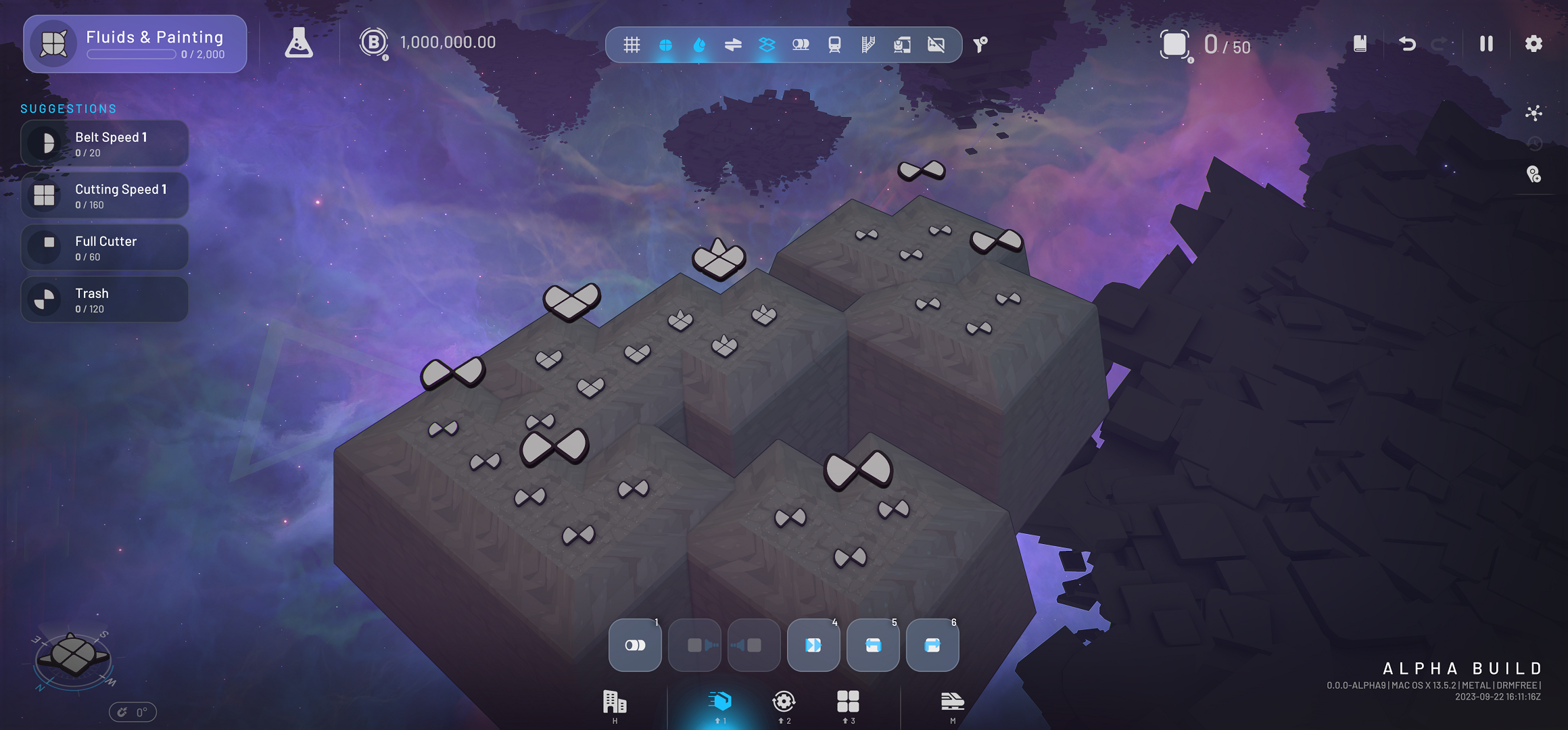
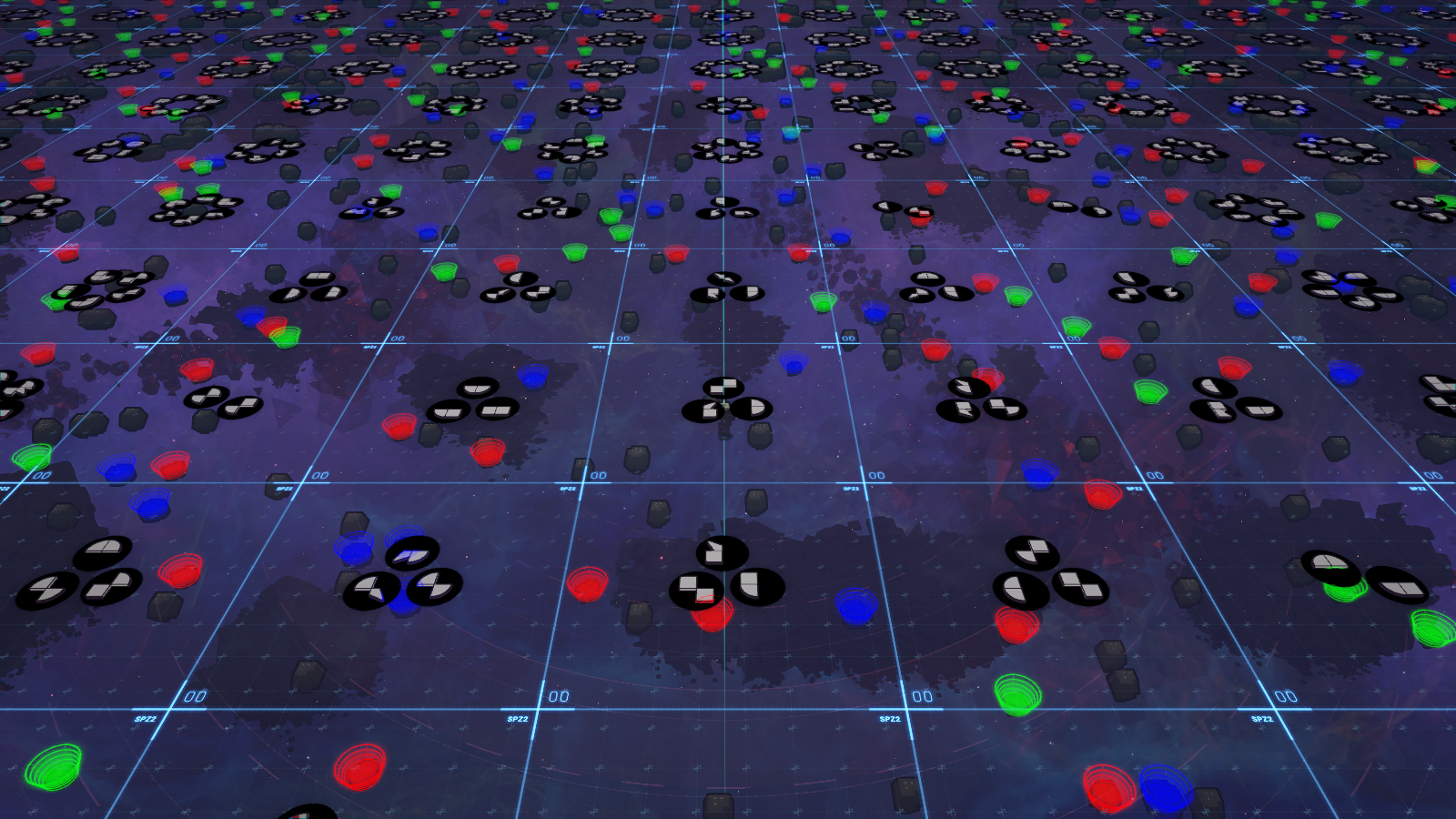
Tunnels can now be set to automatically place tunnels connection your space station.

We added a new concept design for the 1x1 Shape Miner platform. Just look at this little guy go!
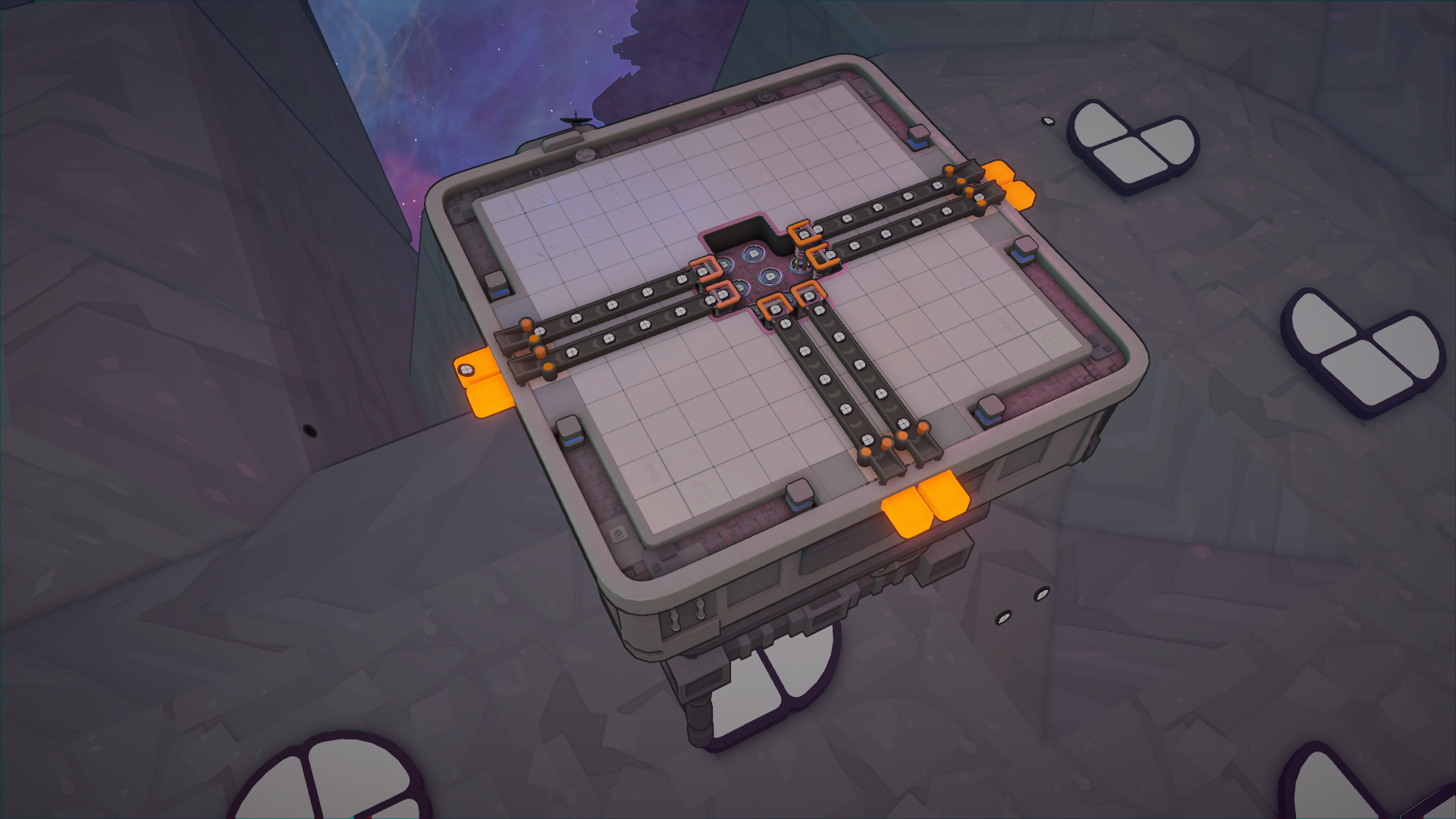
We continue our work on trains and will soon be ready to do a deep dive into how exactly they will work and what you can do with them.
Additional mouse and keyboard settings have been added to the settings menu, allowing you to set your horizontal and vertical mouse sensitivity, as well as the keyboard camera movement speed. It goes up quite a lot, in case time is of the essence.
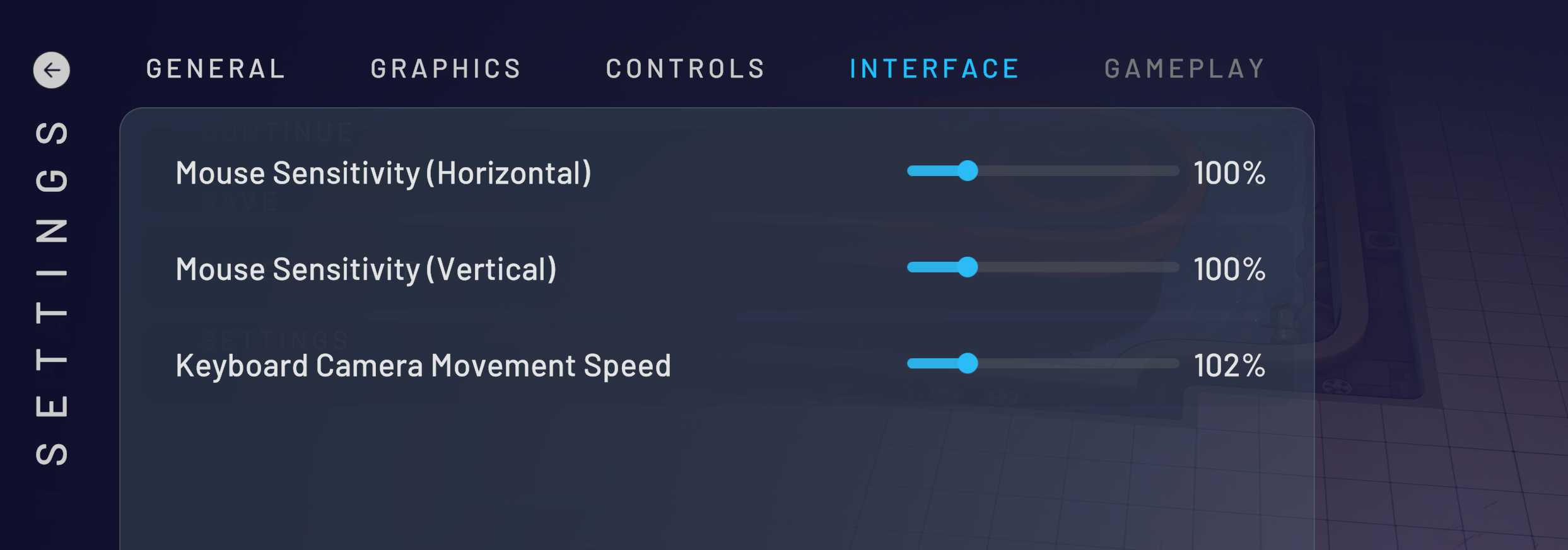
That’s everything for this blog. Let us know if you like what you’re seeing! The next blog will go more in-depth again, so on the lookout for that one dropping in two weeks.
Again, please consider wishlisting the game if you haven’t yet!
https://store.steampowered.com/app/2162800/shapez_2/
We hope you enjoyed devlog 010, and we’ll see you again soon!
~Tobias & the shapez 2 team
Twitter / X YouTube TikTok Discord Reddit Patreon
It’s time for another progression blog. These past two weeks were all about visual improvements to the shapes, building and various menus & UI!
As per usual, make sure you wishlist shapez 2 here on Steam to support the development of the game! Following the game will also make sure you stay up to date with the latest news. Thanks!
https://store.steampowered.com/app/2162800/shapez_2/
News
Alpha 9
Since Devlog 008, we have released two new Alphas! Patreon Supporters gained access to Alpha 9 last week, with all-new progression, research UI, new visuals, massive performance improvements and much more! If you’d like to get your hands on the latest Alpha version, consider supporting us on Patreon.
Devlog 010
So, what have we been working on the past month? Let’s talk you through the highlights.
Visual update to shape designs
We made a couple of changes to the general look of all shapes in the game. The sides of shapes are now solid black and the height of every layer has been lowered. This will make shapes with many layers a lot less tall and clunky than before.
Be sure to let us know what you think about these changes!

Progression Rework
We have completely reworked the progression of the entire game. We swapped around the Halves Swapper and the Stacker, as we found that the Halves Swapper was too complicated to be unlocked that early into the game. While we were working on this change, we figured it was a good time to look at the rest of the progression. We got a ton of feedback from the community on the progression system, so we made a lot of changes to the later stages of the game especially. We hope that the newly reworked progression system will feel more natural than the previous one. Patreons can experience the new progression in Alpha 9.

Building design updates
Stackers have been updated to be more of a challenge to use. The old design, with the input on one side and the output on the opposite end, had one very clear, obvious and quite boring optimal setup that everyone would use.
The new design has the output at a 90 degree angle compared to the input, either on the left or the right. This will make Stackers a bit more tricky to use, and allows for multiple different solutions to the problem.
We also made stackers faster to keep optimal designs similarly compact even with the added space for creative problem solving: now instead of needing 5 Stackers per full belt, you will only need 4!

All variants of the Rotator building have updated design concepts to more clearly display their use.

Half Cutters have been renamed to Half Destroyers to more accurately reflect their functionality. Their design has had a big update, featuring a fancy laser beam of destruction.

Additionally, the Full Painter building has been updated with a new design concept.

Skill Academy
We added what we call the ‘Skill Academy’. Essentially, these are tips that appear in the top left corner to guide new players through the early stages of the game. This is not the tutorial, but should help prevent confusion when players are new to shapez or factory building games as a whole. These can be toggled off, if desired.

Speaking of the tutorial, you'll also spot the "First Steps" section. This is, in fact, the tutorial. It will guide you through the early sections of the game while you're playing, by giving you pointers to what things are what exactly is expected from you while playing Shapes 2.
UI updates
A lot of screens got various degrees of updates. The research screen got a reworked concept, and should now more clearly show what you can unlock, when you unlock them, and how you unlock them. The progression system has also received an update, with side goals that are unlocked once reaching a specific main goal.

The research unlock screen got updated to display the new tools you unlocked and how they work. The current visual of the unlocked tool is a placeholder.

The in-game shape viewer has had an update to make the shape code editable, allowing you to view any shape you want. Hours of entertainment guaranteed!

Finally, we gave the building and island toolbars a fresh lick of paint for better readability.

We would love your feedback on all these UI updates, so let us know what you think!
Blueprinting
Blueprints have received a big update in two parts. Now, when selecting one or more space stations, you’ll get an overview of all buildings and connections, as well as the total cost of everything that’s placed on or connected to them. You’ll also get a more in-depth overview that breaks down the amounts for each type of building.

The second big update lets you copy, cut, rotate and paste your selection of space stations. This means you’ll be able to grow the factory faster than ever and increase your throughput with just a few clicks, as long as you have the resources!

You can accumulate more blueprint resources by delivering shapes of completed research.
Performance Improvements
We made big strides when it comes to performance! Below, you can watch a showcase of what it's like playing on a Macbook M1 Pro at 4K. This save features 540.000 buildings.
Of course, the FPS isn't the greatest, but these machines aren't really made for games. You would already hit 60 FPS on modern machines. Shapez 1 would already run at 1 FPS under these circumstances.
We still have a lot more performance improvements planned, so the game will run even better when we enter Early Access. Rest assured that we work very hard to make this game playable on as many machines as possible!
Various other changes
The procedural map generation has been improved. You should now come across more interesting shapes to work with. The nodes remain placeholders for now.
The Overview Mode view for these resource nodes has also had a visual update!


Tunnels can now be set to automatically place tunnels connection your space station.

We added a new concept design for the 1x1 Shape Miner platform. Just look at this little guy go!

We continue our work on trains and will soon be ready to do a deep dive into how exactly they will work and what you can do with them.
Additional mouse and keyboard settings have been added to the settings menu, allowing you to set your horizontal and vertical mouse sensitivity, as well as the keyboard camera movement speed. It goes up quite a lot, in case time is of the essence.

That’s everything for this blog. Let us know if you like what you’re seeing! The next blog will go more in-depth again, so on the lookout for that one dropping in two weeks.
Again, please consider wishlisting the game if you haven’t yet!
https://store.steampowered.com/app/2162800/shapez_2/
We hope you enjoyed devlog 010, and we’ll see you again soon!
~Tobias & the shapez 2 team
Join the community:
Twitter / X YouTube TikTok Discord Reddit Patreon





